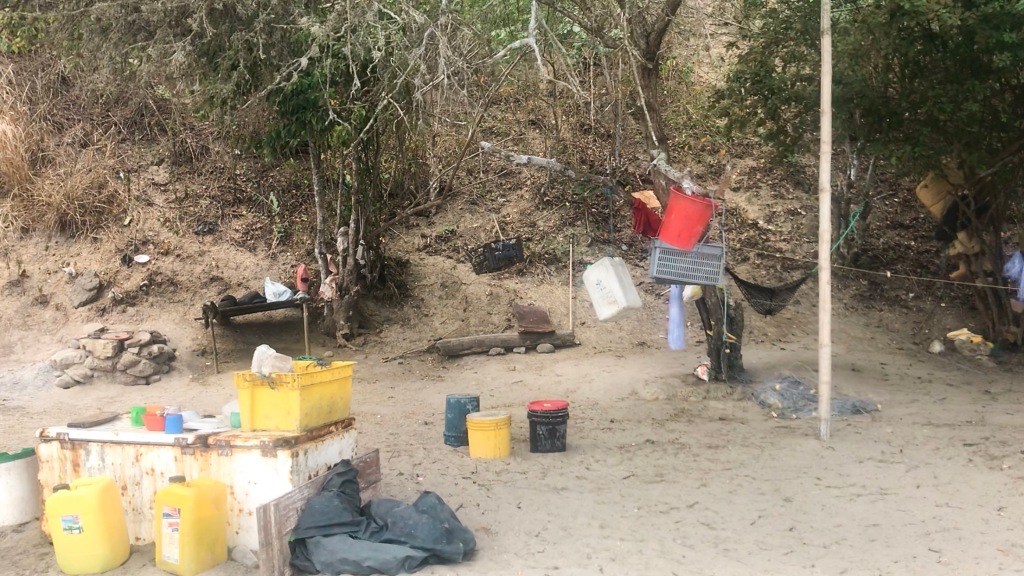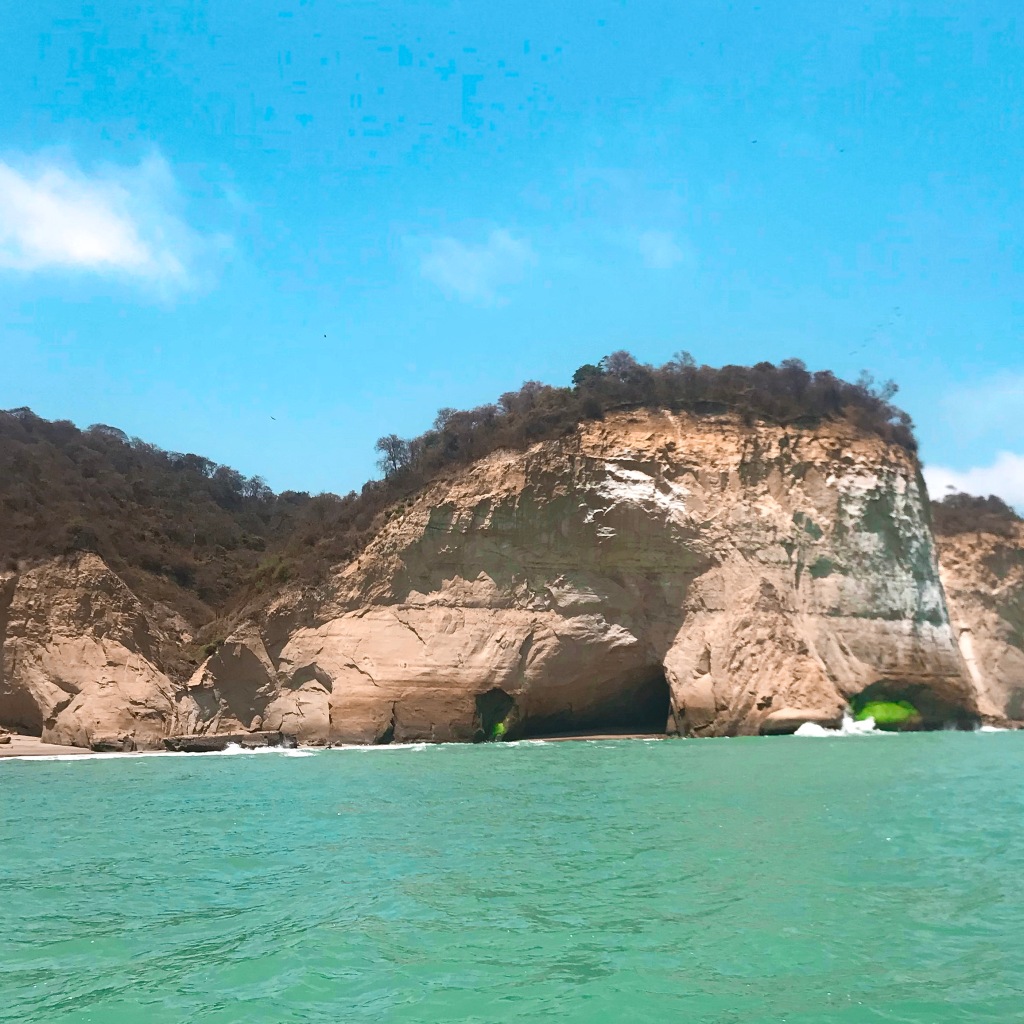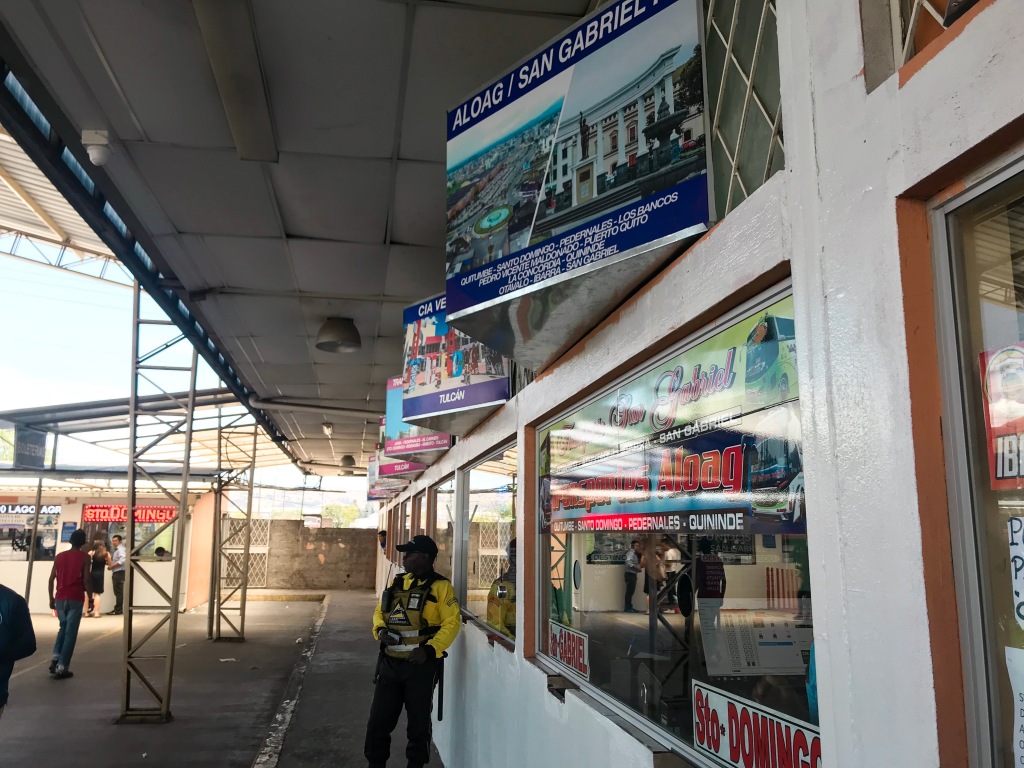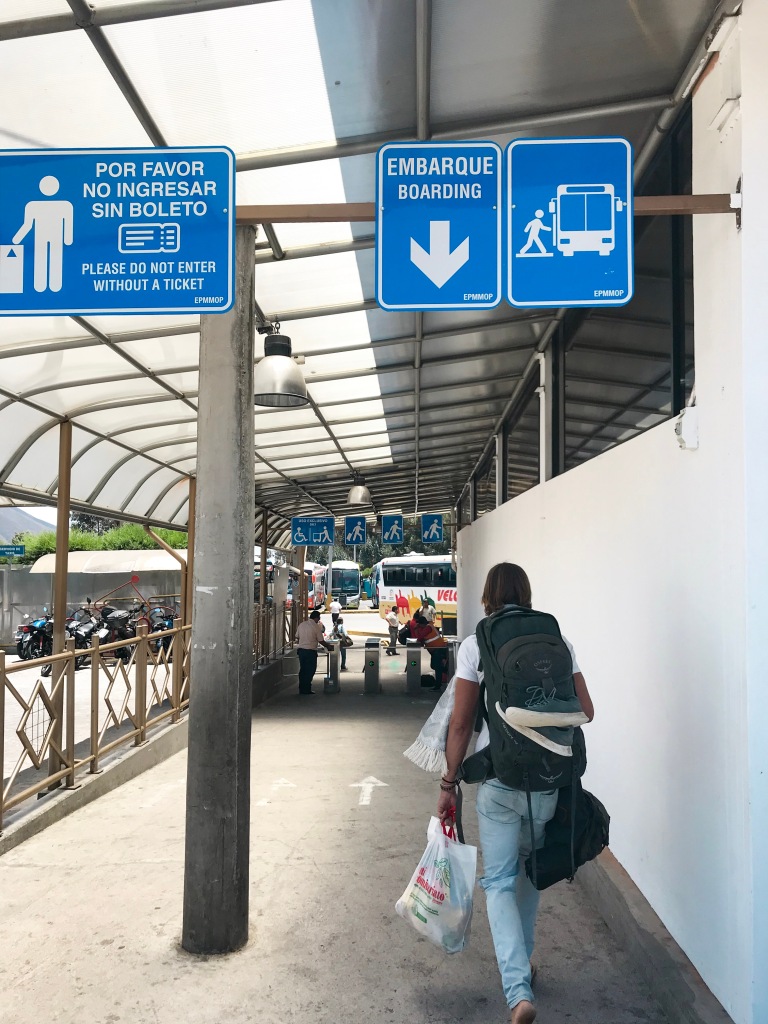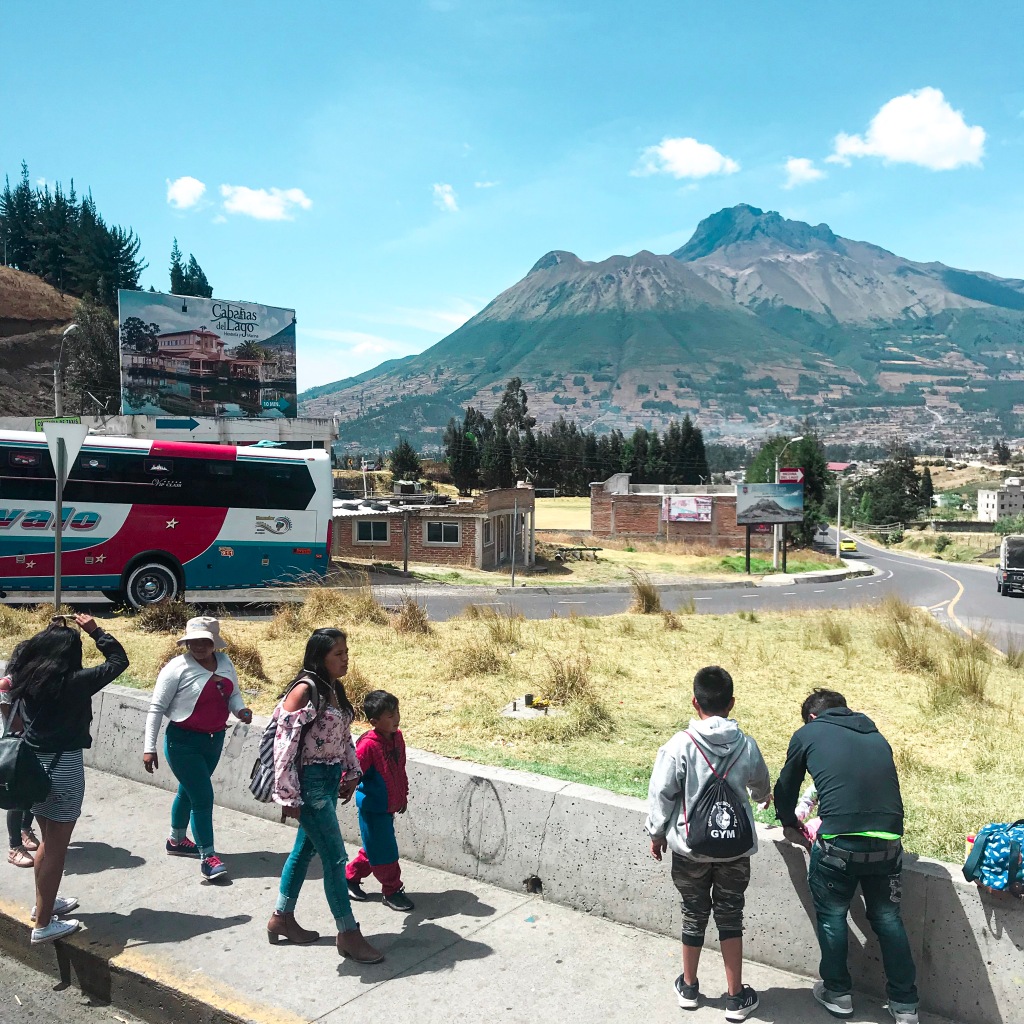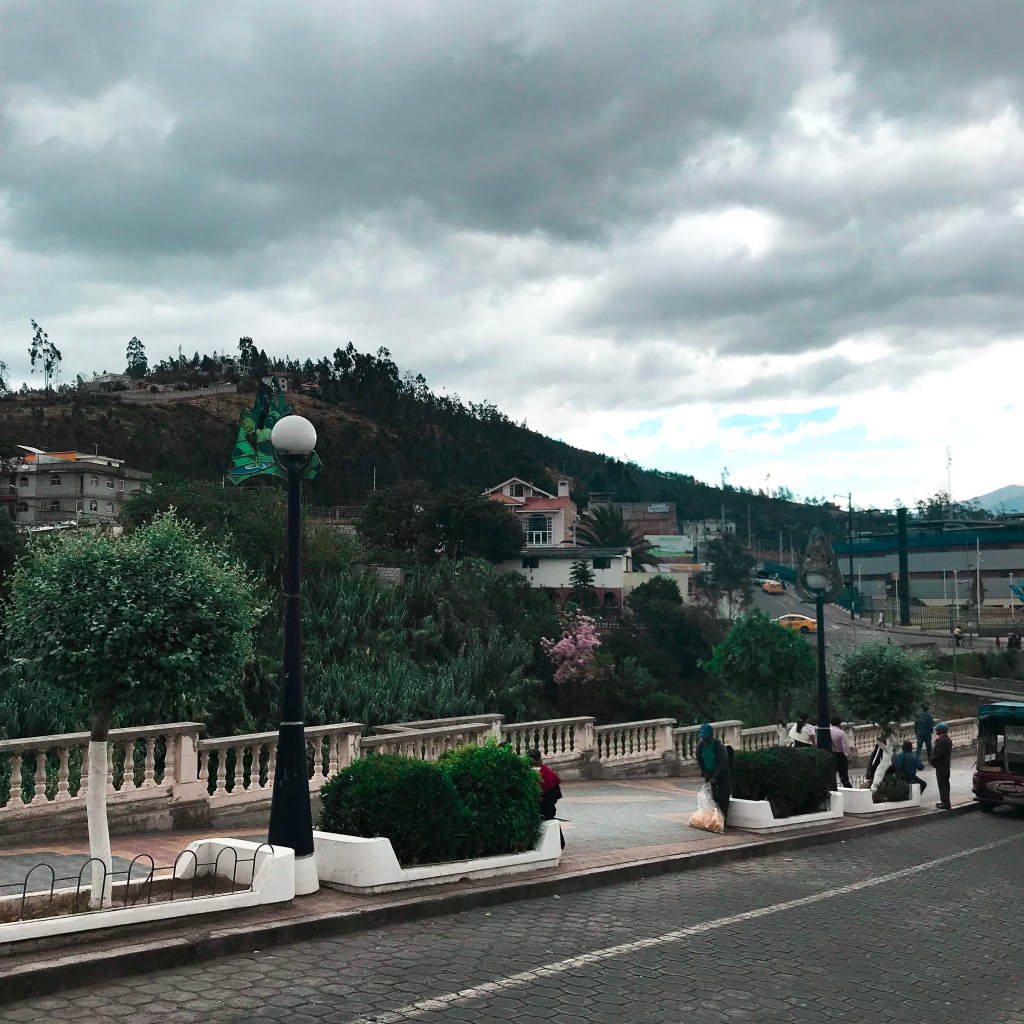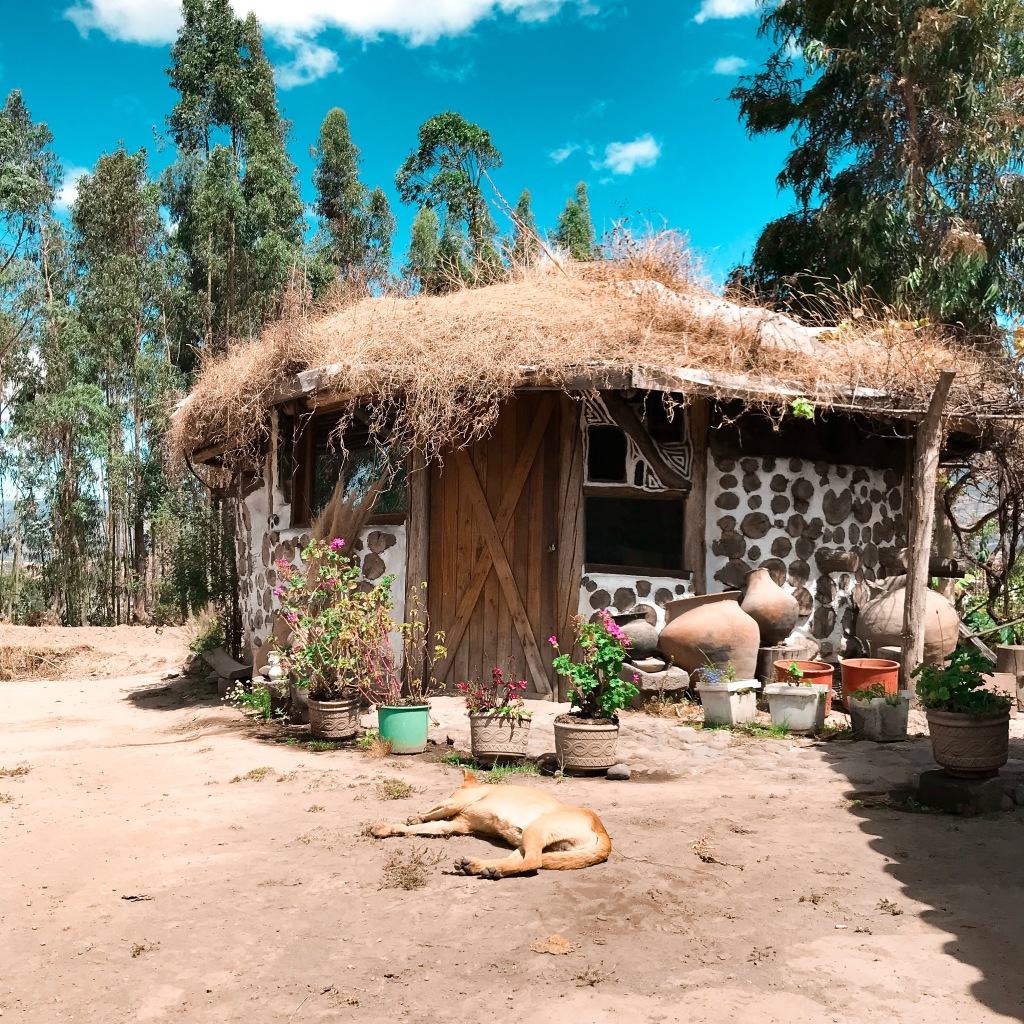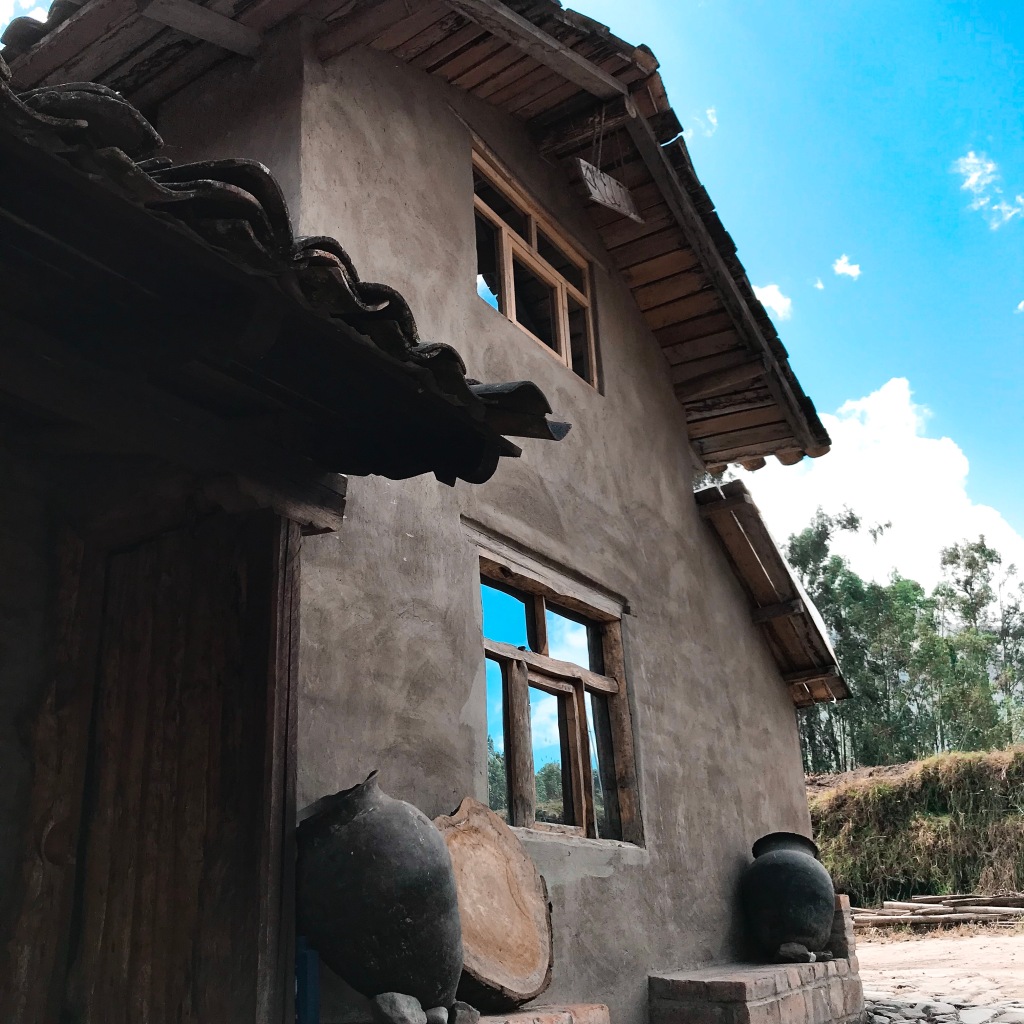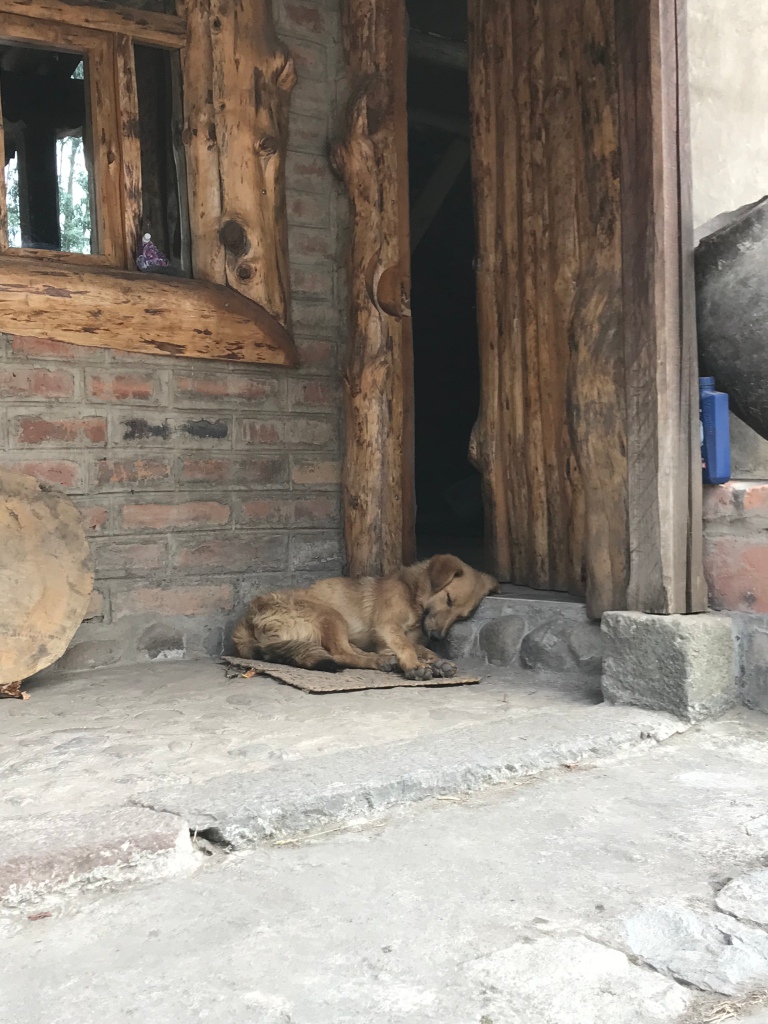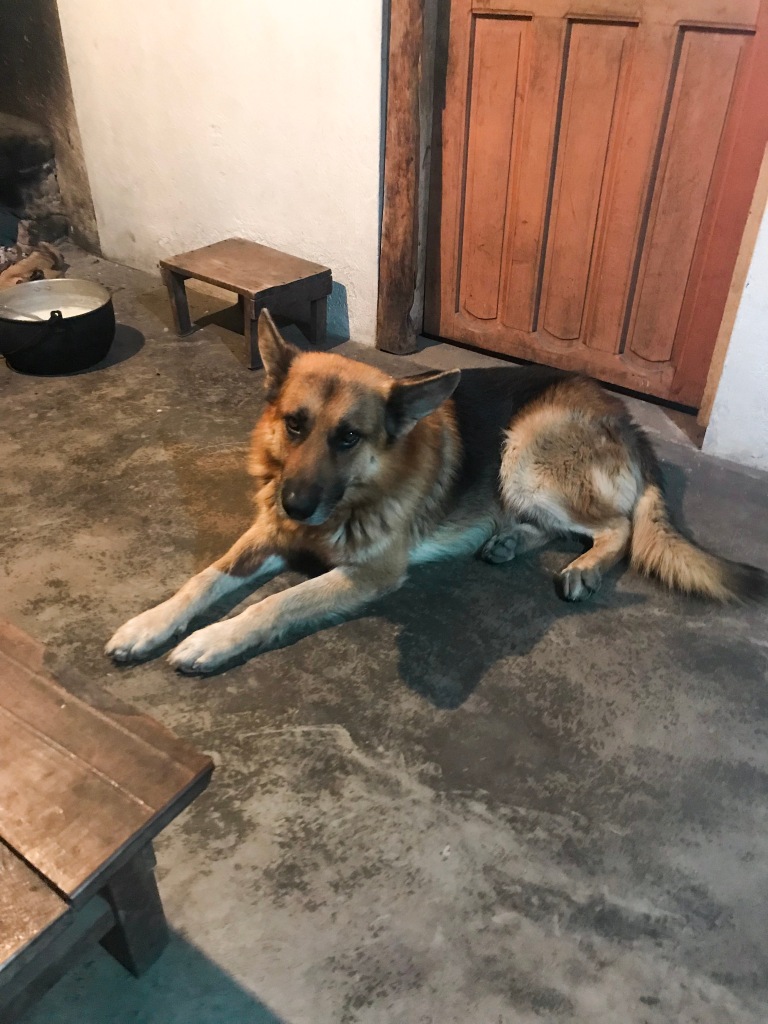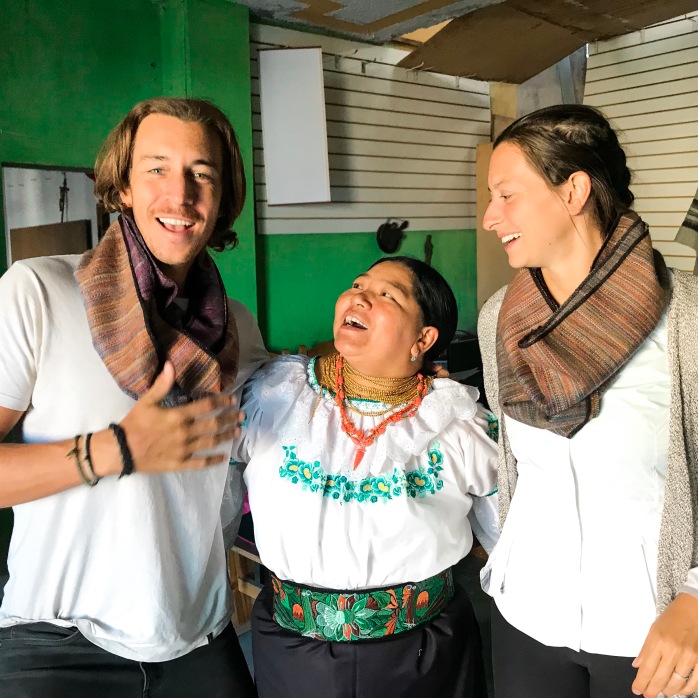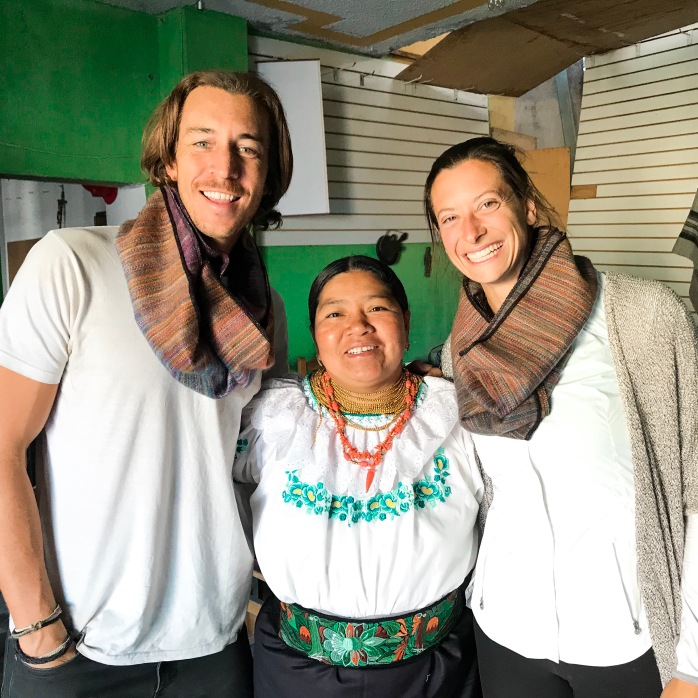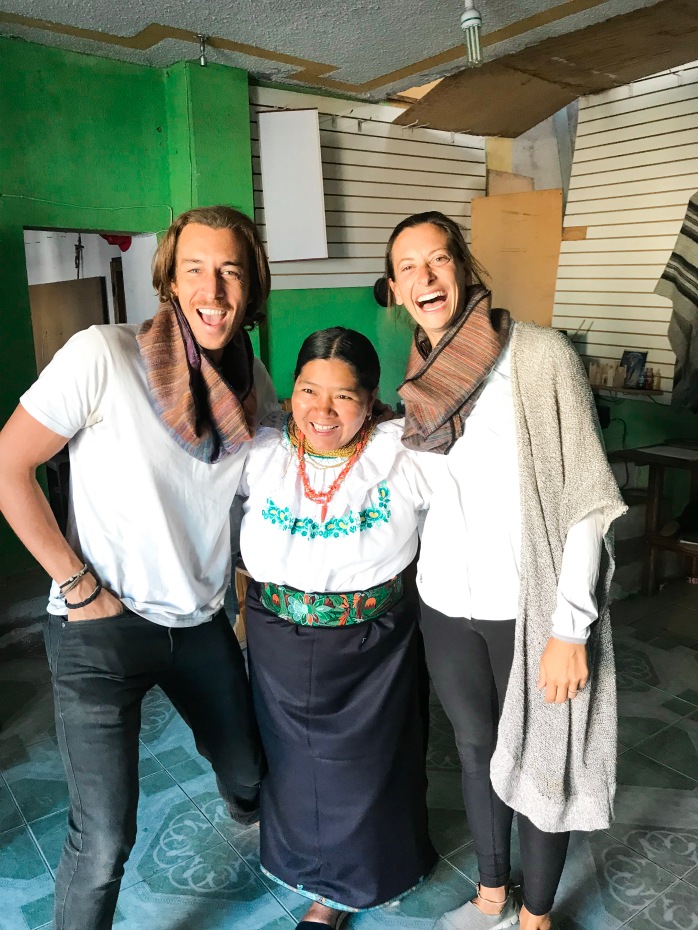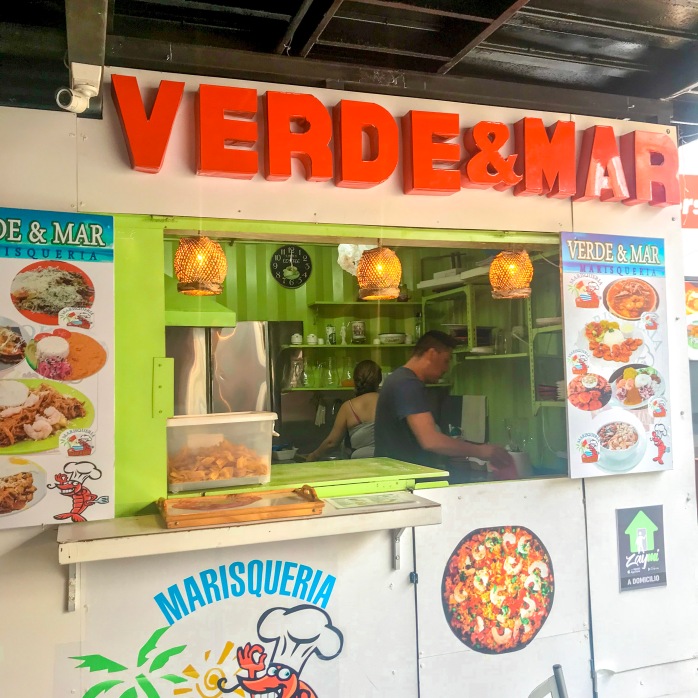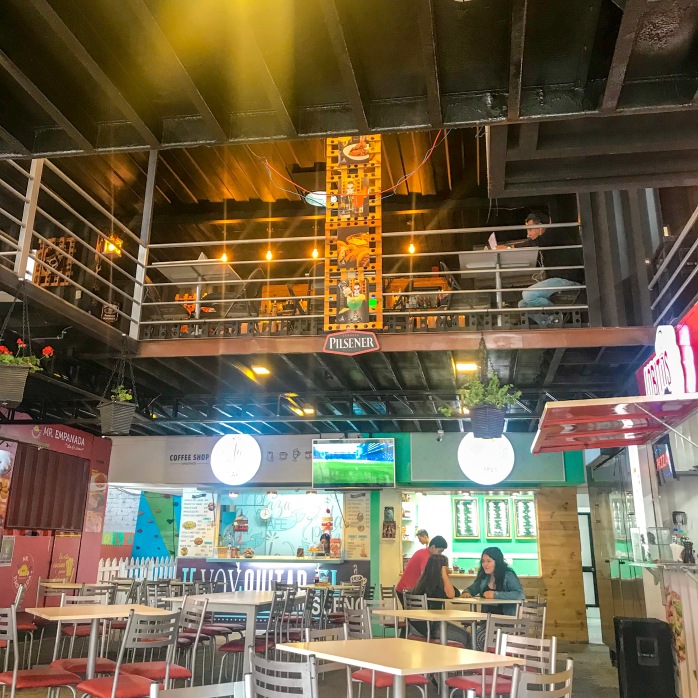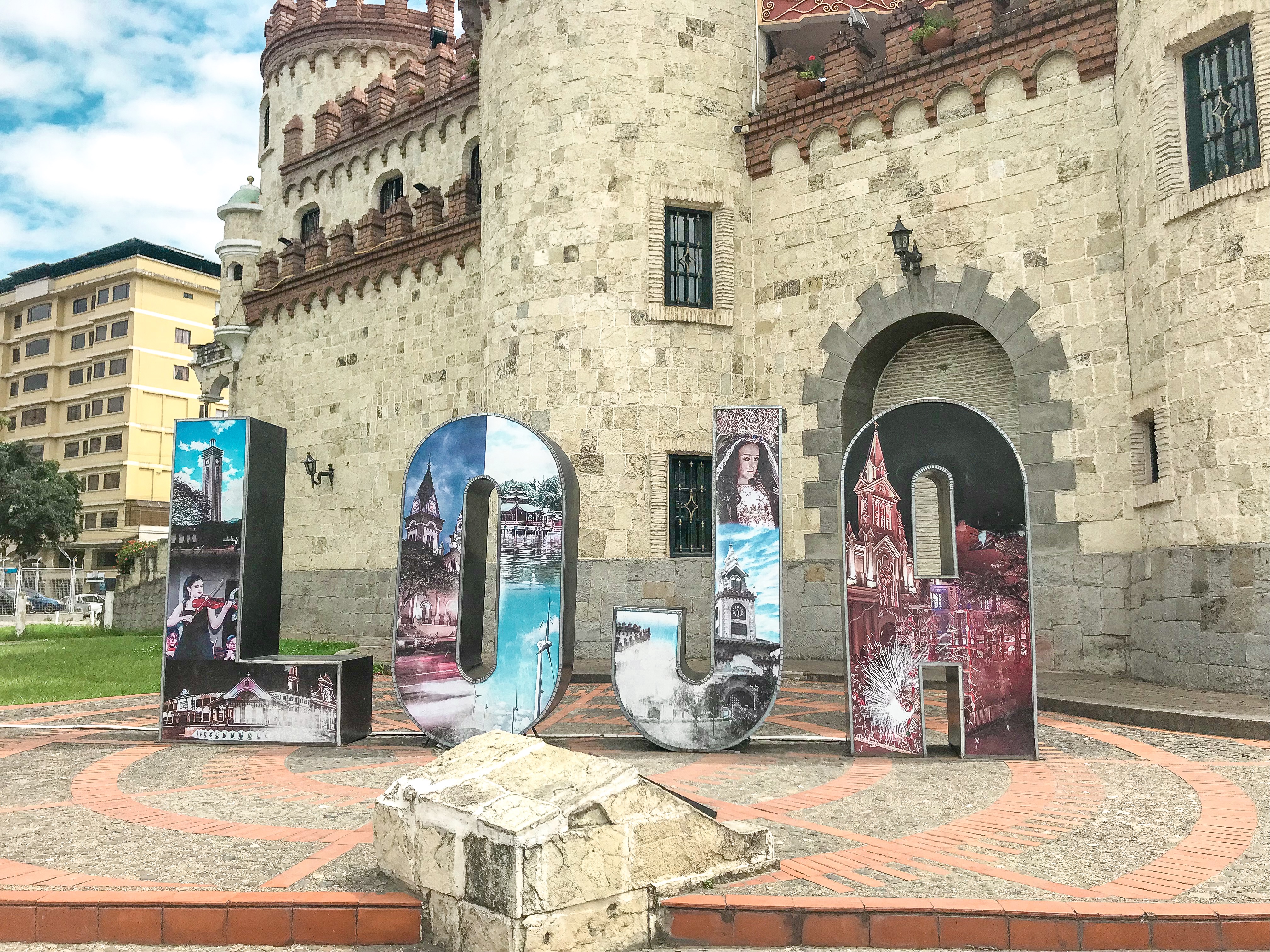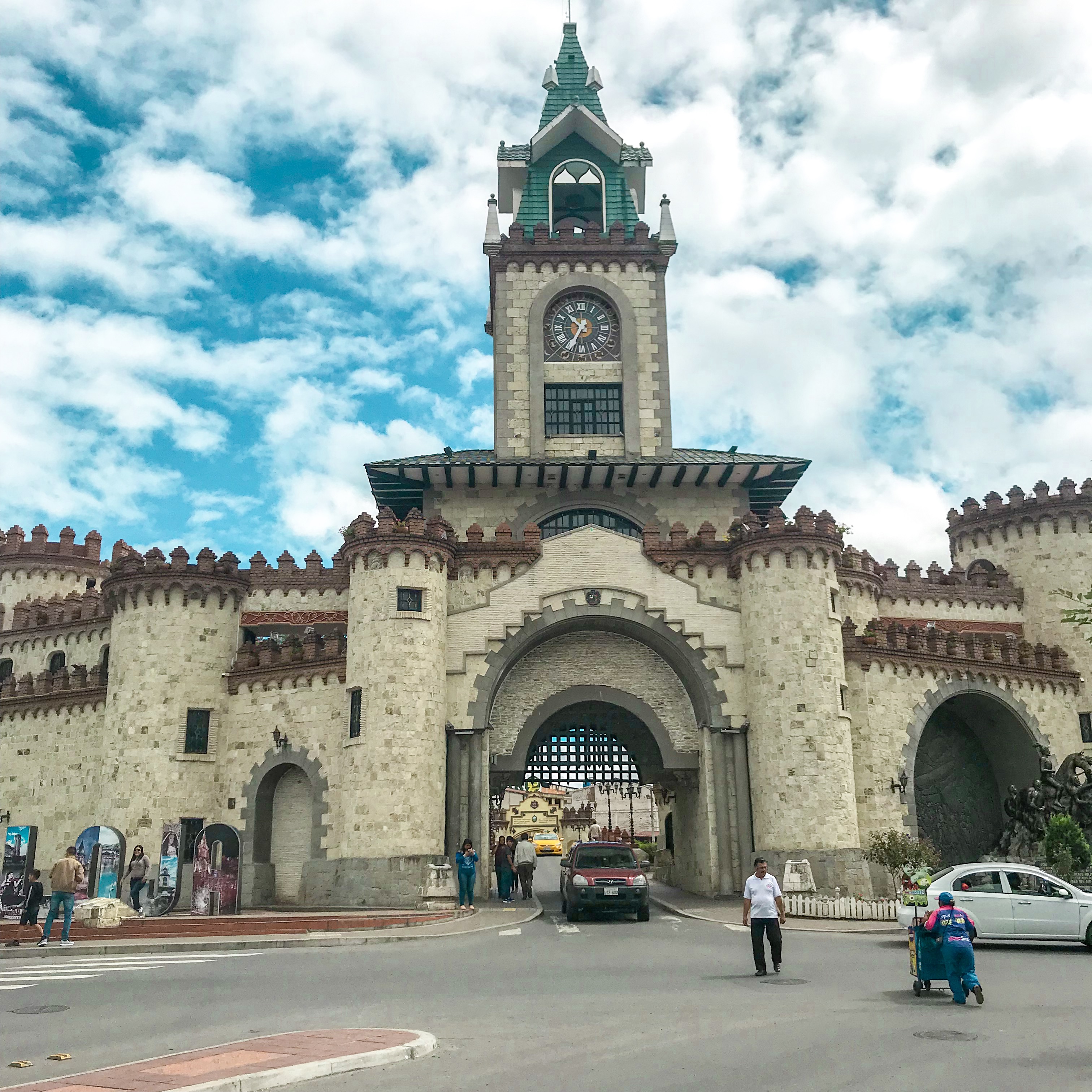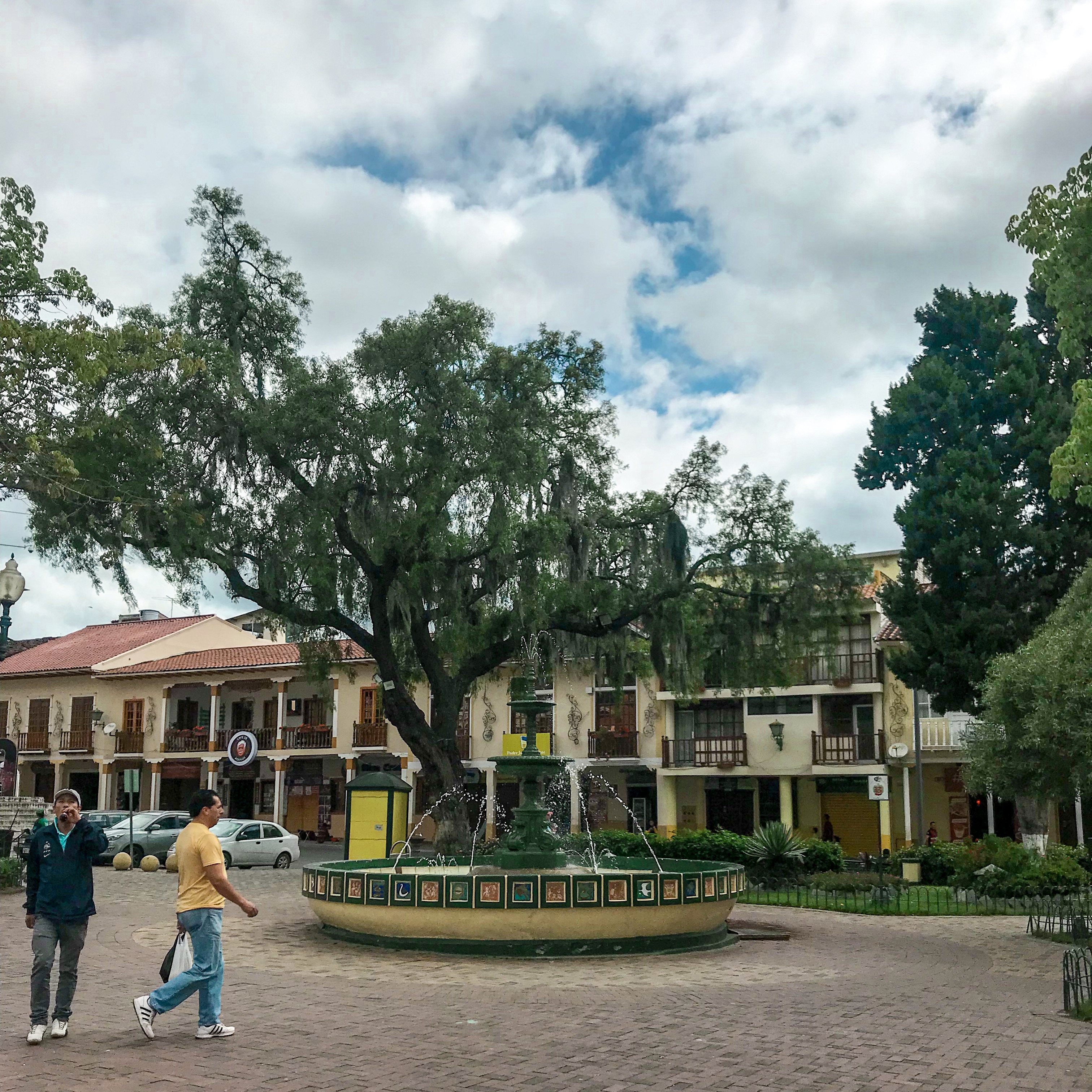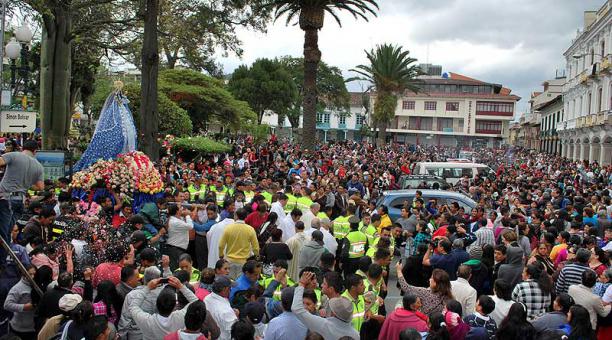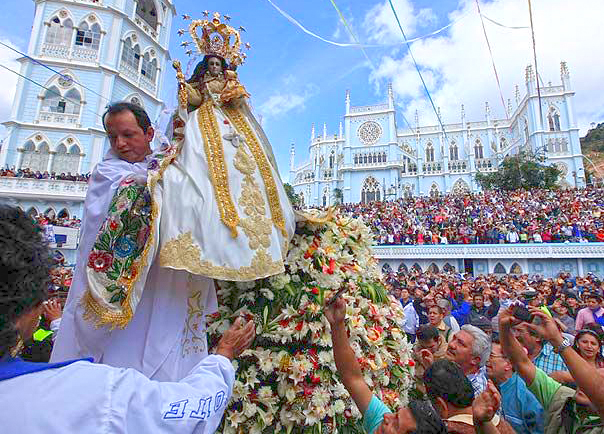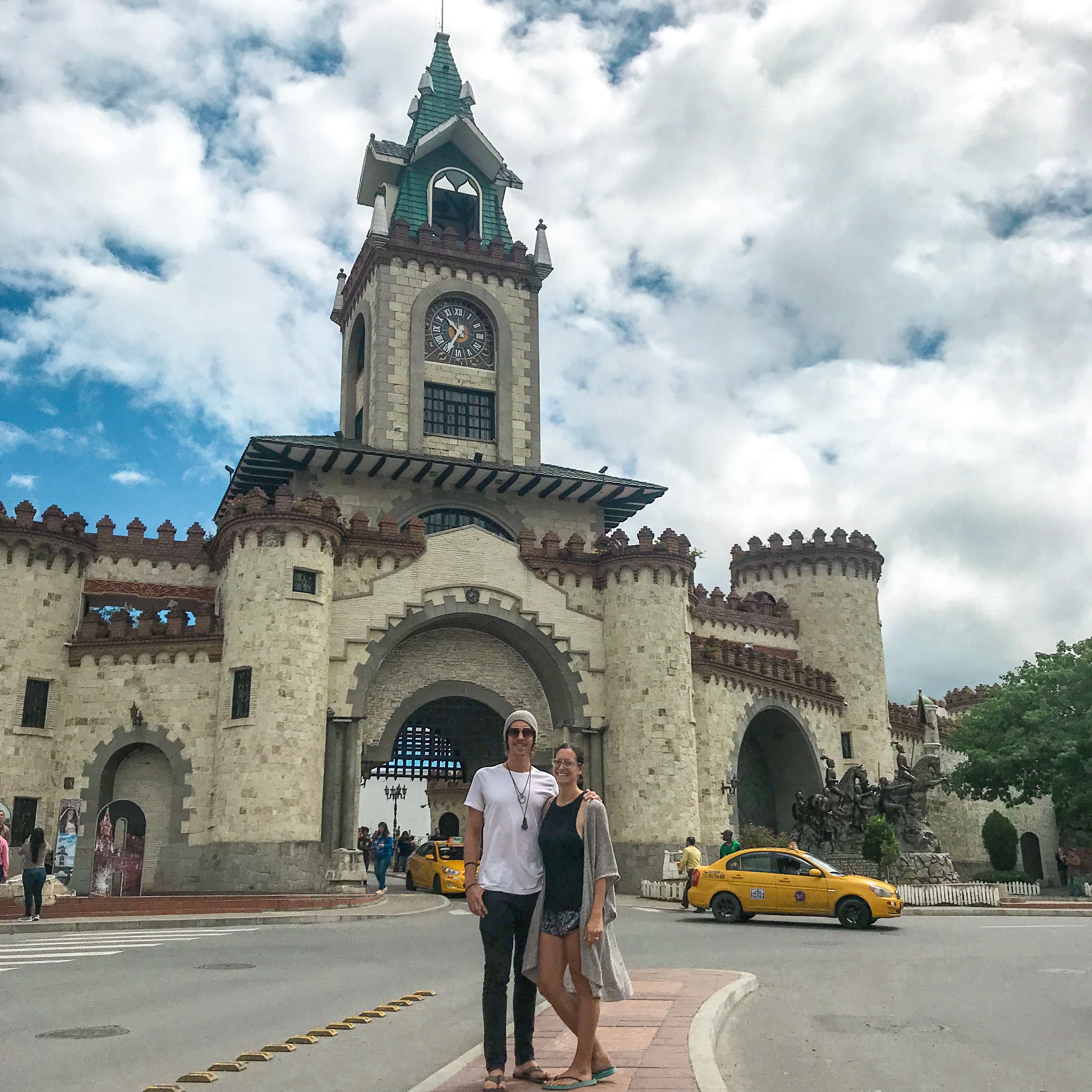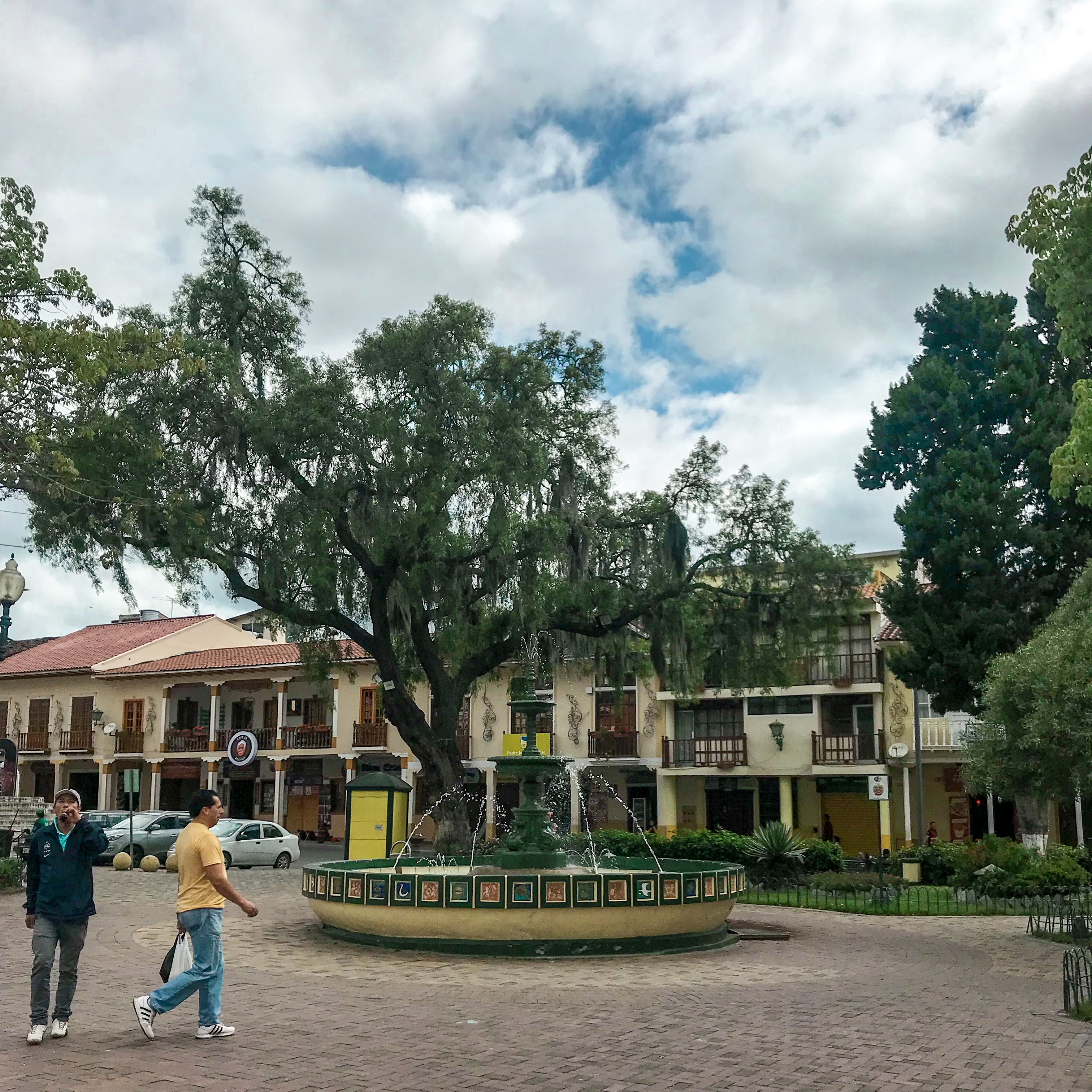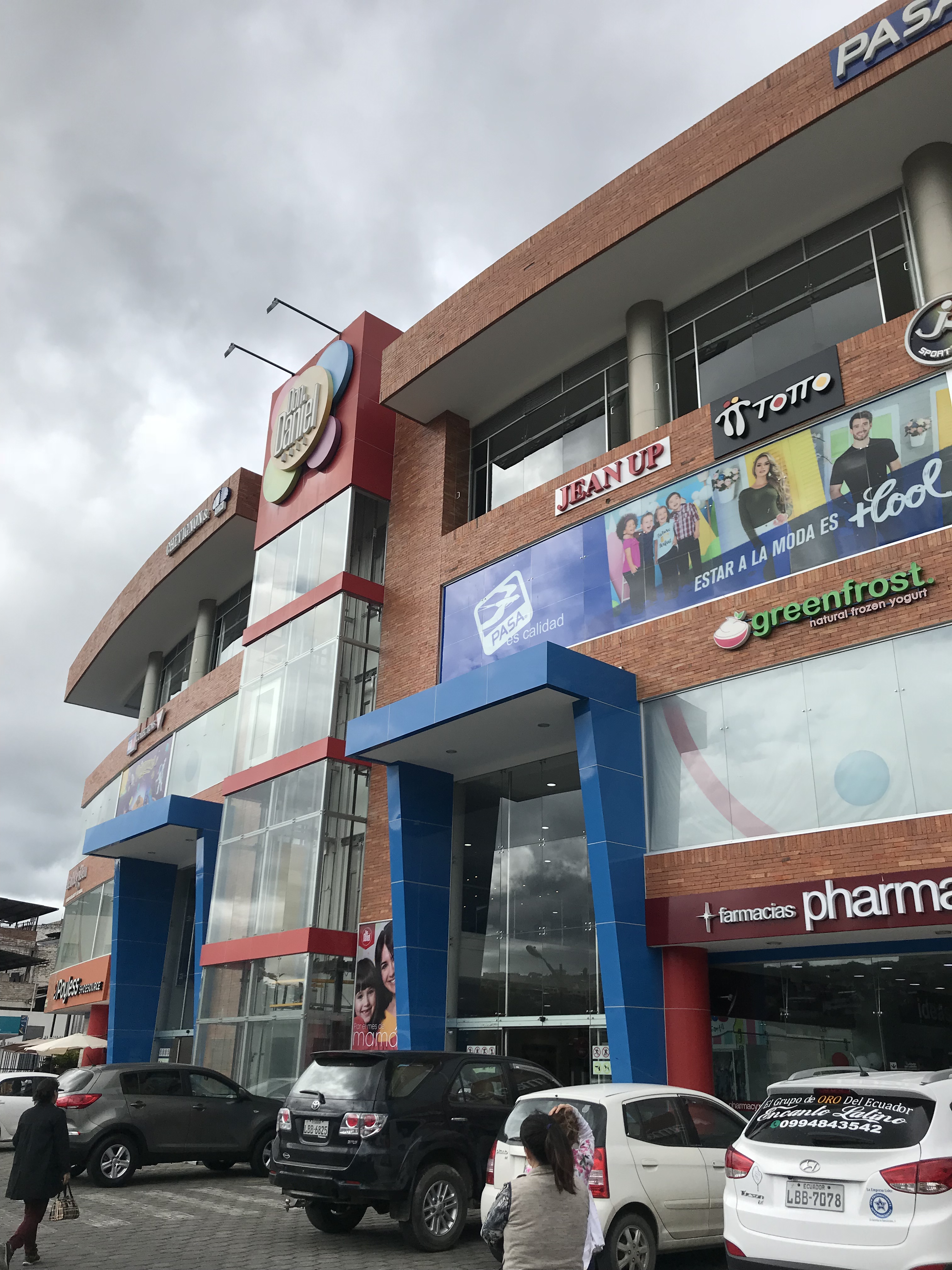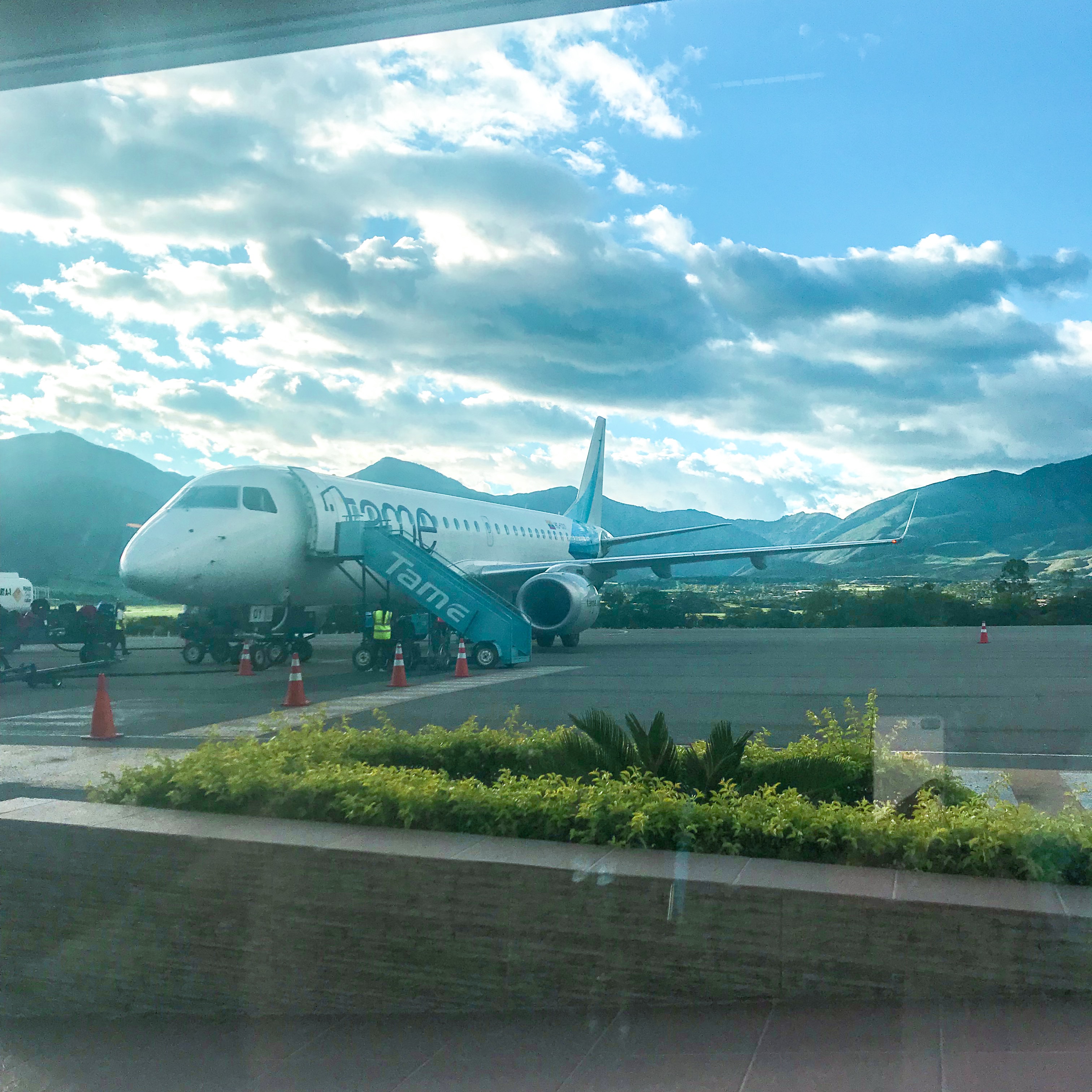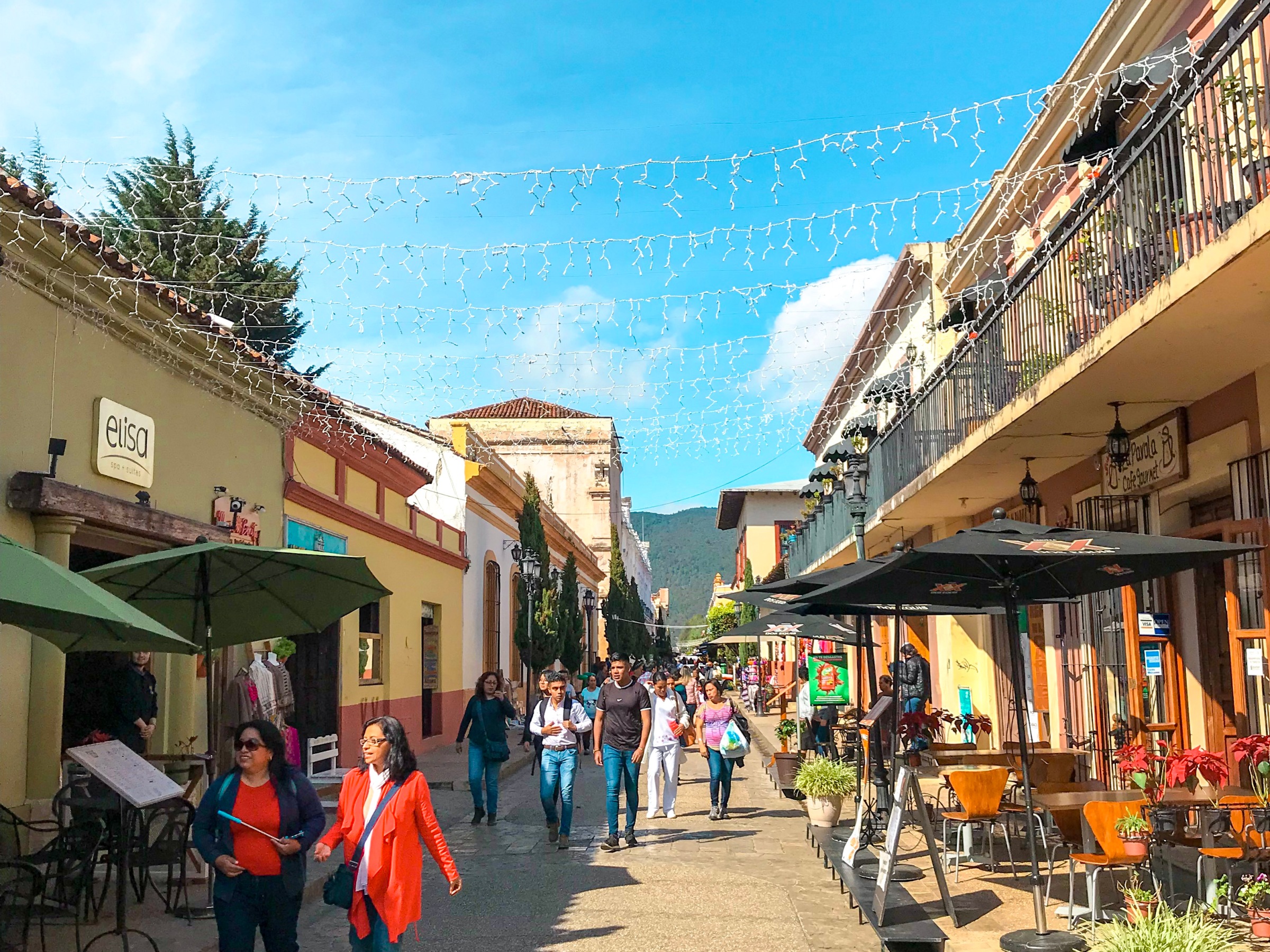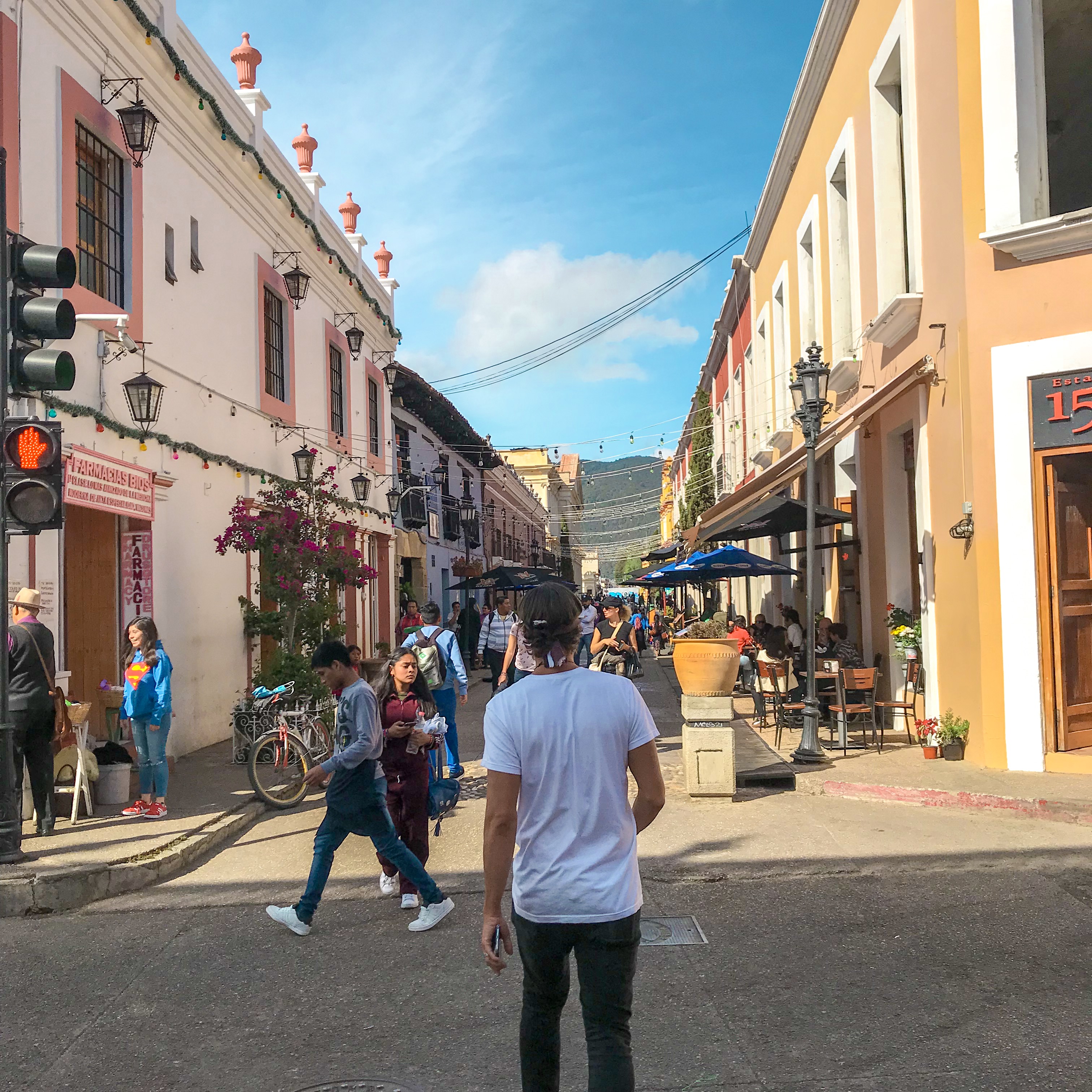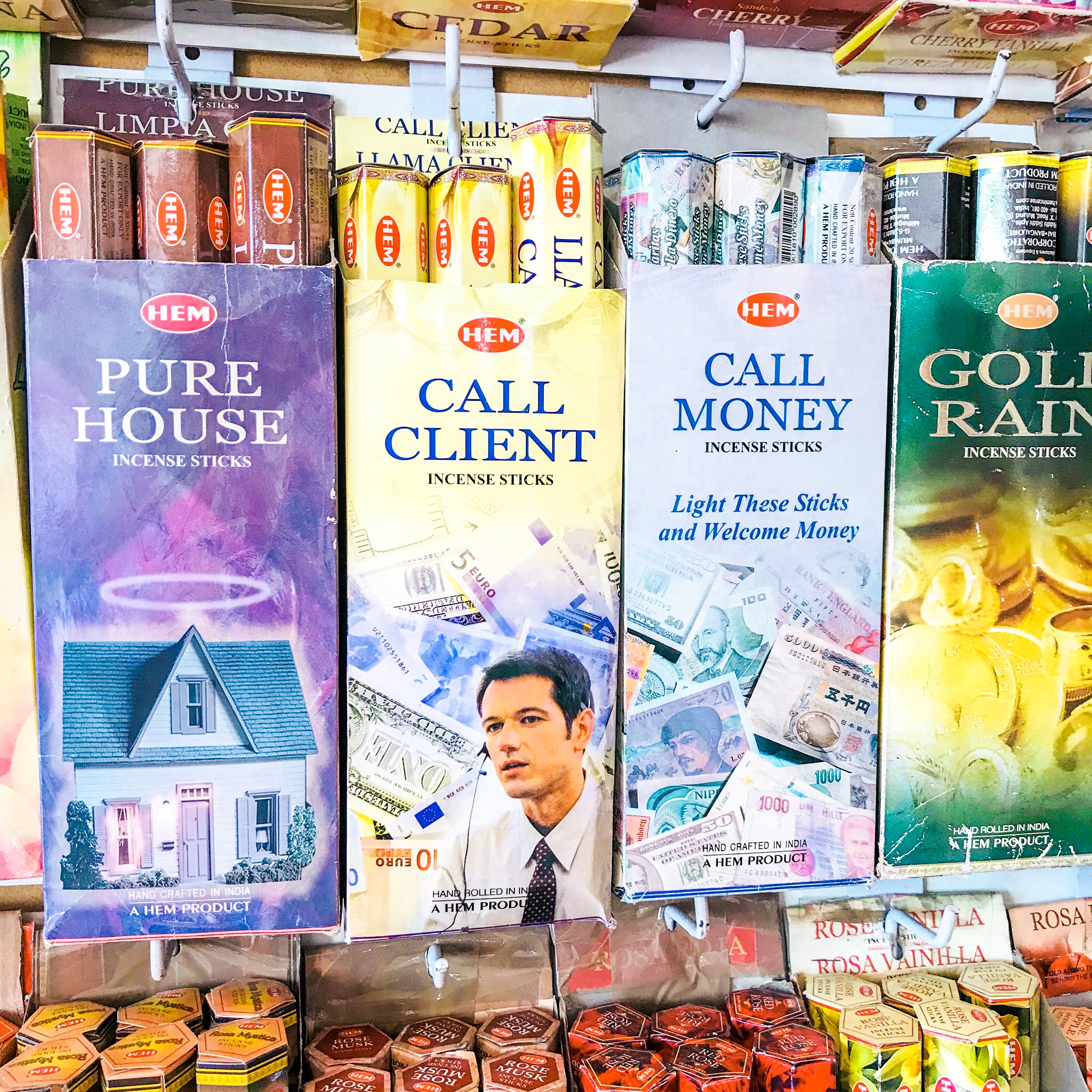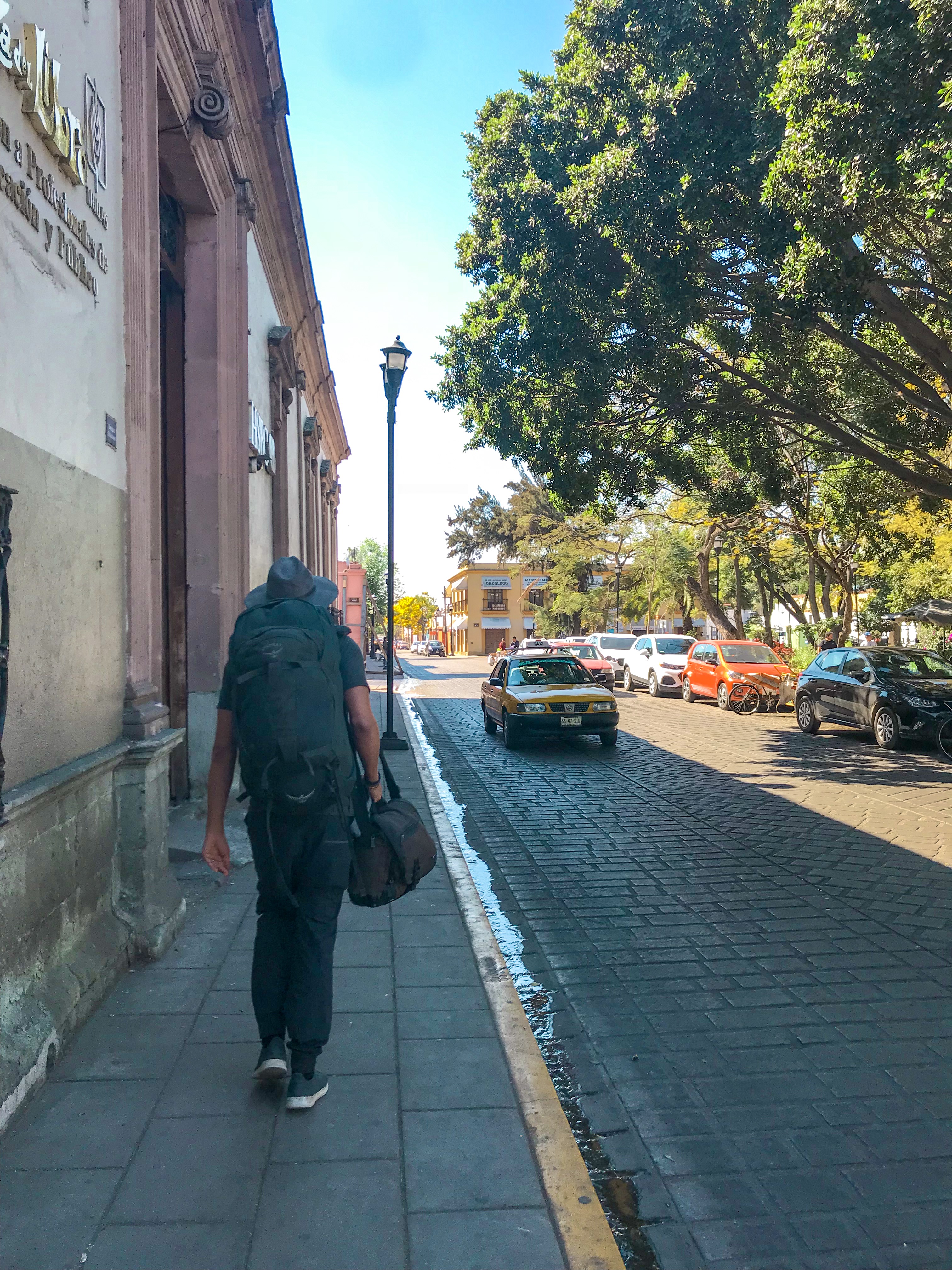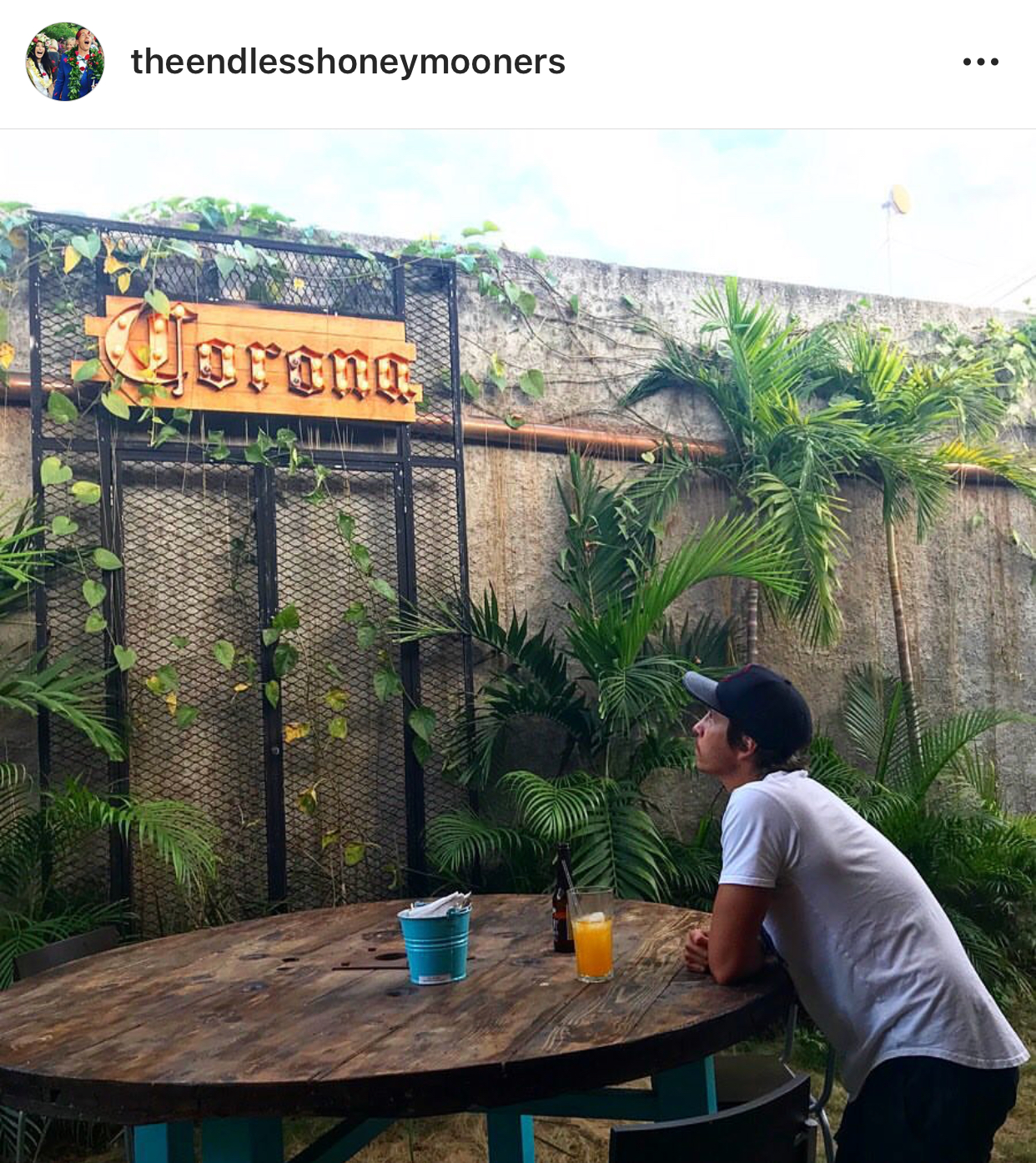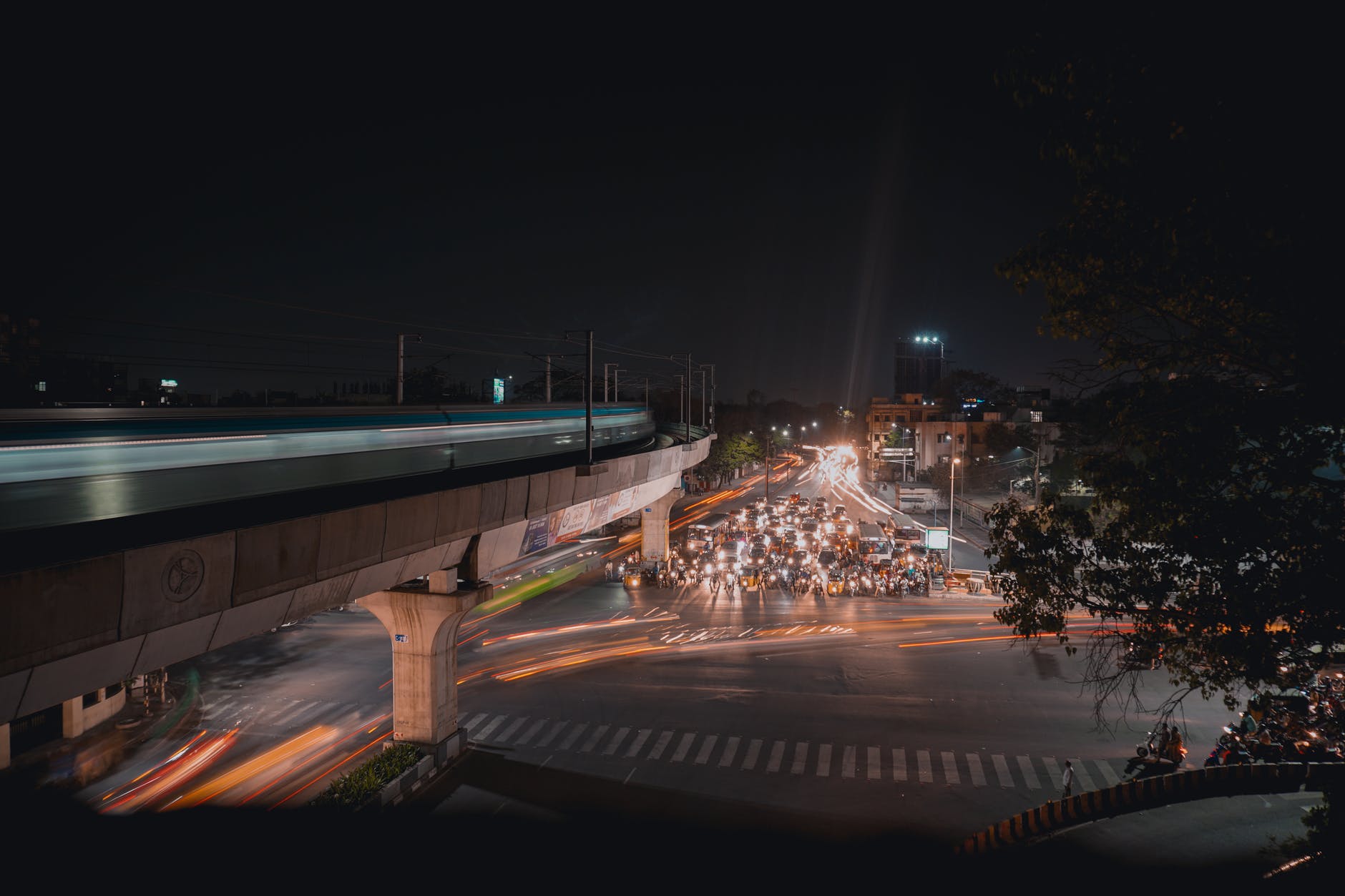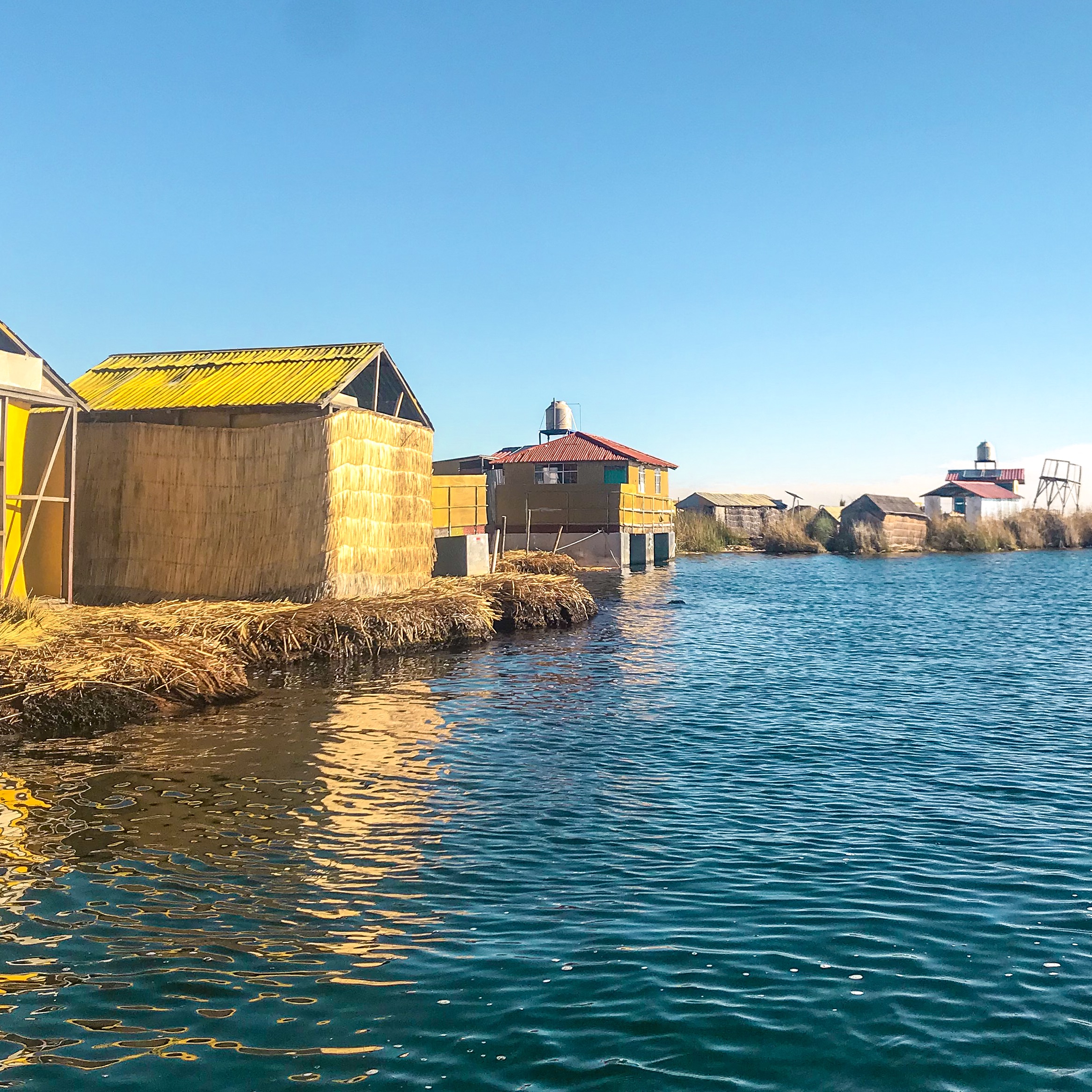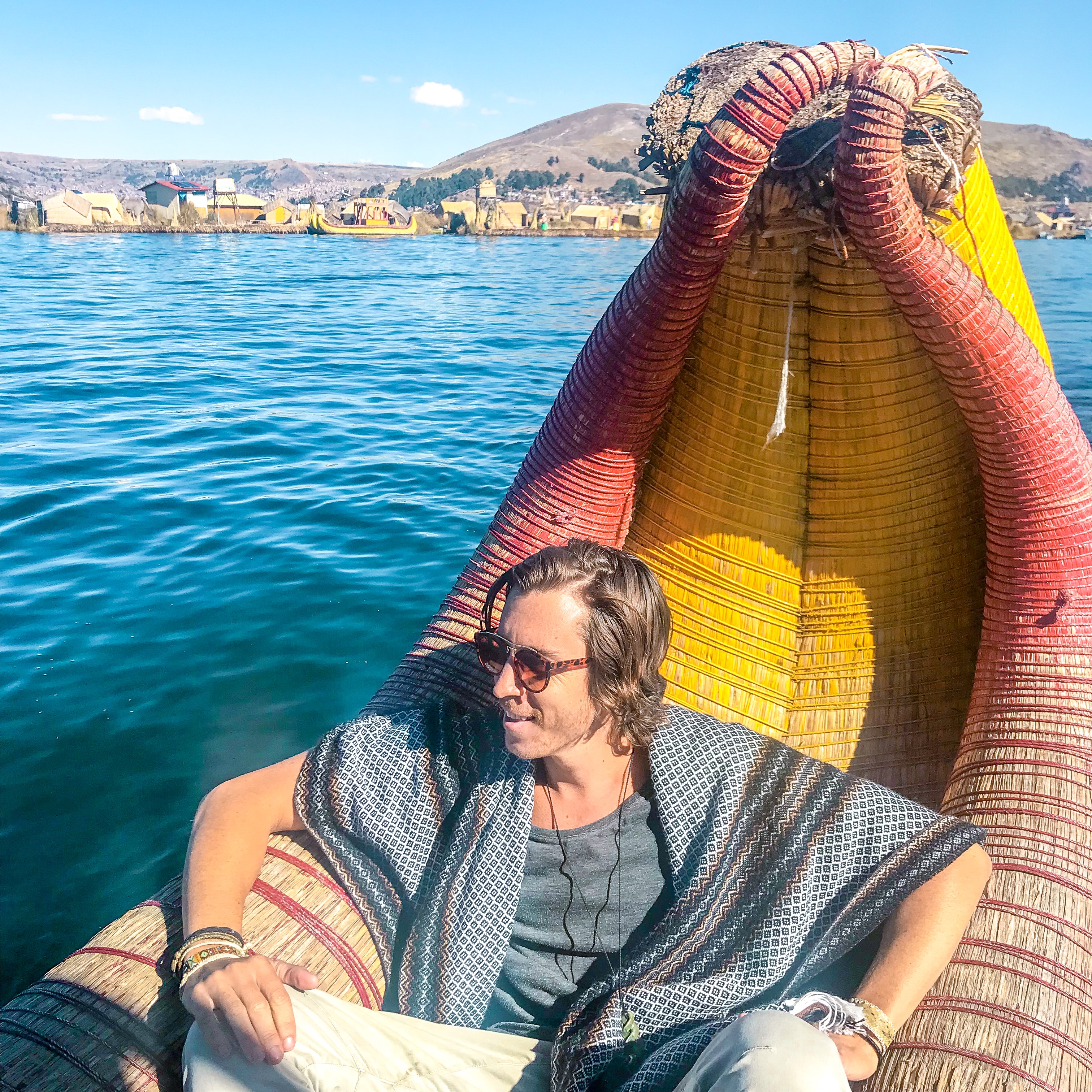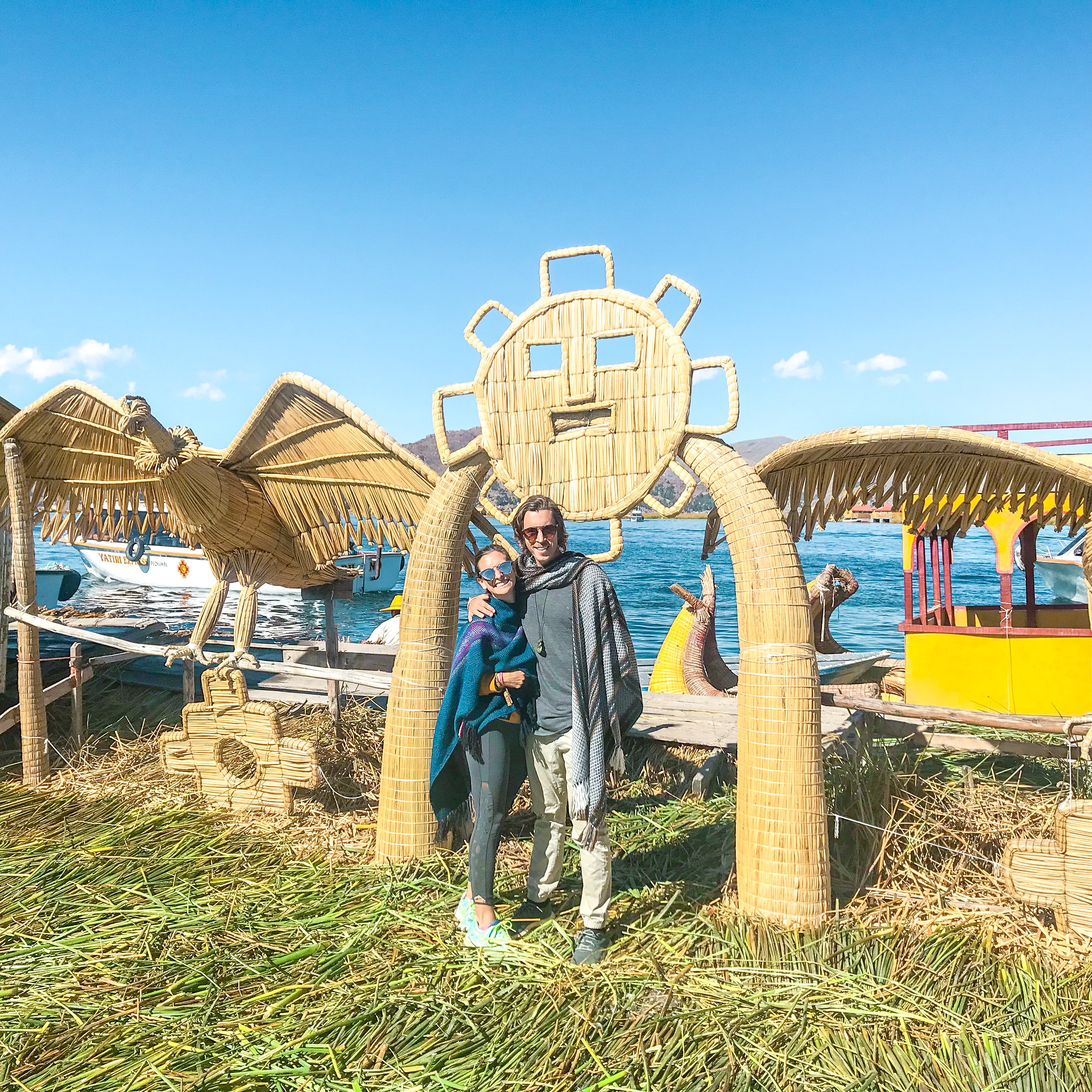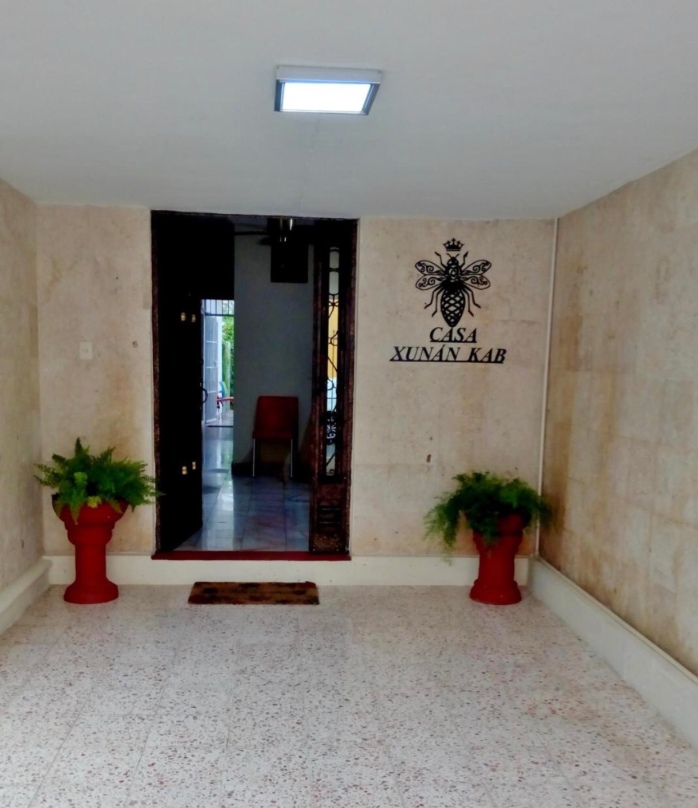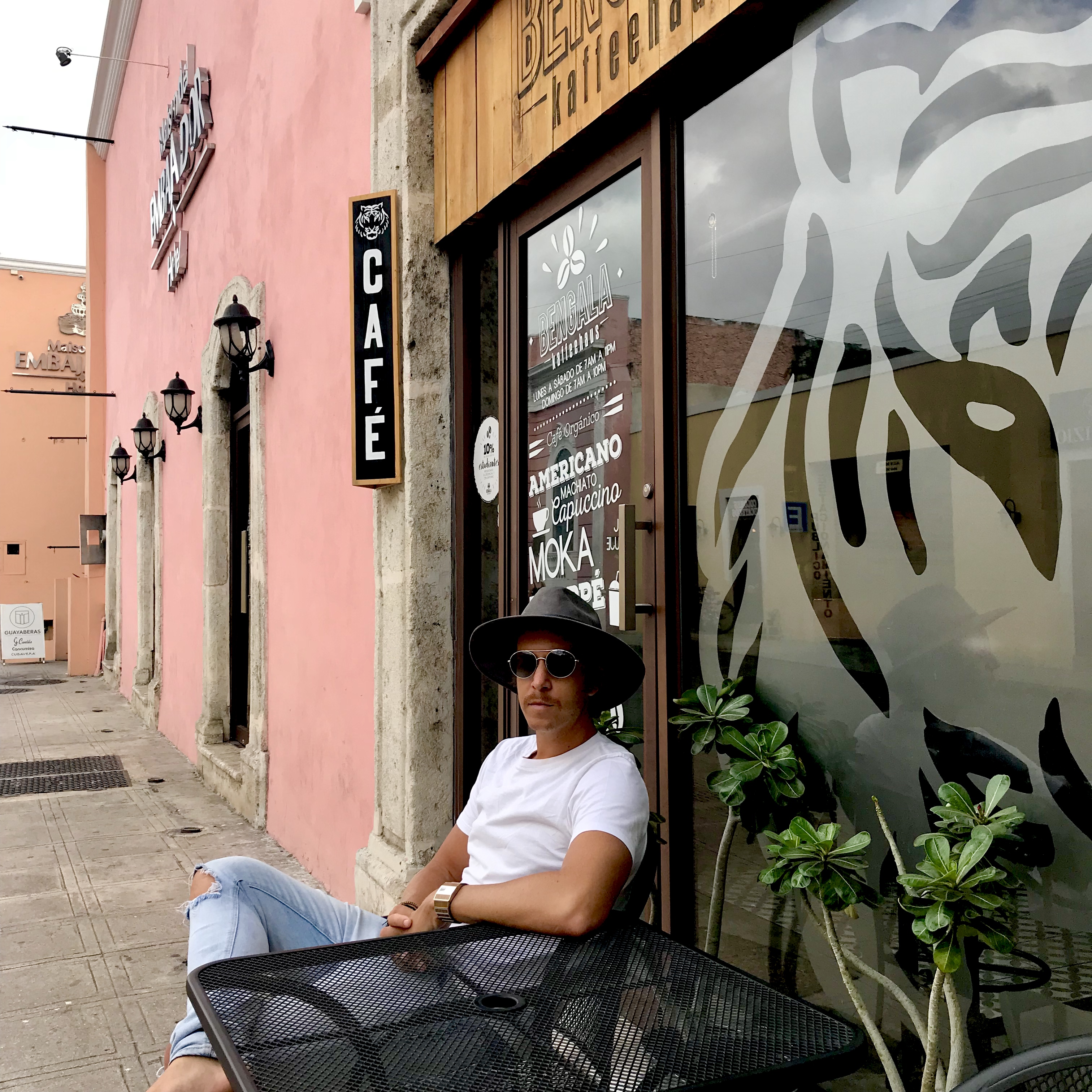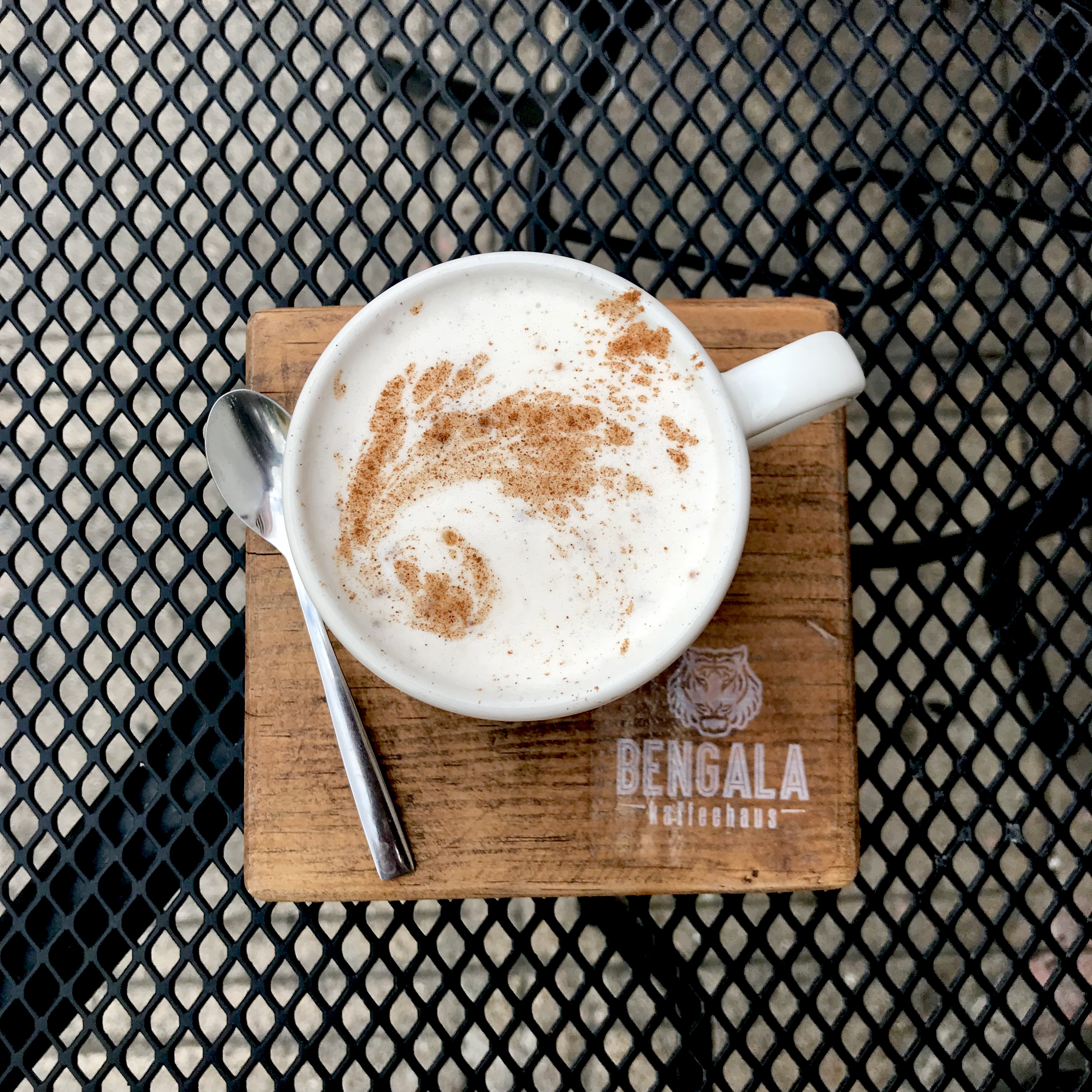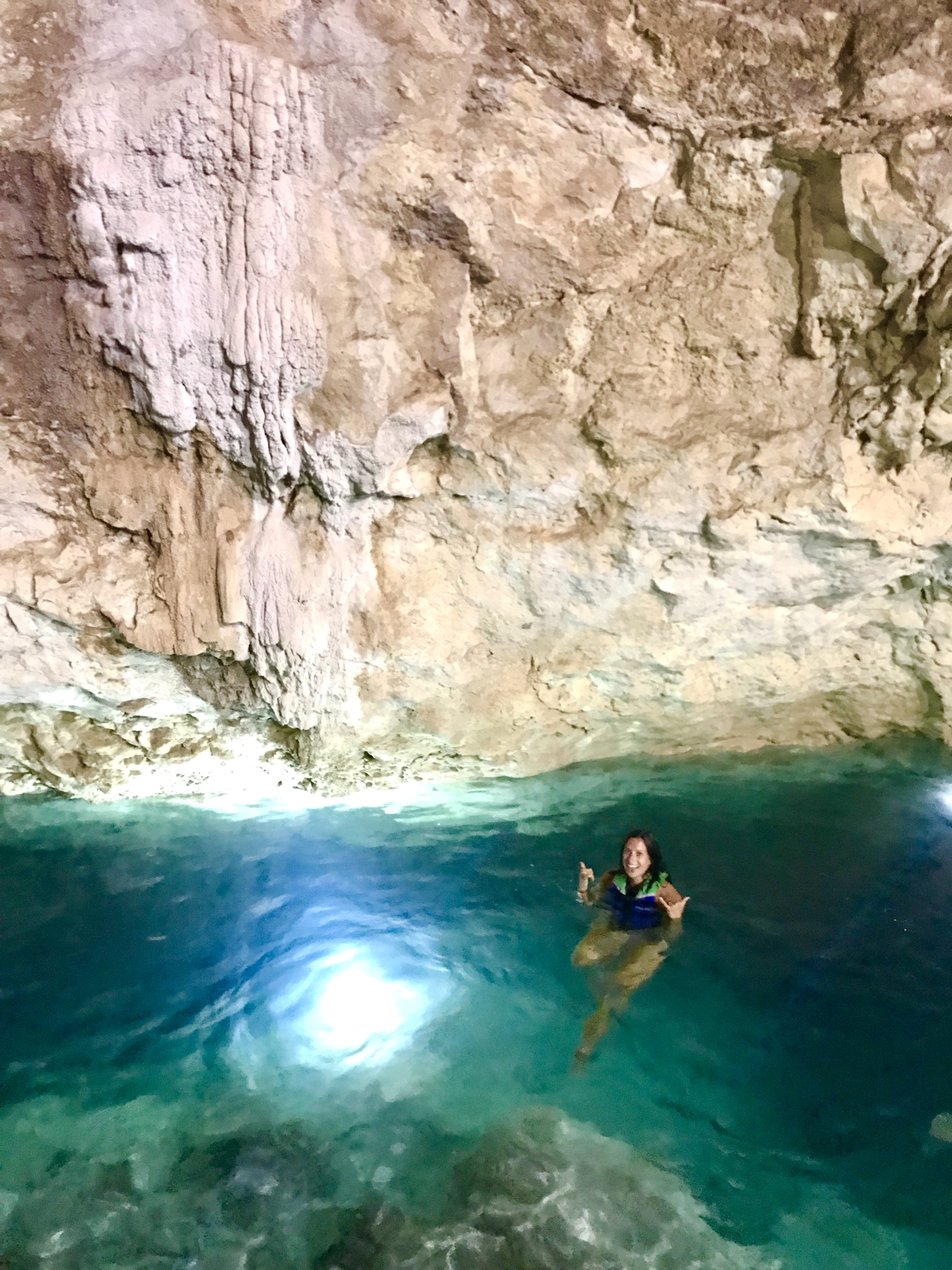Travel Peru: How to Get to Huacachina from Lima
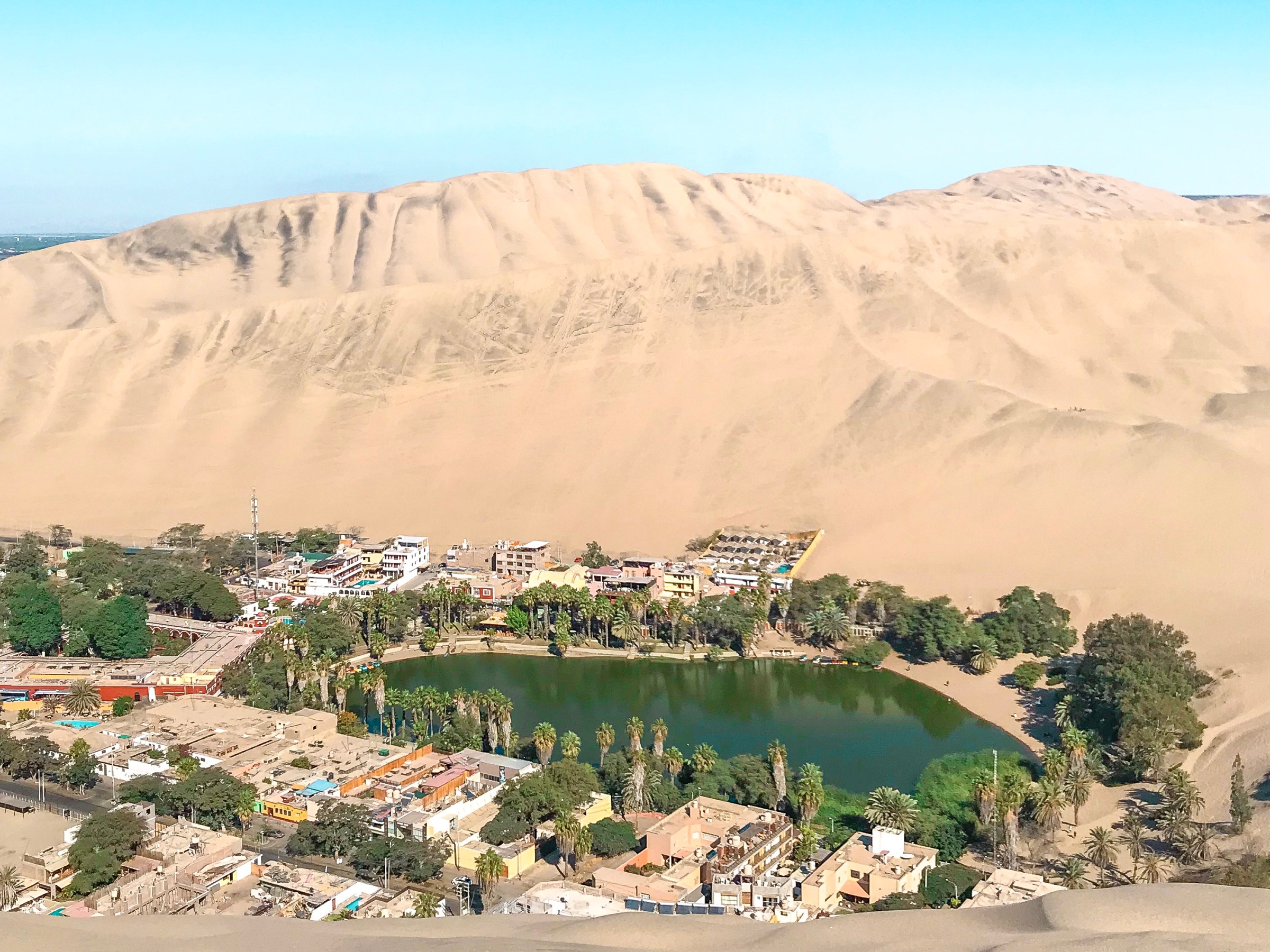
The photos of the beautiful sand dunes of Peru are all over social media, and now you’re ready to make your way to the oasis. Huacachina is a small settlement, on an actual oasis lake, in the desert near the city of Ica, Peru. It’s only an hour from the ocean, and 4.5 hours from Lima (if you time it right).
In this post, we have provided a “how to” guide to get to Ica and Huacachina from Lima, and some good to know information for before you arrive.
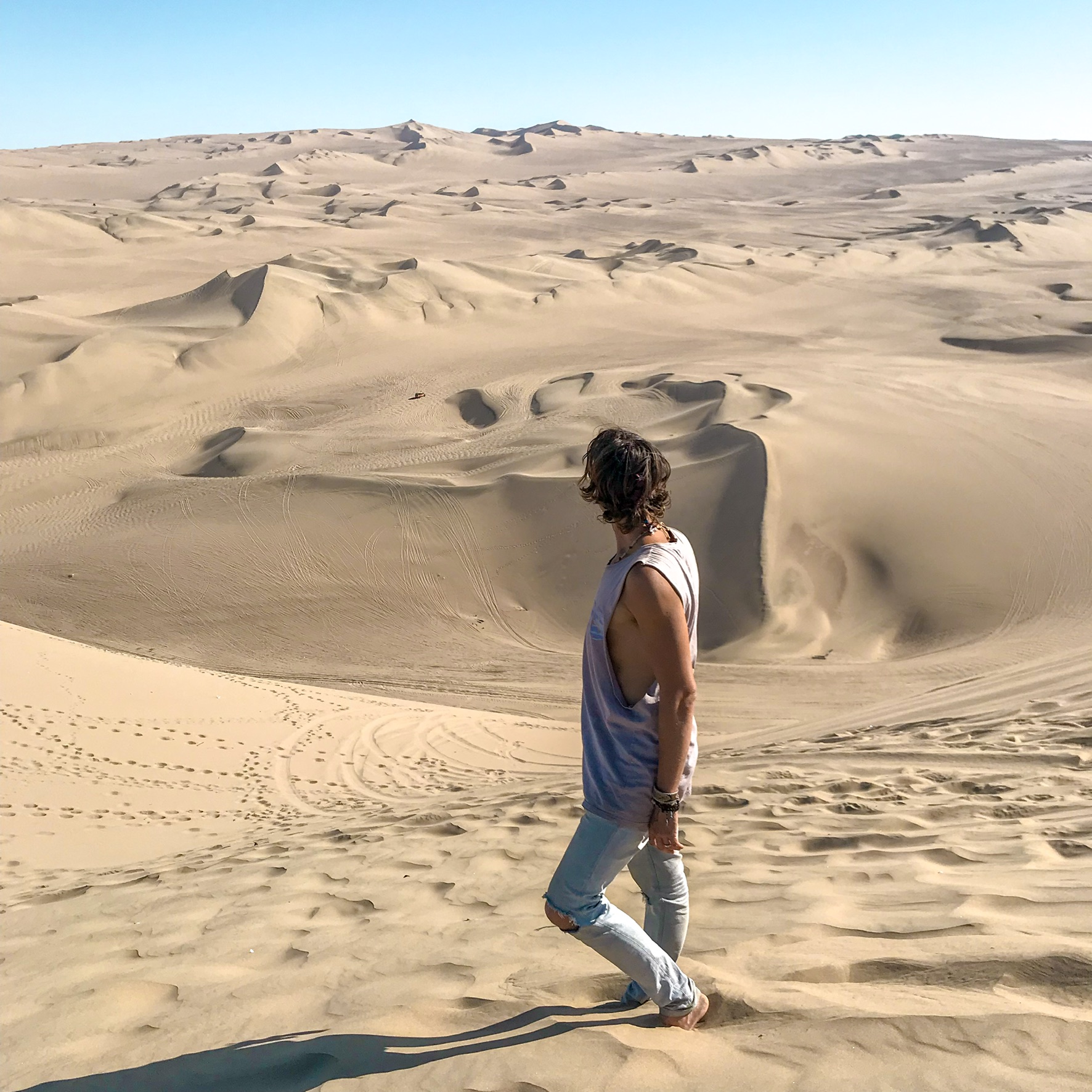
Transportation to Ica
There are no busses that go directly from Lima to Huacachina (the oasis), so you’ll need to get yourself to Ica first.
There are multiple bus companies that go all day to Ica, but finding where they leave from in Lima is the key. The “Big Bus Terminal” or Gran Terminal Terrestre in the Plaza Norte is closest to the airport, and would be a logical choice. It is not.
Busses from this terminal only leave in the afternoon, and they drive all through the city to pick up other guests along the way. The supposed 4.5 hour journey slowly turned into an 8 hour journey and was not enjoyable. However, if you’re staying in the area near to Plaza Norte, you enjoy shopping and don’t care how long it takes you to get to Ica, the mall is a good time.
There are multiple companies to choose from, with varying prices and levels of luxury. We went with Oltursa bus on the way there and it was $55 Soles ($17 USD) pp. The double decker bus had lots of leg room and 160 degree reclining seats. It was luxurious, but as I am prone to motion sickness, being on the top level was a nightmare and I felt every gust of wind along the way.

We took Peru Bus on the way home and tickets were $13USD pp. The bus wasn’t as new, and the seats didn’t recline as far, but they had individual mini screens like on an airplane, something Oltursa did not. Cruz del Sur is your cheapest company, and I imagine the busses reflect that, but they’re probably still not that bad. Plus, it’s a straight journey, so safety isn’t a huge concern.
Although the option of turning up to the bus station and hoping for the best is there, the better option is to pre book your tickets online. We found this out once we arrived in Ica, so we used RedBus to book our ride home with PeruBus.
Booking with RedBus was easy, but they never sent our e-tickets until 2 days AFTER our bus ride…thank goodness we didn’t actually need them. Only our passports and a digital copy of our receipt to get on the bus. I’m not sure if every bus company is the same so it may not be worth the risk.
BusBud is another option for booking online, or you can search for the bus schedule and just show up at the terminal or station an hour early and hope for the best!
Transportation from Ica to Huacachina
Once you disembark in Ica, you will have no problem finding a taxi driver or a moto taxi, depending on how much luggage you have. A taxi should cost no more than $15 Soles from the bus station to Huacachina (it really should be only $10 Soles, but depending on your arrival time it could be up to $15), and a moto taxi should be no more than $7 Soles (generally $6 Soles).
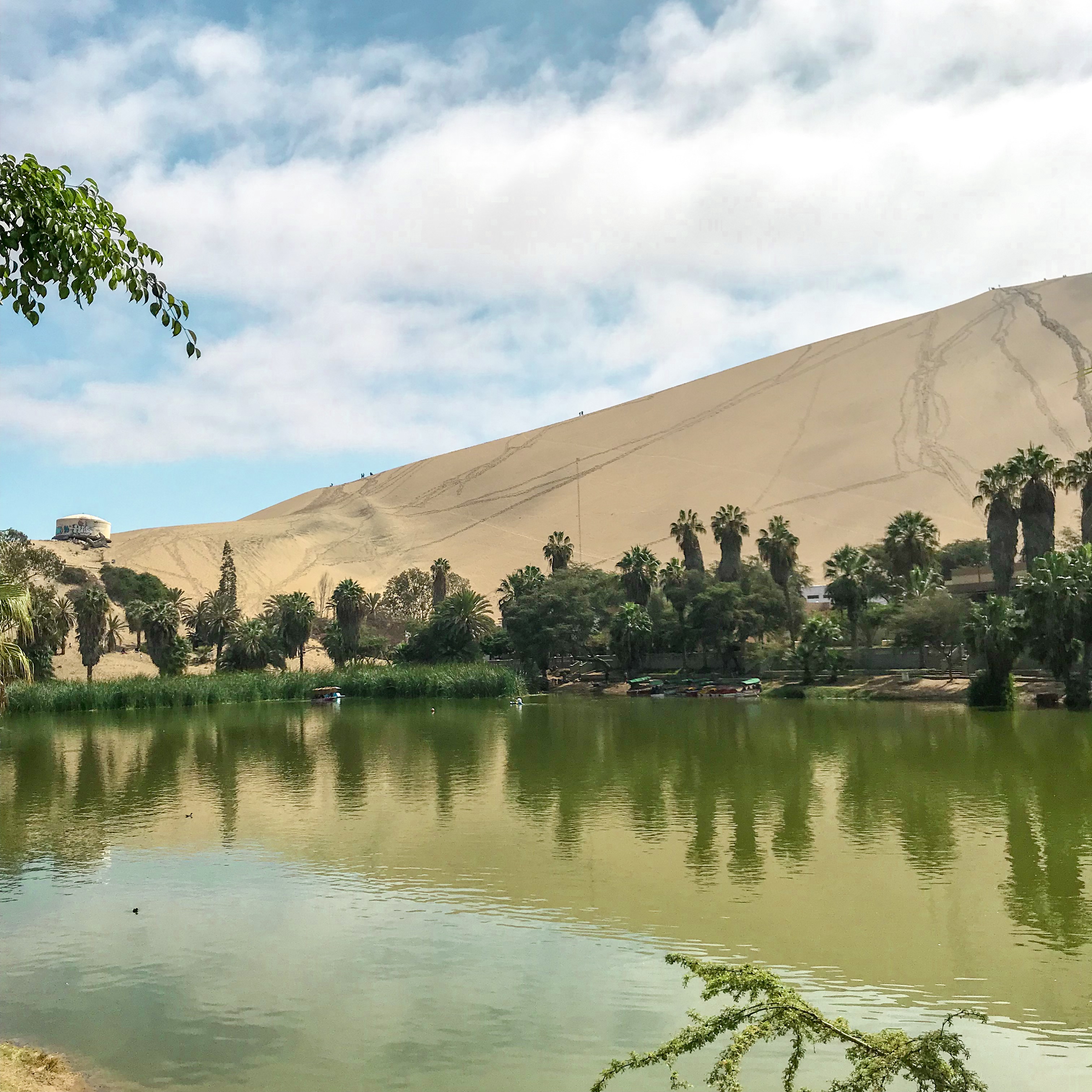
It is recommended to have Google maps available, the physical address (instead of the name) of your hotel, and/or the general area of your hotel memorized, as giving directions to the taxis can sometimes be tricky. They are all super kind and friendly though, take normal precautions, but they will want to try and sell you tours so they treat you like gold.
Where to Stay
There are plenty of accommodation options in the city of Ica or the oasis of Huacachina. We used booking.com and stayed at Hotel Hilroq, which we do recommend. Click on the booking.com link to get 10% off your booking, anywhere in the world!
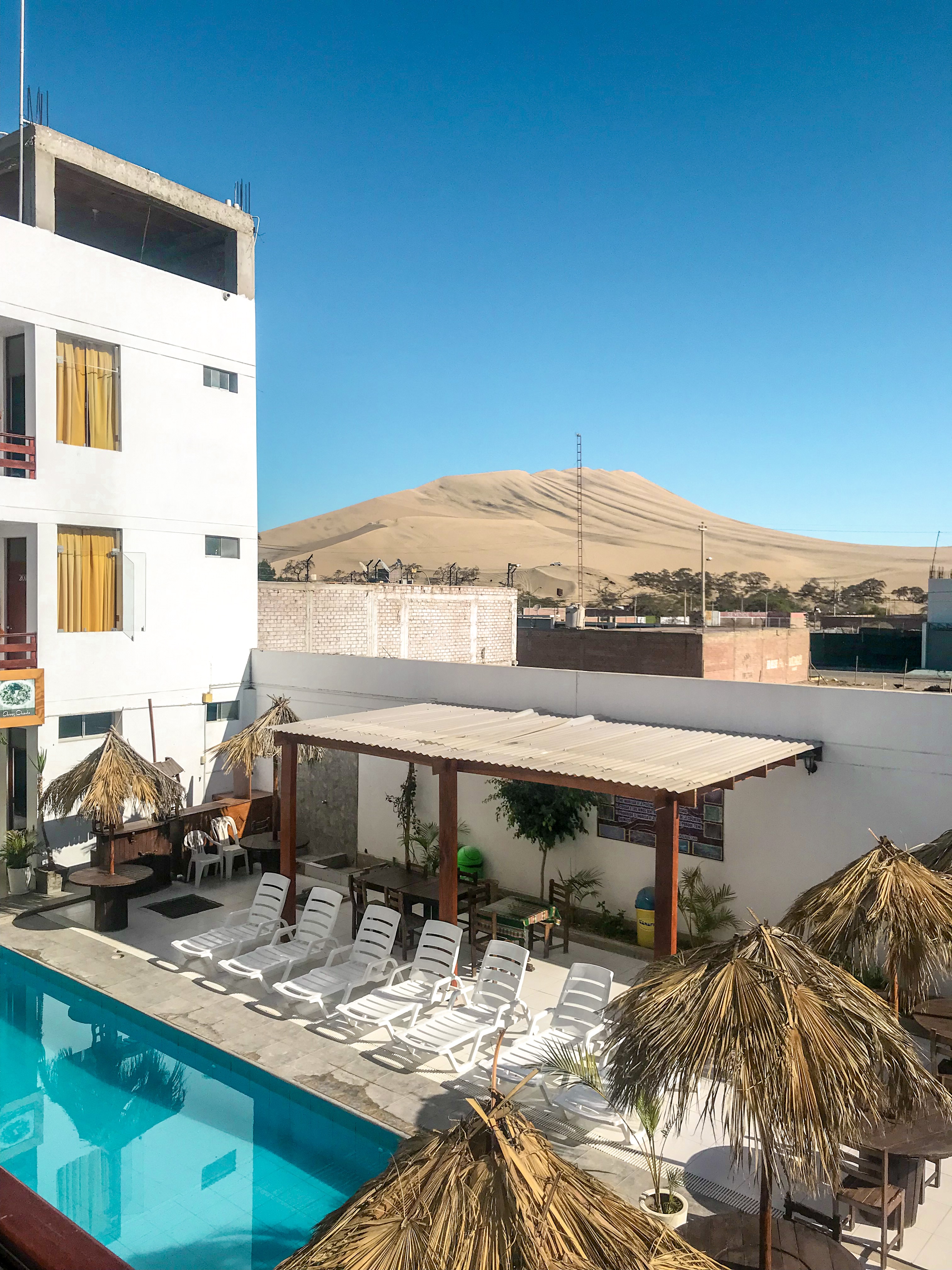
Depending on what it is you are looking for, there will be accommodation to suit you. We chose our hotel because it was on the way out to Huacachina (a 10 minute walk to the oasis), but it was far enough away so we wouldn’t have to be amongst the party crowd we’d been hearing about. And it was well priced. The pool was just a bonus.
It turns out the party crowd is pretty much only at the hostels, so you can stay in Huacachina and still find tranquility. Unless party is what you’re looking for – then you’ve got a couple options. La Casa de Bamboo had real good vibes, we went there for drinks one night.
If you do stay in Huacachina, you will be paying close to double the price to what you pay for the same (sometimes better) accommodations if you’re just outside, or right in Ica (which is only a 5-10 minute moto taxi away).
We do recommend Hotel Hilroq – but a few things to note: the hot water was temperamental and there was a big echo, so if you like to sleep in, it may not be the place for you. Read the reviews and you can find what you are looking for, whether in Ica or Huacachina. We picked the best of both worlds.
Things to Know About Huacachina and Ica
- The city of Ica has a lot to offer in terms of tourism itself, but many travellers head to the dunes and miss out on everything else.
- Staying in Huacachina, while exotic, is nearly double the price of staying just along the road out there or in Ica – generally for no better accommodation. You pay for location, which you can explore for free.
- Be prepared to be offered tours constantly as you walk through Huacachina, sometimes even while you’re dining. If you expect it, you’ll be able to turn it down quickly and enjoy your time a lot more.
- Book your tours through a legitimate company. There are plenty of options, and plenty of people selling to you on the street. The prices are the exact same, but there have been cases of the street vendors taking money and giving no tour in return.
- The ATV tours are not through the open desert, they are on a man made track.
- There are a lot of awesome restaurants in both Huacachina and Ica. Try Ninja Maki in Ica for their unlimited sushi night for $40 Soles or Wild Olive for some tasty pasta. There are PLENTY of traditional Peruvian restaurants in Ica and on the way into Huacachina, and a few in Huacachina itself.
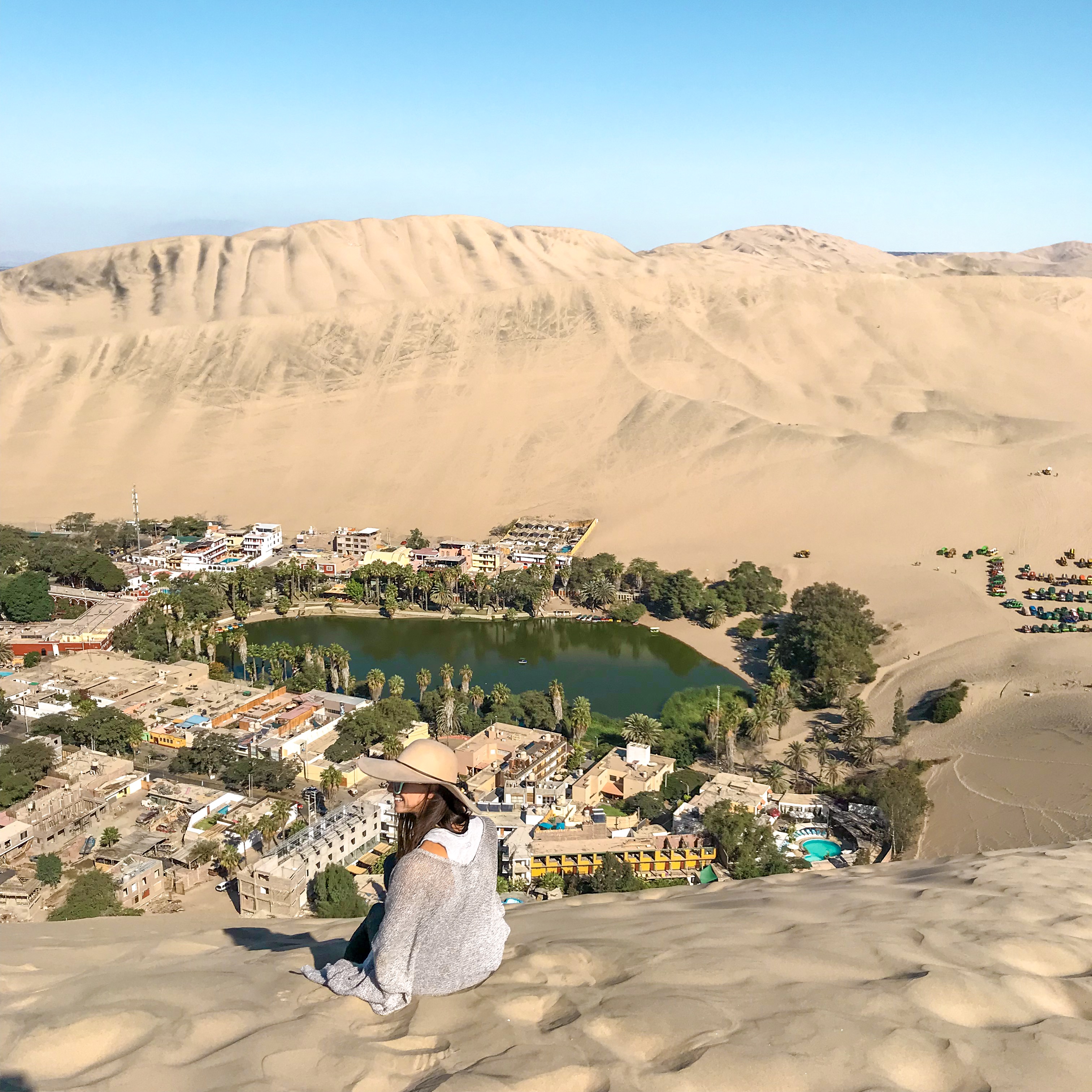
Our Review of Huacachina
We only spent 3 nights in Huacachina and we felt like we were able to get what we wanted to done there in terms of exploration and tourism, but we were ready to leave by the end.
The people trying to sell tours got a bit old, and the prices in the oasis were a bit high in comparison to other parts of Peru. We would go back, but it felt more like a weekend spot. We would probably stay at the beach in Pisco, an hour away, and do a day trip to the desert next time.
Overall, it was a wonderful experience and we highly recommend!
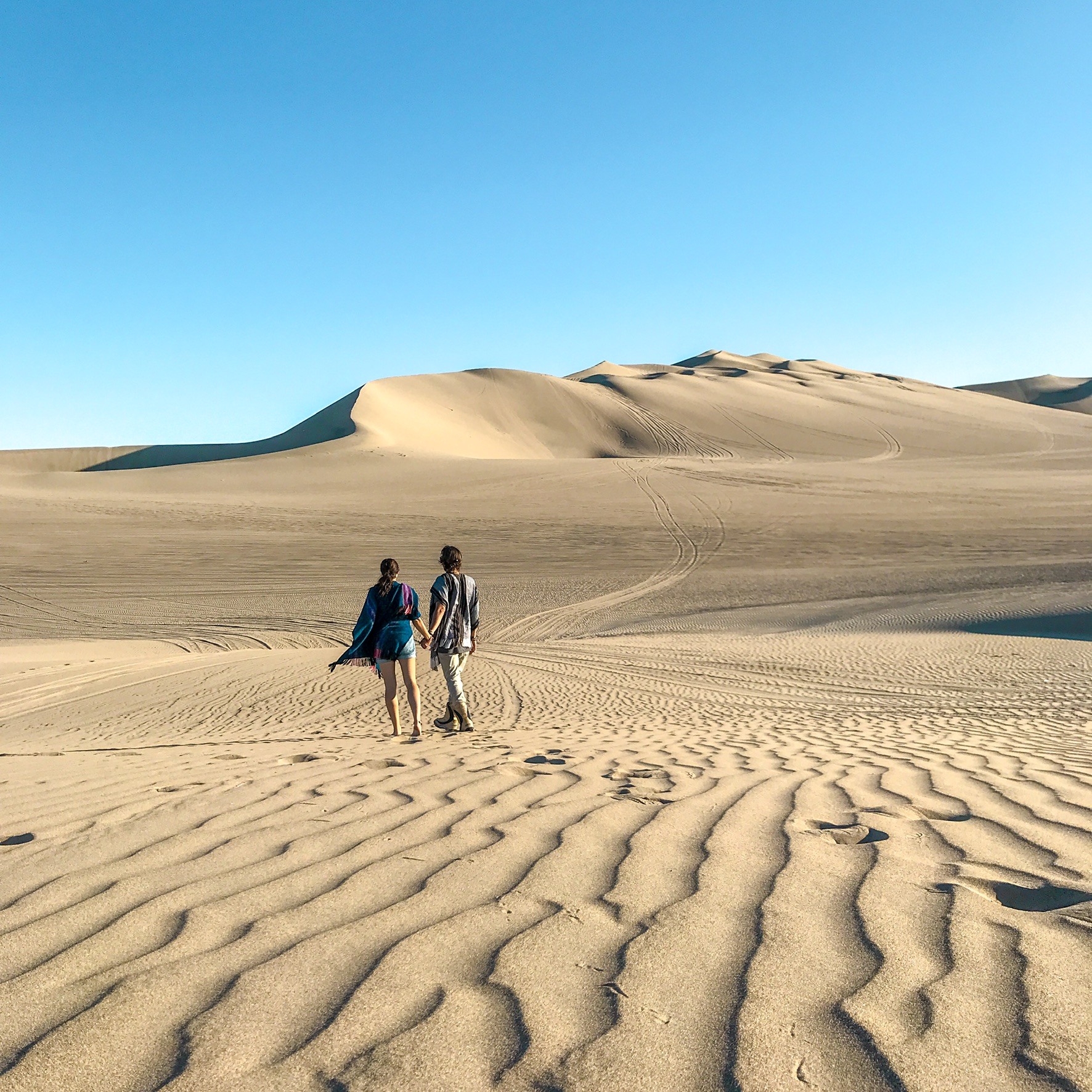
Useful Links for Your Trip to Huacachina
Bus Companies: Oltursa, Peru Bus, Cruz del Sur
Online Bus Booking Systems: RedBus, Bus Bud
Accommodation: Booking.com, Hotel Hilroq, La Casa de Bamboo
Restaurants: Ninja Maki, Wild Olive
Things to Do in Ecuador: Camping on the Canoa Coast

It pains me to say we almost missed this experience. It was always part of the original plan, but new plans got in the way and it became a bit of an inconvenience. However, I’m proud to say we listened to our guts, stuck to the plan, and made the trip out of our way back up the coast to camp for a night.
We had been living in Canoa, a small town with a lovely expat settlement, on the coast of Ecuador for two months, and when we finished, we decided to head south to Montañita for a few nights. We had wanted to camp earlier but it never worked out, so we just let it go. Our plans were to then go onward to Quito before heading north to Colombia, but our friend Pete reminded us of our camping plans, and was an expert at persuading us to head back north.
We tested out the Monkey Beach camping experience he now offers as a tour through Canoa Suites, and let me tell you, it is worth every penny! It is at the top of all of the experiences we’ve had in the past 15 months on the road, and man we’ve seen a lot. If you’re in Ecuador and looking for something to do, and you love doing things off the beaten track, look no further. And if you’re thinking about skipping Ecuador while traveling through South America, you’re crazy. It is the best part, and adding this adventure in will be the icing on the cake.
$80 pp gets you transport to the private entrance to the coastline, tents and gear, amazing food, and a boat ride back into town. The beaches are only accesible by boat or private land access (exclusive to Canoa Suites), so you are really out in the wild.
Arriving to the Coast
Leaving Canoa in a car, we had about a 15 minute drive north, and another 10 minute drive west through the private property. Natural dry forest surrounds the land with howler monkeys calling from the treetops. The car dropped us off and we put our packs on and got ready for the 6km trek to the protected bay.
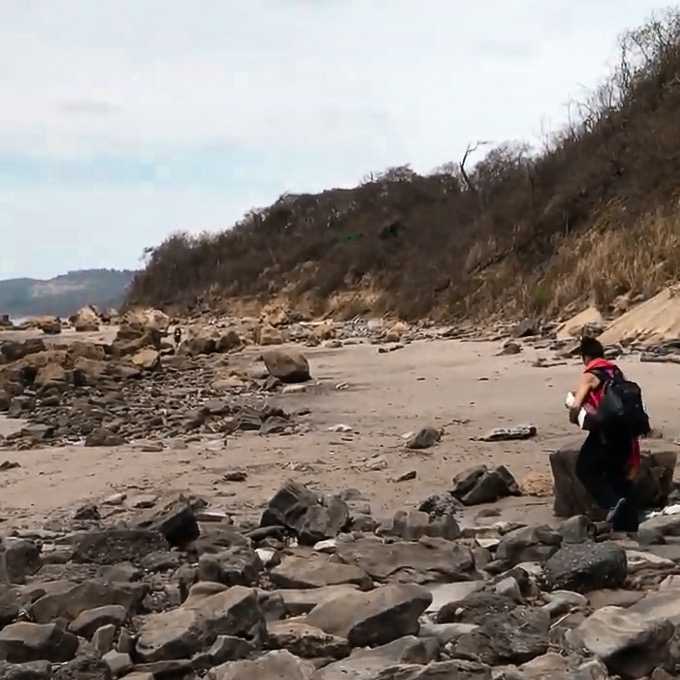
We do recommend shoes, although we both made the journey in flip flops and survived! But we also got married in flip flops and live in them or bare feet so we wouldn’t really have done it any other way.
Along the coast there are incredible rock and shell formations. We saw the layers of earth, with fossils of sea life, and I was sure if we spent time digging, we would find dinosaur fossils too. It felt like we were on an archaeological site waiting to happen. It is one of the longest stretch’s of untouched coastline on the whole of South America, and our flip flop footprints lined the sand.
In addition to the dinosaur-vibes, there were ancient Kichwa fish traps, estimated at over 2000 years old, still standing and still used today by their descendants. We even had the pleasure of meeting one of them along the way. He had set up camp around the bay from where we were staying, and was living there for a short time, while collecting fish to sell at market. Boats would come in every couple of days to collect what he caught and he would stay behind. The traps were perfect storage, since there were no refrigerators!

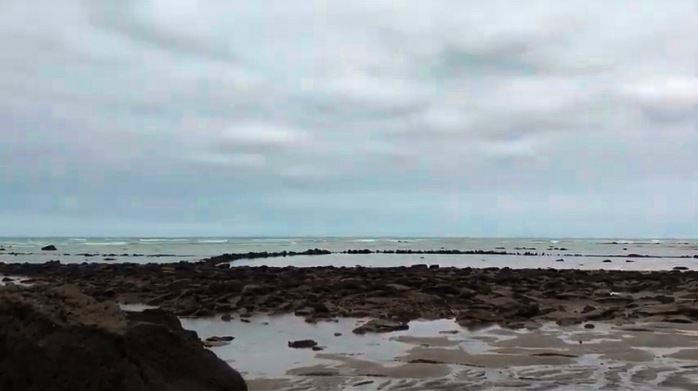
Fish traps 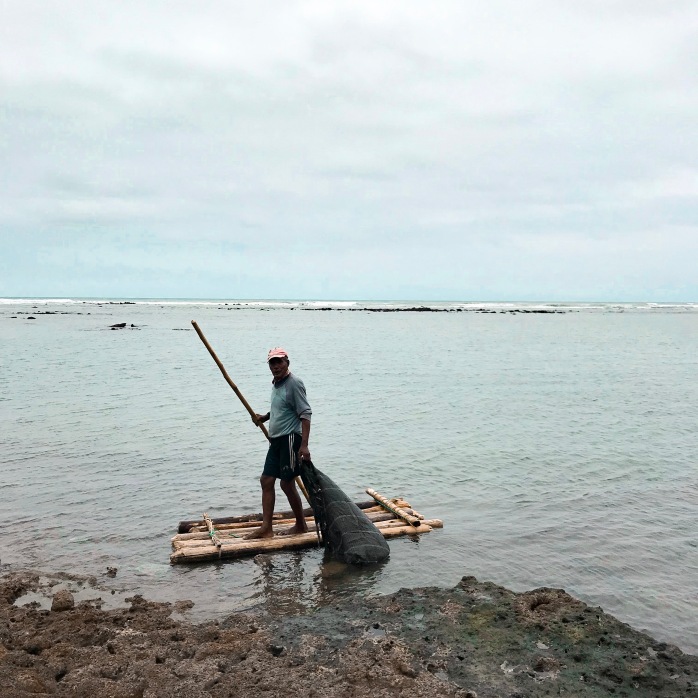

Big spine. Maybe a dinosaur.
Setting Up Camp
After about an hour and a half of walking, we reached a bay that was sheltered from all of the wind, with beaches protected by rocks. It was us and a few fisherman about a kilometre down the bay from us. That was it. We hadn’t been expecting others at all, Pete was a little surprised, but he remained calm and so did we. Okay we were a little worried, but what can ya do?
Once we pitched our tents and decided where our fire pit would be, we felt it was important to meet the fisherman. If they weren’t good people, we wouldn’t be able to stay.

There was something so primal about walking up to a crowd of unknown people, on a barren coastline in Ecuador. Rarely do we experience these moments in the Western World. There’s often easy access to flee if things go wrong, or a cell phone to call for help. Entering a new country where you don’t speak the language, or a new community or new job, those are tiny moments of the primal feelings. But we’ve never felt anything like this before. Not even close. It was us and them. How do you offer peace without showing weakness, how do you know they mean what they say. You don’t. You just breathe, do what is right by you, and trust. We decided to go in with smiles.
And thank God we did.
As soon as we rocked up, they smiled back and greeted us with pounds and pounds of freshly boiled up crab that they had caught earlier! We stood around enjoying the view and the experience with them for awhile, learning about them and their work, and that sadly the reason they were camped on the beach was that pirates had been robbing them while they slept on the water a few weeks back. Another little primal moment, but we knew that the power in numbers on the beach would keep us safe. I’m still pinching myself when I think back to that day. What could have been, and what really was. It was such a lesson in bravery and being present. It was like a drug.
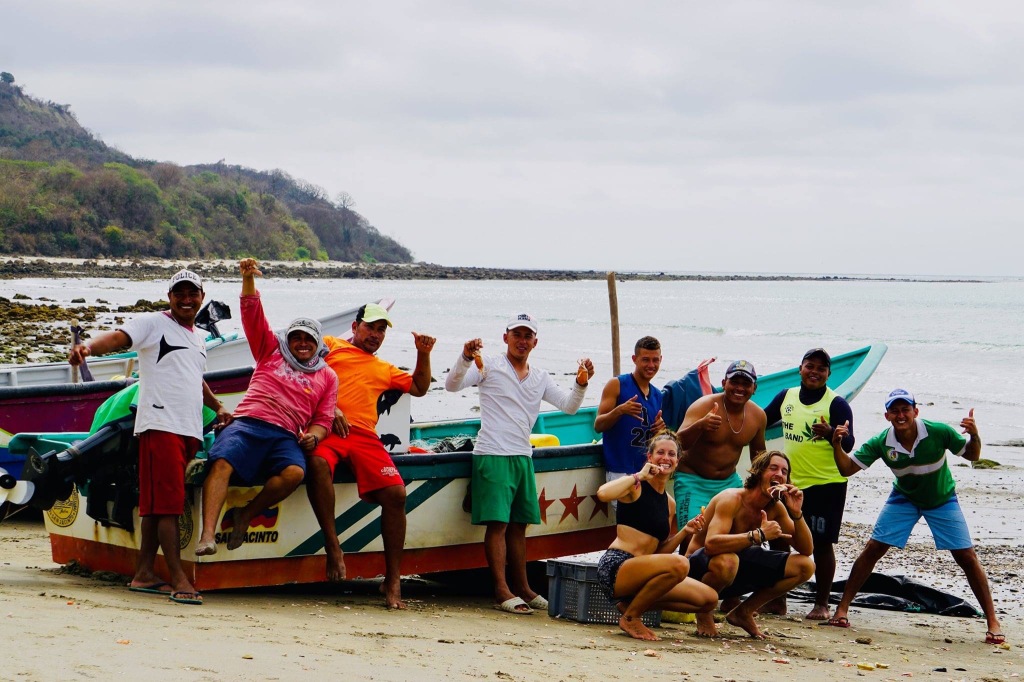
We watched sunset from an abandoned building deep in the forest on the hill while Humpback whales put on a show in the water and the howler monkeys sang us their growly lullaby. We spent all night chatting around the fire, solving all the worlds problems, and really getting to know one another better. Something about a fire in a natural environment really opens one up. When we finally said goodnight, sleep hit like a ton of bricks…for John. I was slightly on edge. We were in the middle of nowhere on the Ecuadorian coast, with a bunch of strangers. The voice in my head echoed “Trust. Be present.” And before I knew it, I was waking up at sunrise after one of the most peaceful sleeps I’ve ever had. And we were all alright.


puppies! 
front porch view
We also had a chance to check out the campsite of the first fisherman we met. He invited us by and showed us how he weaved his own fishing net, which he used in addition to the traps.
Through our time in Canoa we witnessed many nets being made but never went up to actually watch the process. We had seen a few Dead Sea turtles wash up on the beach, and heard many stories of the local fishermen taking their anger out on the turtles that got caught in the nets, often bashing their heads in.
It was incredibly sad to hear and see, but after watching the incredibly tedious work of building these nets, and seeing the poverty the fishermen lived in, I found empathy. The education around sea turtle conservation was undoubtedly lacking, as well as the compassion for an animal who was potentially ruining a livelihood and preventing the fishermen and their families from eating. Essentially, people in glass houses should not throw stones. I’m not condoning their behaviour, but I empathize with the position they are in when they make those decisions. It was deep, to say the least.
Heading Home
Leaving the beach was a bittersweet experience. We really connected to Canoa, made lifelong friendships, and felt like this could be the spot we choose to settle down in. We had looked at purchasing land, and had become a part of the furniture in our short time there, joining in on every social activity we could, ensuring we had a place to call home. Being on this camping trip was a bit of a mindfuck as we played over our lives if we stayed and bought land, or if we stuck to our original plan and continued on seeing the world. In over a year we had never felt a home like this. To be honest, in over 6 years that we’ve been together, we’d never felt a home like this. We’ve loved everywhere we’ve lived, but something about Canoa stole our hearts and choosing to move on was hard.
But this beautiful experience was a microcosm for our journey. We almost moved on without following the plans we made because we found something a bit easier along the way. If we had gone with the new plan, we would’ve been happy, and we would never have known what we missed out on, but we would’ve wondered. And by taking the more inconvenient previous plan, we had one of the best experiences we’ve ever had in this life. So we must go on. No matter how inconvenient it may become, no matter how easy or exciting the new experiences life throws at us may be, we set out to see the world, and we’ve got so much more to go. We’ve hit all the spots we wanted to in South America, though we know we will be back to see more eventually, we can tick it off for now.
We are heading back to New Zealand for some weddings and Christmas this year, but we will be off again in the new year. It was a goal we set and a promise we made to ourselves, and we’re going to keep it, no matter what.
Crossing the Ecuador/Colombia Border, Level One: A Stay at Tío’s

After spending the past six months in Ecuador, our extended visas were about to expire and we figured it was time to brave the land border and cross into Colombia. Everyone we have spoken to that has visited Colombia has said incredible things, and we wanted to join the crew!
To prepare for the dreaded crossing, we spent a few nights in Quito. Little did we know, this would be the easiest land border we’ve come across on our travels. We decided to look at it as a video game with all the levels to beat, and I’ll be posting soon with the steps to complete the journey in harmony. But until then, Level One is leaving Quito and making your way toward the border in style.
Should I Make the Journey to the Colombian Border from Quito in One Day?
If you’re asking us, we would say no! It’s a long trip and there is so much to see north of Quito that you’d be silly to miss out. We were silly and only gave ourselves 2 nights north of the city, and found plenty of things we wish we had given ourselves more time to explore.
The famous Otavalo, known for its Saturday markets, is a Quitonian and expat hotspot on the weekends. If you want to join the crowd, head in on a Friday, but if you’re like us and want a bit of peace and quiet, weekdays work too. The market is slightly smaller but far less overwhelming.
The city and surrounding areas have many hikes, volcanoes and lakes to explore. We ended up staying about five minutes north of the city in a pueblo called Iluman, and I will go on further to share our amazing experience at El Tio’s Hostal, one we highly recommend to any traveler who wants to go off the beaten track. Don’t forget to use our Booking.com code PYSGRO26 for 10% off your booking (anywhere in the world), or click here to access the discount and start searching for your next holiday accommodation.
Getting to Otavalo
If you’ve spent any time in Quito, you will know the city’s great expanse. Terminal Terrestre Quitumbe is in the deep south, and Terminal Terrestre Carcelén is in the north. Carcelén is where you want to take off from—so consider this when you book your accommodation in Quito. We recommend El Andariego, a quiet, comfortable hostel close to the action but far enough away to not be bothered. An Uber from the CBD only costs about $5 in low traffic, however; ideally, don’t book a place near Quitumbe, or too far north.
We read a few blog posts that said that Carcelen was a bit dodgy. We were there on a Sunday morning and it was calm and friendly, completely contrary to what we were expecting. Just keep your wits about you, as you should when traveling anywhere in the world, and you will be sweet. Bus tickets to Otavalo range from $2.50 to $2.75, and basically all of the bus companies at Carcelen run northward.
If you have decided you want to do the journey in one day, get a bus to Tulcan. Our border crossing post will have more information on that, so stay tuned.
Once we were on the bus we told the helper that we needed to be dropped at Iluman instead of Otavalo, and we were lucky that they did this without an additional fee. A taxi from Otavalo to Iluman is approximately $3 so you aren’t breaking the bank if they say they can’t drop you five minutes further.
Arriving to the Andes Villages
The bus trip is just over two hours, and it is an incredibly gorgeous one at that. Quito is at 2850m and Otavalo is at 2532m, yet somehow we felt the lack of oxygen and brisk mountain air far more in the Otavalo area. Go figure. (The equator is a strange place).
As previously mentioned, there are plenty of things to see and do in the Otavalo area, hiking being number one. Sadly, we missed out on any real ascents, but we stayed at El Tío’s, which was a bit of a hike up the Imbabura volcano itself, and was out on a block of farmland with a local family, so we felt like we got a true Andean mountain experience.
El Tío Hostal
El Tío Hostal was off the beaten track, with the main office being in the pueblo of Iluman, where you will be dropped off by your taxi. Even if the bus takes you to Iluman, you’ll need a ride up the hills into town, which is $1-2, depending on your bartering skills. Then Tío drives you up the hill further with your luggage. The price for a private bedroom with private bathroom was $11/night. Not per person, per room! Not because we want travellers to pay more, but because we loved Tío and want to see him succeed, we recommended he raised his prices just a bit, or offer some interactive tours and experiences at a cost. He was one of the best hosts we’ve ever encountered and we so want to see his business do well!
El Tio’s was filled with dogs! So if you’re allergic or afraid, this may not be the place for you, but it was right up our alley. Tío told us that there were wolves in the mountains which was why he needed so many dogs, to protect the cows. Our first night we heard howls in the distance, and then the barks of the friendly dogs we had come to know and love—they were the most vicious sounding barks we’ve heard! Especially compared to the yappy beach dogs we’d been spending our time with. The barks were right from the bottom of their bellies, dogs we definitely wouldn’t mess with, but when they came back from protecting, they were just puddles of love!
The Hostal has a shared kitchen with a gas stove, no refrigerator (but the air and kitchen is cold in the day so things won’t spoil), and a fire to cook over if you’re keen. The private bathrooms have flushing toilets and cold showers, but there is one shared shower with hot water. No wifi is available up at the cabins, but 3/4G is and there is free wifi with couches to sit on at the shop, a 10 minute walk down the hill into town.
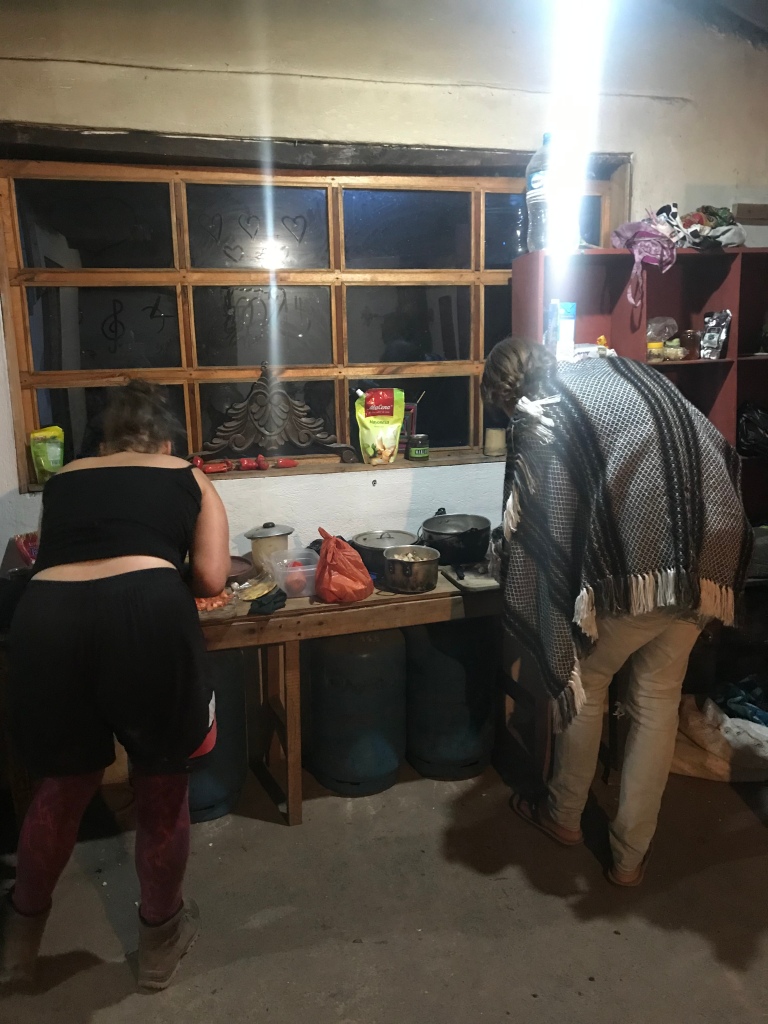
Bending over at the hips to chop veggies 
Andean abuela cooking dinner over the fire 
Our humble abode. I was super inspired to draw, so my art supplies are scattered on the bed
We were literally living with Tío’s family, making it more of a homestay than a hostel, but there were about 8 other travellers there with us (a few volunteering through workaway). Everything was built little. Kitchen benches, chairs, door frames. It felt a lot like Gulliver’s Travels. The Andean people may be some of the most adorable humans on the planet, not only for their petite statures, but for their incredible hearts and hospitality. They really taught us a lot about giving, even in our short two-day stay.
In the morning, Tío came up with the truck and packed our bags for us, and took us to the Hostal shop/office in town to say goodbye to his wife, Tía (if you don’t speak Spanish, tío and tía mean uncle and aunt), where they gifted us handmade woollen scarves, before taking us to the road to catch our bus northbound.
We were so sad to leave Ecuador, as the country and the people have been our home for the better half of 2019. We didn’t know how we would say goodbye, and Tío and Tía somehow gave us the perfect send off and encapsulated our experience. Warm, welcoming, friendly and loving people, just wanting to share their culture and provide beautiful experiences to everyone. And to top it all off, we met our amazing new friends, Courtney and Marco, a Canadian/Italian couple who live in Australia, with whom we successfully beat all the levels of the border crossing game. Check out their blog and Instagram @unsettledlife .
A huge chunk of our hearts has been left in Ecuador (metaphorically, we weren’t a part of any organ trafficking), and we cannot wait to be back. But until then, we’ve got so much more of the world to see! Thanks for following along, and if you have any questions about Ecuador or the border crossing, you know where to find us!
Travel Ecuador: 8 Things to Do in Loja

Sitting at 2060m above sea level in the Cuxibamba Valley in the south of Ecuador lies a hidden gem, in its cloud forest with two rivers running through it. Loja, formerly Ciudad de la Inmaculada Concepción de Loja (City of the Immaculate Conception of Loja), is the capital city of the Loja Province, and it surprised us during our visit, and has us itching to go back for more.
We spent only two nights in Loja and it was definitely not enough. There are plenty of things to see and do in the city and the surrounding area. The city’s motto, Loja Para Todo (Loja is for Everyone), rings true the second you enter the streets. For more on our experience in the city, click here.
This post is about some of the many fun things to do in the city of Loja and it’s surrounding area, but it’s just the start! We weren’t able to get even close to everything done in our two days, but if you only have a short amount of time, you won’t regret ticking these things off the list.
1.Enjoy the Ceviche and Jugo de Coco at Verde & Mar
We stumbled across this modern-day food-truck foodcourt and found not only the best ceviche and jugo de coco (coconut juice) in town, but the most amazing hosts/owners. It was the perfect welcome into the city and set the scene for the wonderful hospitality Loja had to offer. Verde & Mar are on the bottom floor (underneath Shamrock, which is on Google Maps), amongst many other tasty spots, there’s something for everyone, but don’t pass on these guys!
We haven’t been able to find proper jugo de coco outside of the Loja Province, and we’ve tried to make it on our own but it just isn’t the same. If you do nothing else in Ecuador but eat ceviche and drink coconut juice, your trip will have been worthwhile.
2. Visit La Puerta de la Ciudad
Modeled after Loja’s Coat of Arms, which were presented by King Felipe II of Spain in 1571, the gate feels like that of a fairy tale. You can climb the clock tower, the gardens are kept to perfection, and the building itself has four galleries (two showcasing contemporary Lojano artwork; a cafeteria; and gift shop).
It may look like Disneyland, but there are no rides. It’s a cultural and historical site, and it’s free! We enjoyed the atmosphere and the coffee, all they needed was some minstrels and horse and carriages, and we would’ve been completely transported back in time.
3. Take the City Walk and Gaze at the Cathedrals
There are multiple historic churches in Loja, and before you yawn and say “no way,” let me let you in on a little secret. Starting at La Puerta de la Ciudad, you will find a big orange stripe on the sidewalk. This is the Loja Board of Tourism’s way to keep the tourists interested in the Spanish-Catholic architecture. By following the stripe through the city, you will find yourself on a tour of all of the main historic churches and squares.
We didn’t do this (as we had little time and are not multiple-church enthusiasts), but we did visit The Church of San Francisco and caught a wedding, and saw the Cathedral of Loja from the outside. It was beautiful, but we only had so much time and there was plenty of food to be eaten.
4. Walk the Streets and Lead Your Own Food Tour
There’s an endless supply of restaurants, bars ands cafes in Loja, a number of outdoor food courts, and marisquerías (seafood restaurant) galore, all very well priced. They even have a sushi stop, Sushi Cat! So good.
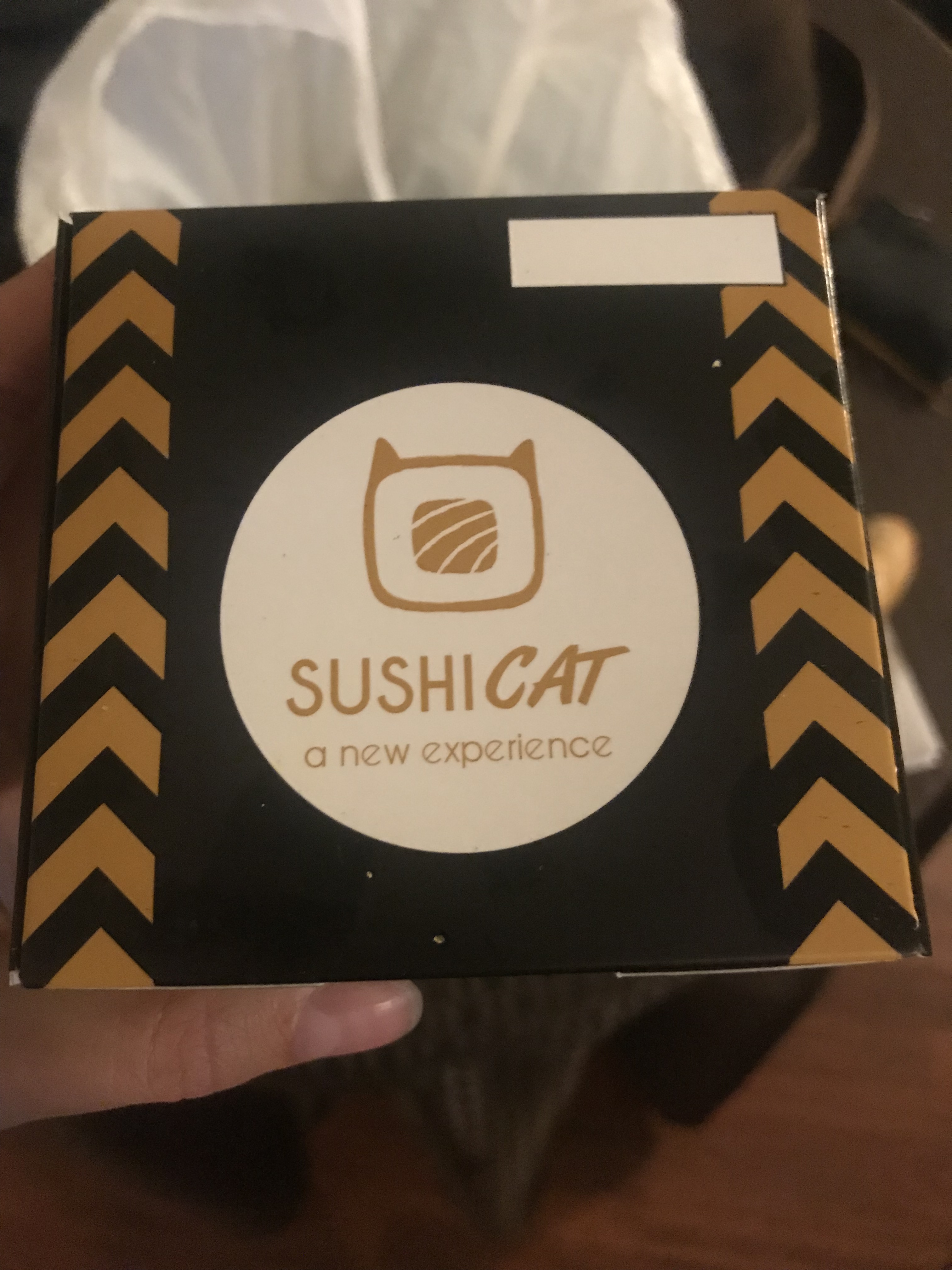

Photo by Joffre Araujo
If you wander Avenida Orillas del Zamora or Calle Segundo Cueva Celi, where they meet, you’ll have great luck. But most spots open after lunch time. Once it’s dark is when it really comes to life.
5. Try an “Empanada Verde”
Traditionally a coastal Ecuadorian dish, the city of Loja has become renowned for these crispy-on-the-outside but soft-on-the-inside treats. Made with dough of green (verde) plantains (a large, solid, starchy relative of bananas), and filled with cheese, meat, chicken or seafood, it’s a taste like no other. We almost wished there had been no Sushi Cat, then we would’ve been able to eat more empanadas!
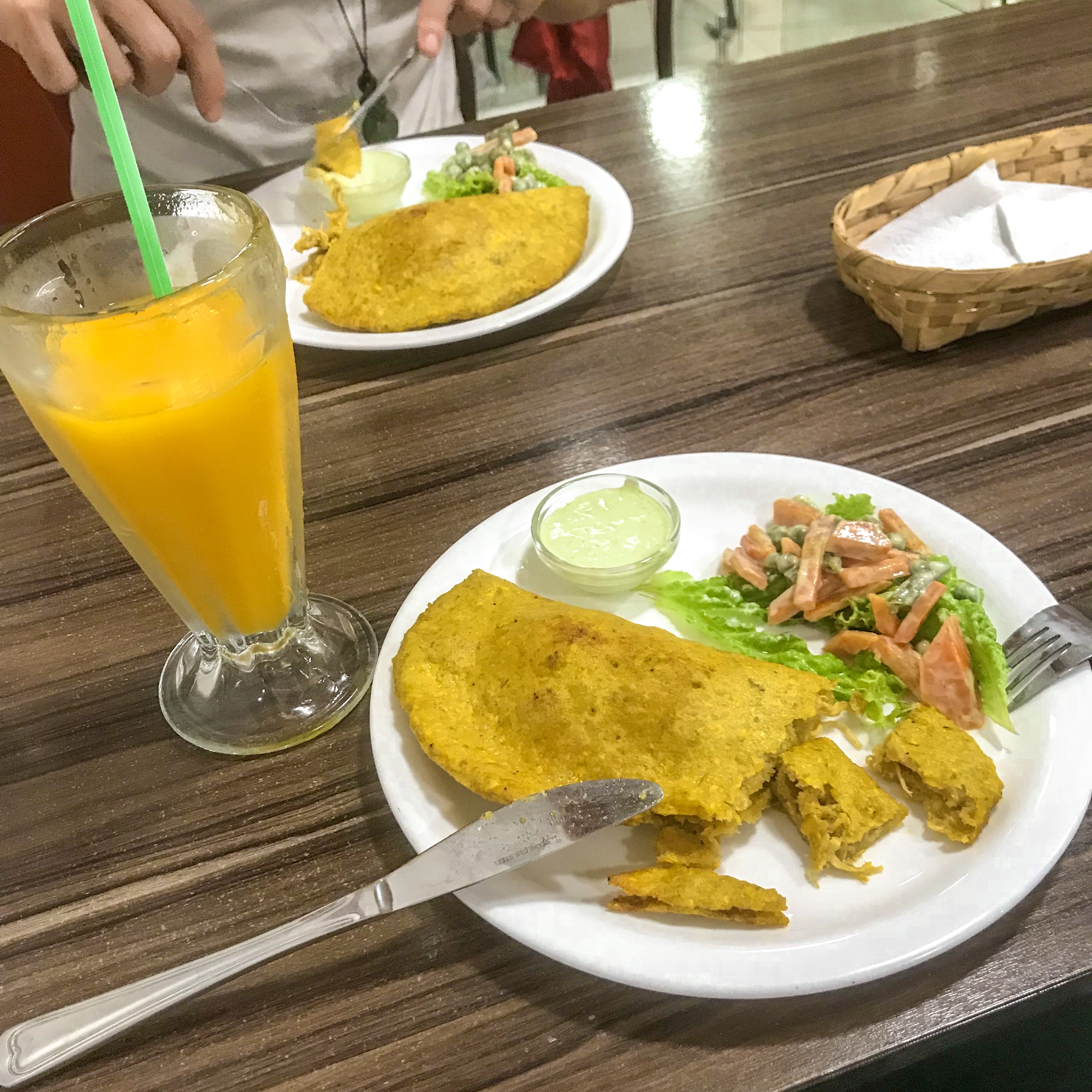
6. Stop in at the Music Museum
If you speak Spanish or are learning, you’ll love this spot! If not, maybe opt for the museum’s cafe. But admission is free! So you can do a tiki tour and feel cultured, even if you understand very little.
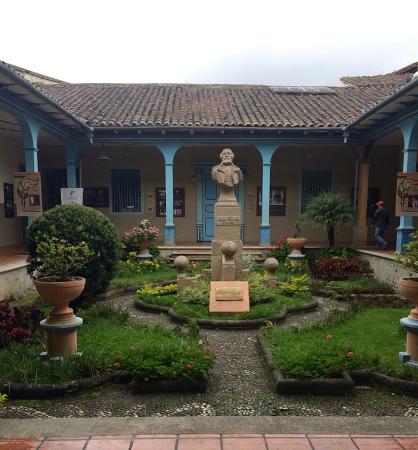
Photo from TripAdvisor 
Photo from TripAdvisor
The museum pays tribute to the history of music in the Loja area and their local artists. Free museums are our favorite kind, but sadly we missed out on this one because it was closed the weekend we were there! So do us a favor and check it out on our behalf, we’ve heard great things!
7. Find La Virgen del Cisne or Join in on Her Pilgrimage
The Virgin of the Swan is a symbol of Mother Mary, and as the story goes, she protected a medieval knight by appearing in swan form. The statue itself was carved in the 1500s and lives in a Lojan town bearing the same name, El Cisne, for the greater part of the year. But each year on the 15th of August, about 500,000 pilgrims begin the celebrations in El Cisne and make the pilgrimage with the statue to Loja.
She stays in the main cathedral until 1 November, and then the fiesta reverses directions. So if you’re in the area during the pilgrimage, it’s worth doing, even if you’re not Catholic!
8. Spend an Afternoon at Jipiro Park
North of the city, Parque Recreational Jipiro sits on 10 hectares of land, complete with an amusement park, lake and a bird island. Swans swim around and you can paddle boat beside them. There’s little shops with snacks and a restaurant, or you can pack your own lunch.
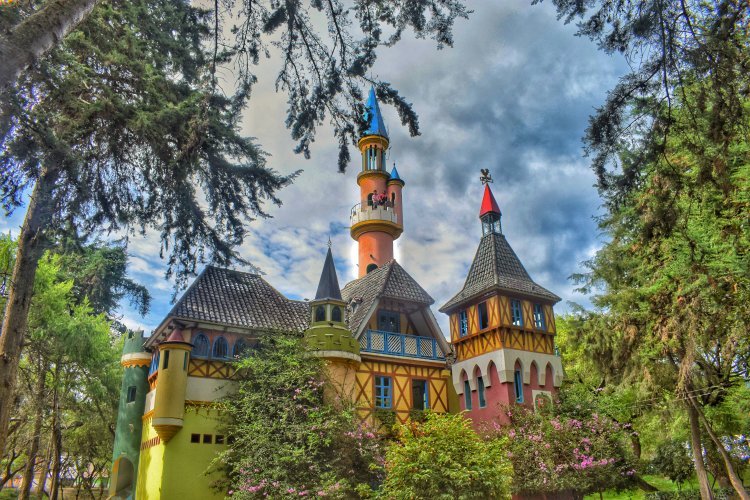

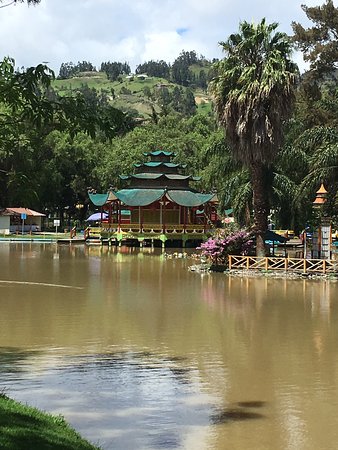
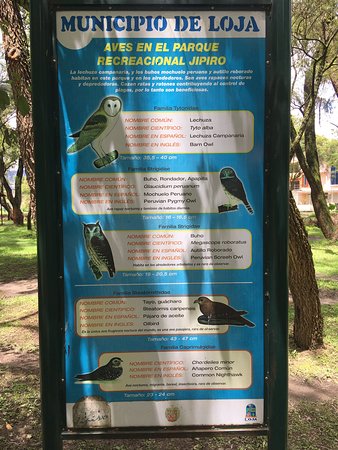
Pictures from TripAdvisor
They’ve recreated some of the world’s most famous structures amongst their incredibly groomed gardens, adding to the fairytale vibes. Sadly we missed this as well, due to gloom and rain. I can only imagine how fantastic Parque Jipiro would be on sunny day.
Some Extra Links for the Loja Enthusiast
Travel Peru – Floating on Lake Titicaca
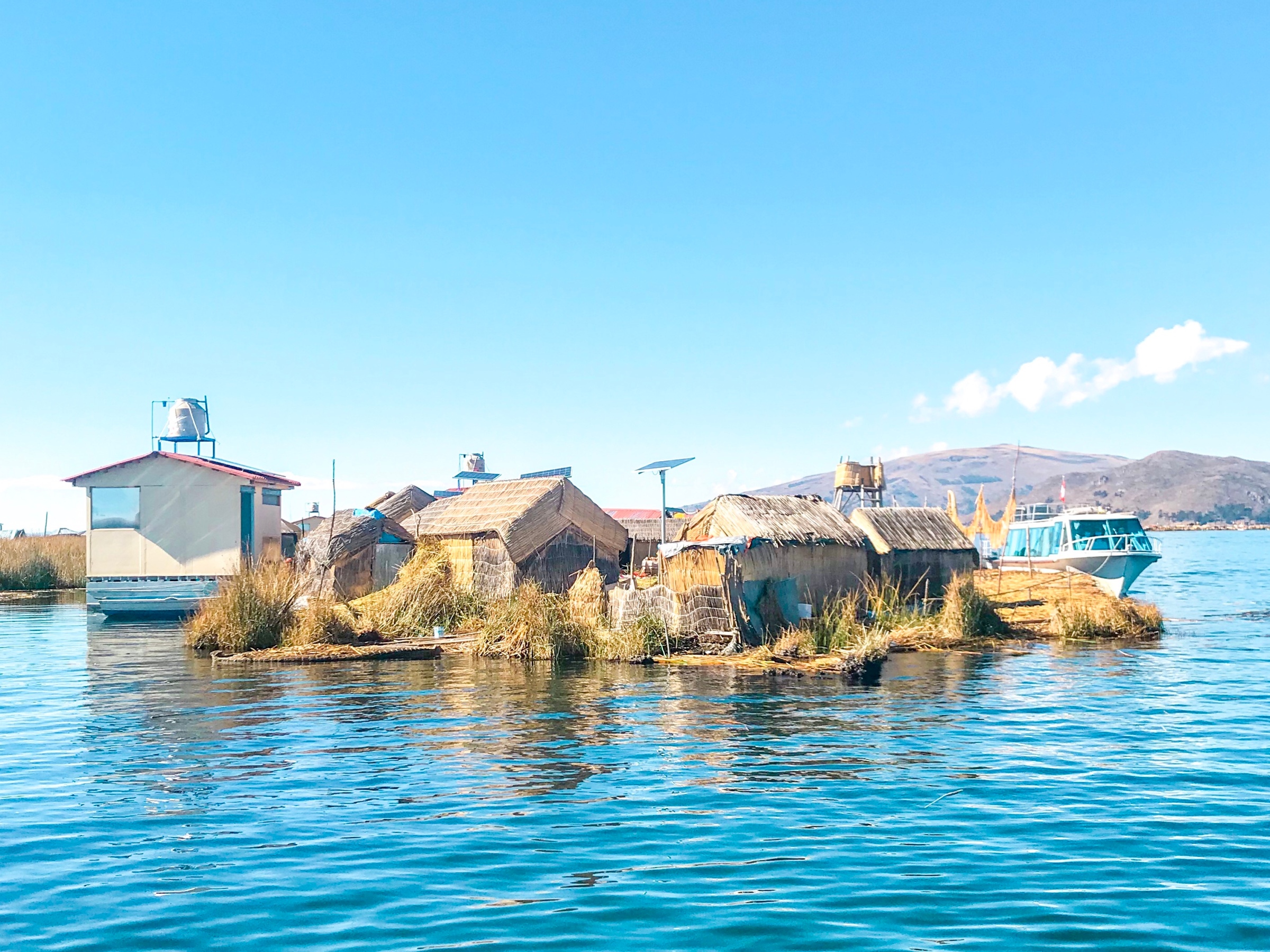
The town of Puno is located on the Peru side of Lake Titicaca, and one of its main points of tourism are the Uros Floating Islands and Taquile Islands Tours. In this post you will find our experiences, some fun information and history, and some important things to know before you travel to Peru and book your floating islands adventure tour.
Lake Titicaca, the world’s highest navigable lake, is found at 3812m (12 507 ft) above sea level. Navigable meaning “able to be sailed on by ships or boats,” (dictionary.com). At 8372 ㎢, its basin crosses the border between Peru and Bolivia.
We visited during the cold season, which was surprisingly warmer than Cusco, despite being at a higher altitude. The weather is decently consistent year round, slightly chilly but full of sunshine. So if you’re planning a trip to Lake Titicaca, any time of the year is great. Just be sure to buy some warm Alpaca wool gear from one of the many markets on Lima Street.
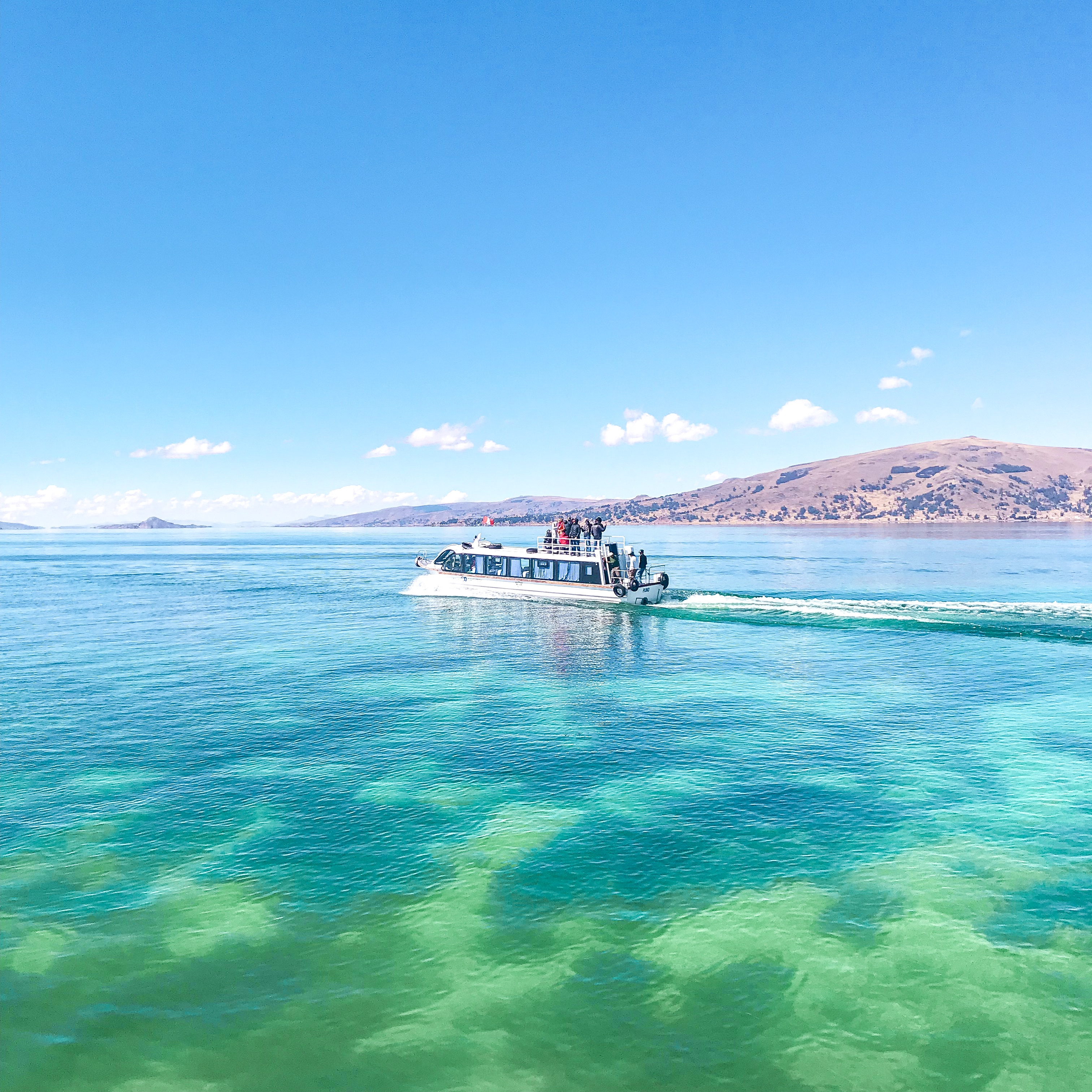
How to Book a Lake Titicaca Floating Islands Tour
There are many options out there to book tours online, but our travels through Central and South America have taught us that booking with local agents once we arrive in a city is the cheapest and most reliable way.
Most online tour companies offer the same tours at many times the price. They have the power to do this to the online generation because so many of the little guys have no idea how to use online advertising. But don’t be fooled by online presence, or lack thereof. Especially in these parts of the world, a good rule of thumb is “just because something doesn’t show up on Google Maps doesn’t mean it’s not there or it’s not great.”
We stayed near the Plaza de Armas in Puno, and if you head there, you will begin to find an endless number of travel agencies, each offering the same thing at relatively the same price. If you head down to Puerto del Puno, you’ll find even more! Take your pick, they all work with the same tour operators, so you just want to find the place that feels right to you.
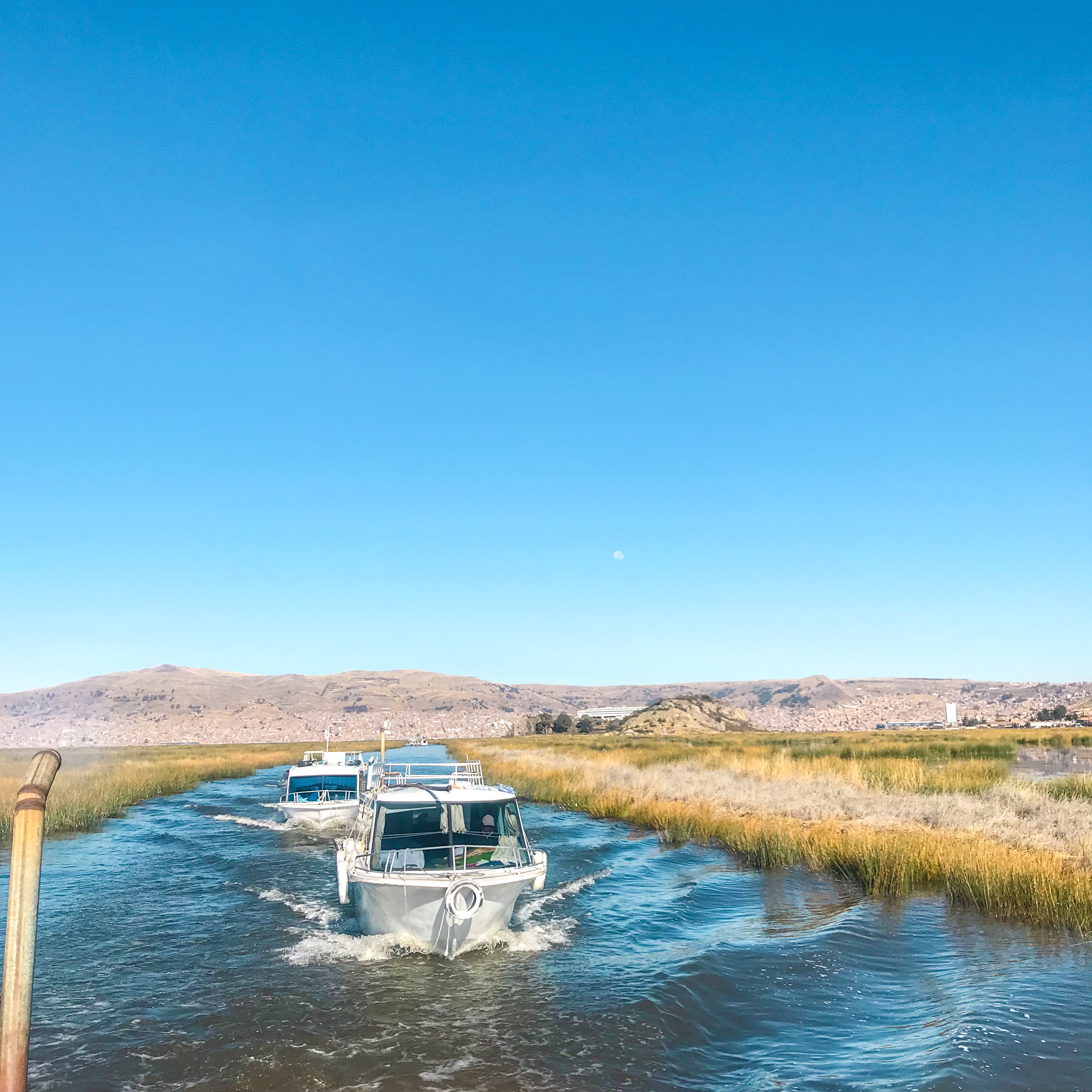
Most agents will have someone who speaks a small amount of a English, but having some knowledge of the Spanish language is hugely helpful while navigating Puno. Almost all tour guides will speak both English and Spanish and you’ll know that at the time of booking.
You can shop around a bit too and get the best bang for your buck. That being said, before you go on a tour it’s hard to know what a good deal is or not, and whose reviews to trust.
Getting a Deal on Your Tour
You have more leverage the more tours you book and the more people you are booking for, but in Peru, no price given is ever final. Sometimes the price given is too good to bother bartering, but if you’re really into the barter game, you probably can knock a sole or two off just for the win.
The tour we went on was a full day, 7am – 530pm, visiting the Uros Floating Islands and Taquile Island. We paid the travel agent $40 Soles per person (roughly $12USD). This included:
- boat transport to the islands
- entrance fees to all islands
- bilingual tour guide
- vehicle transfer back to our hotel in the evening

There is only one dock at the Port of Puno, which stretches from the land into the lake. On the left side, the boats are lined up in hundreds. To get to the furthest boats, you need to walk across all the boats before them! Quite the experience – go slow and take care!
There were a few extra hidden costs, which I will discuss in depth below, but lunch cost $20 Soles and there was a $10 Sole reed boat ride, totaling our day at $70 Soles pp, or $22 USD, so not too bad even with the extras.
The Uros Floating Islands
Interesting Information About the Islands
The Uros are an indigenous people of Peru and Bolivia and according to the descendants still living on the floating islands, they have been creating the floating islands to live on for nearly 500 years. The used to be thought of as having “black blood,” because they didn’t feel the cold.
The islands are made out of Totora reeds, housing between 5-10 families per island, and are anchored down to prevent them from floating away. We learned that during special ceremonies, like weddings or graduations, they can fit up to 600 people on one island – but they do reinforce it like crazy prior to the party!

Many of the Uros people live on the mainland now, but approximately 1200 still live on the islands and head into Puno for school or work – even though there is are 2 islands with a primary school and crèche on them! An island with proper maintenance should last approximately 30 years.
Each island has a communal cooking area made of stone. You wouldn’t want to start a fire in one of the reed houses!
Before the reed islands were made, the reed boats were being created – and families used to live on the boats themselves.
Things to Know Before Your Tour
There are already a few reviews and blog posts on this subject, and with what we’ve read, they all seem to reflect the experiences we had. So please, read this before you go:
- Your day will start early (ours was at 7am at the Port), but we didn’t board our boat until 730am, and didn’t take off until 750am. Be prepared to wait a lot, bring a book or a game or your napping hat.
- After the presentation on how the islands are made, the Uros people separate your group as best as they can to “show you the living quarters.” Do not let them separate you and do not be fooled. This is a sales pitch.
- Inside the living quarters, they sit you down and show you their artisan work. It is beautiful, and expensive. If you want something, barter. If not, do not feel bad. We speak Spanish so we were asking questions about their lifestyle and they didn’t really want to answer us unless we were going to buy. It was super uncomfortable and by far one of the strangest tour experiences we’ve had.
- After the sales pitch, you get herded onto the reed boat, almost with no option. Be firm and don’t take the ride if you do not want to, you do have an option and it was $10 Soles pp (and there’s nearly 50 people, which is why you should not feel bad for not purchasing trinkets). The ride is about 5 minutes from one floating island to another.
- The second island is for coffee or passport stamps. Meh.
- After island 2, you hop back on your boat and head to Taquile Island, which is a 2.45hr journey. Hope you brought that napping hat.

Review of the Uros Floating Islands
If you know the stuff above going into it, you can avoid all the awkwardness and enjoy your morning on the floating islands. It was such a beautiful place, with wonderful history, but the people have lost sight of what the tourism should represent. It is to share their history and culture, but they are trying to do this through pressure and tricks into purchasing their goods.
This happens from time to time on tours, but this was exceptionally intense. Don’t let this deter you from the unique experience, just be cautious of the dollar sign they see imprinted on your forehead.
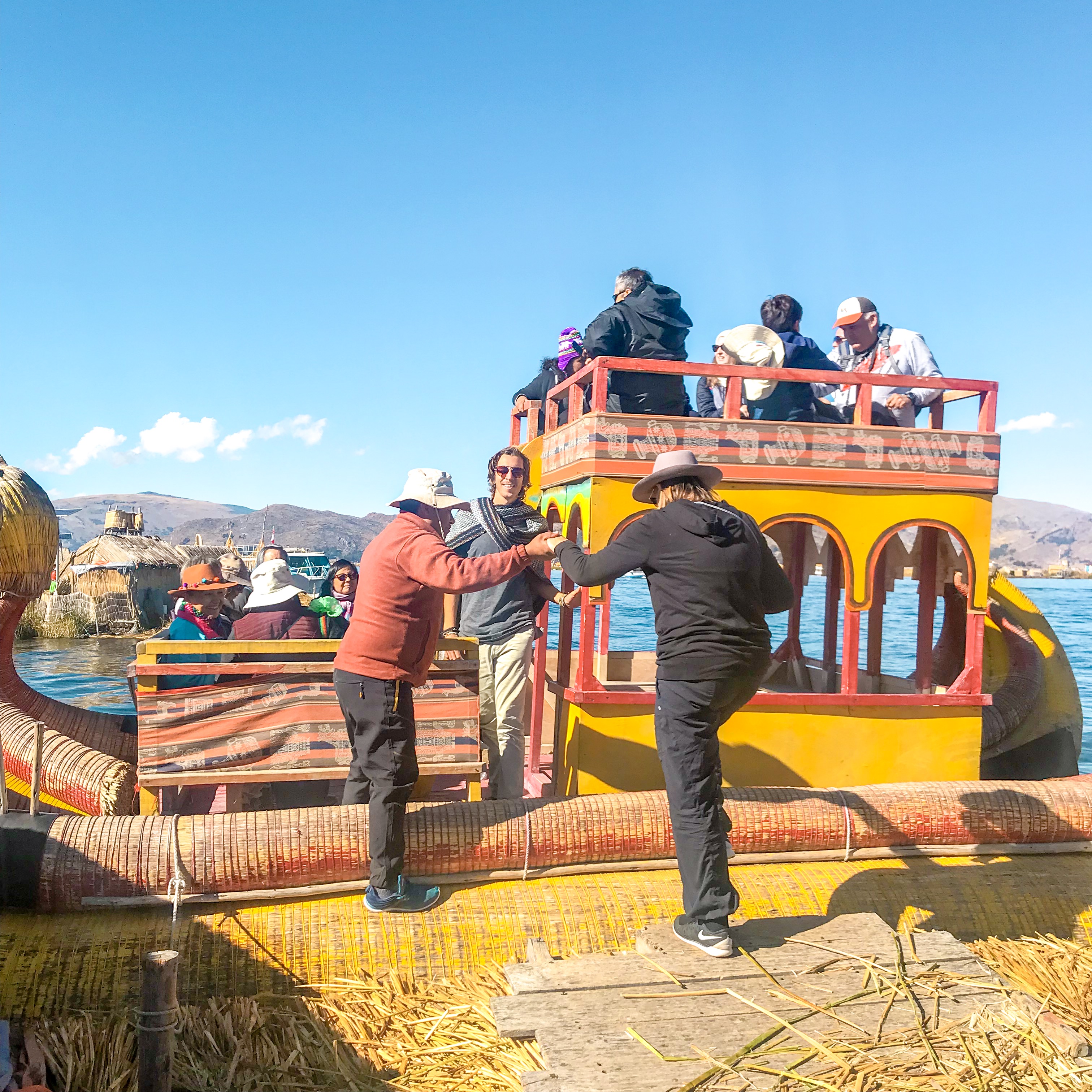
Taquile Island
After your nap (let’s face it, even if you have something to do, 2.45hrs on a gently rocking boat will put you to sleep), you will arrive at Taquile Island.

Interesting Information About the Island
At its topmost point, it is another 238m above sea level. If you want to get to the top, you have no choice but to walk! The island has modern technologies – but no motorized vehicles or large livestock. Even today, the habitants use only their own two feet for transport.
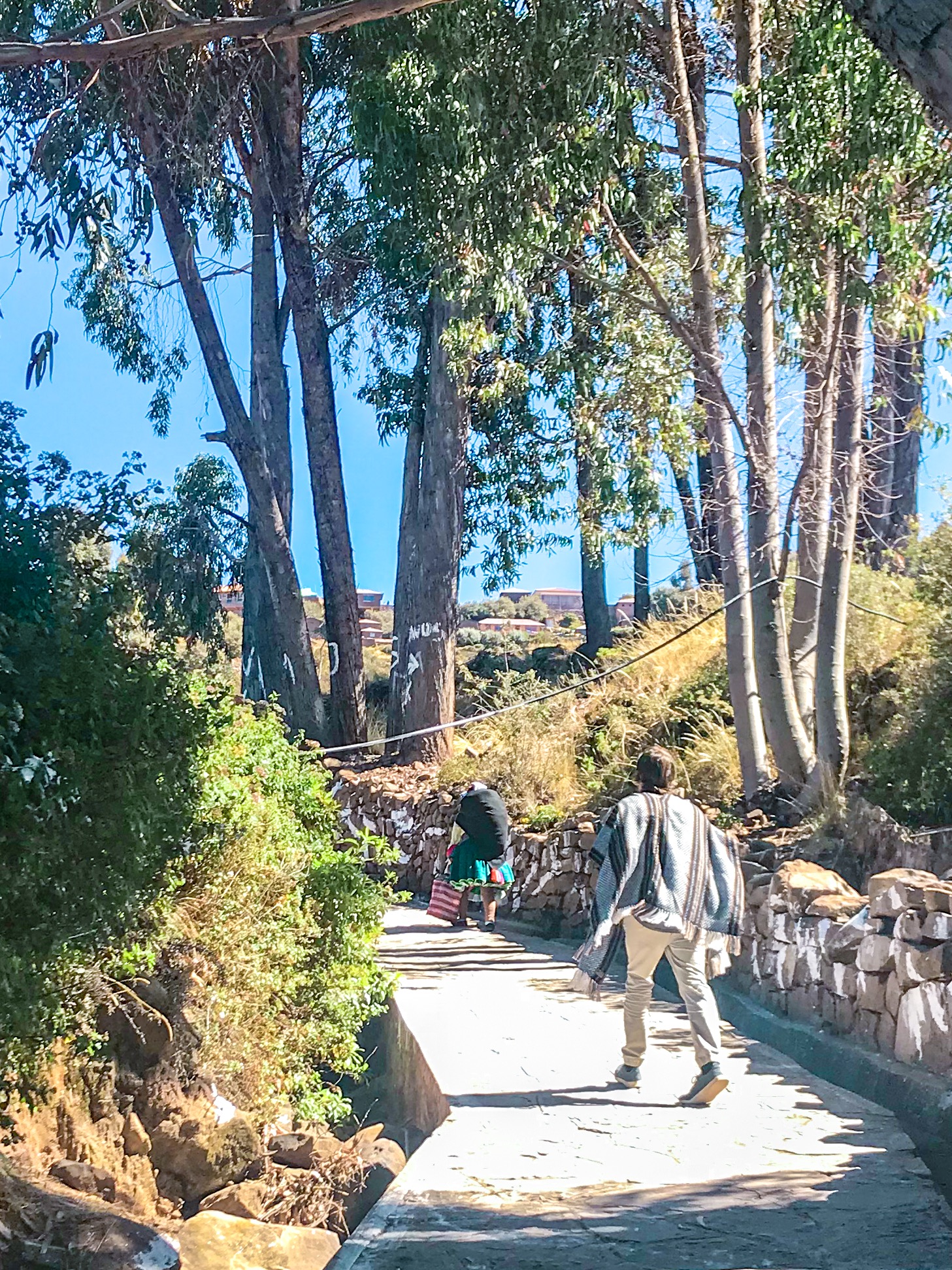
It’s a bit hard to tell, but the elderly lady in front of John has heaps of stuff on her back. And she was smashing the walk!
There are many interesting customs of the Taquileños people, many relating to the textiles they wear and create. Their handwoven textiles are regarded as some of the highest quality in Peru, and are knitted solely by men, who begin to learn in early boyhood.
Colorful skirts are worn by girls and single women, black by the married.
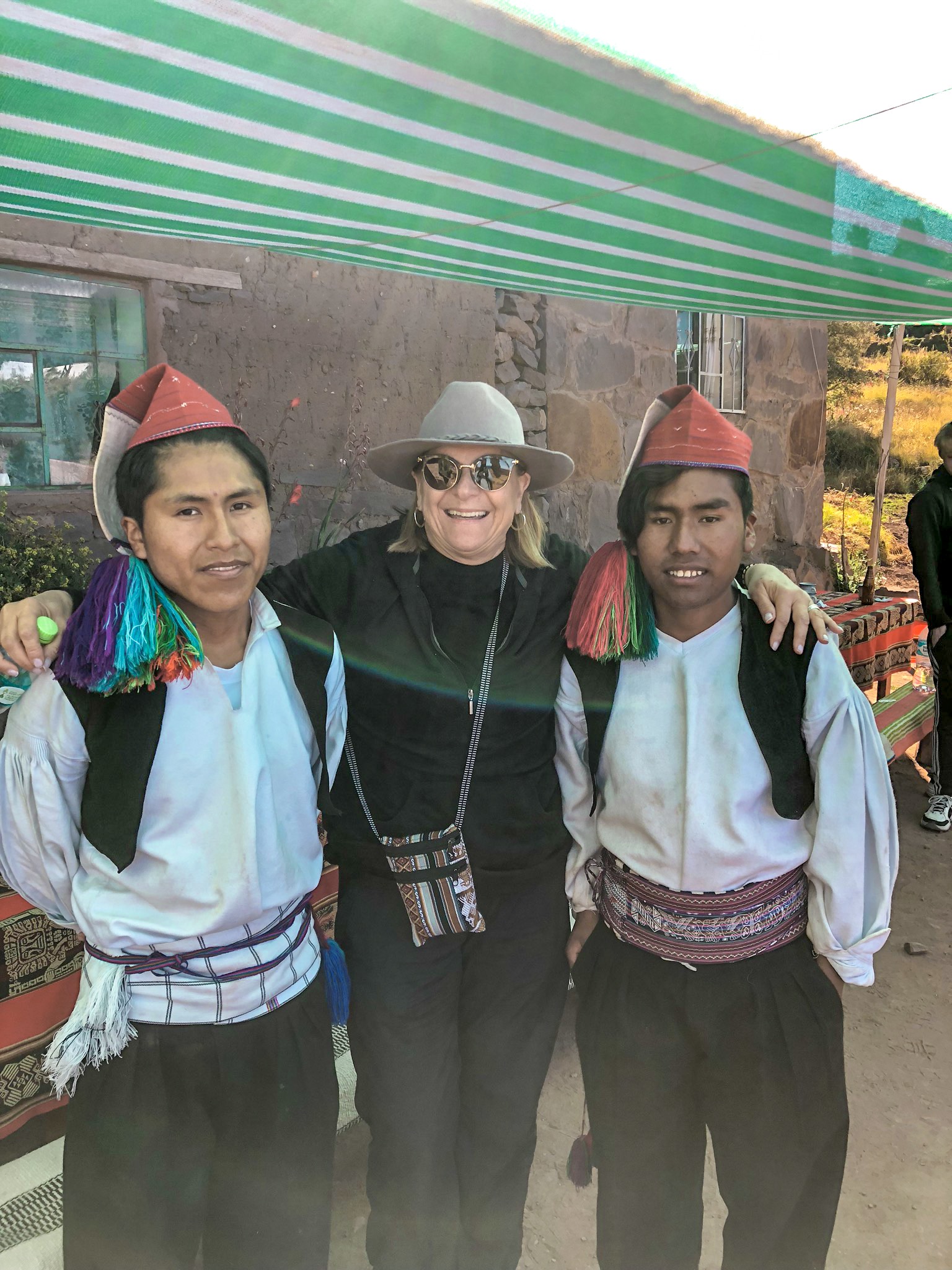
Alternatively, red and white hats are worn by single men and the married men wear fully red ones. Quite the easy way to find a date, or avoid one. My mom found two single men. Classic Sher.
There are no police on the island, but there are “sheriffs” voted in each year by the communities, and they wear colorful beanies with a black hat on top.
They wash all of their textiles with a natural soap that comes from the grinding of plant! They modeled this by washing a dirty ball of natural wool, and it worked like magic.
There are 6 communities on the island, and as you walk along the cobblestone paths, you will walk under an arch from time to time, which signifies the border between communities. Each community provides a different agriculture to the other communities, and it seems to be a harmonious communal model. The food they serve is simple but tastes amazing, including lots of fresh trout from the lake.
Our favorite custom was the daily greetings. Each person carries a leather satchel of coca leaves (not to be confused with cocoa, coca is the same plant that cocaine is derived from but it leaf form it is used as a medicine for altitude sickness) and instead of shaking one another’s hand when greeting, they reach into their bag of leaves, grab a handful, pass it into the other’s satchel, then reach back into their own bag, grab a handful and start chewing on them!


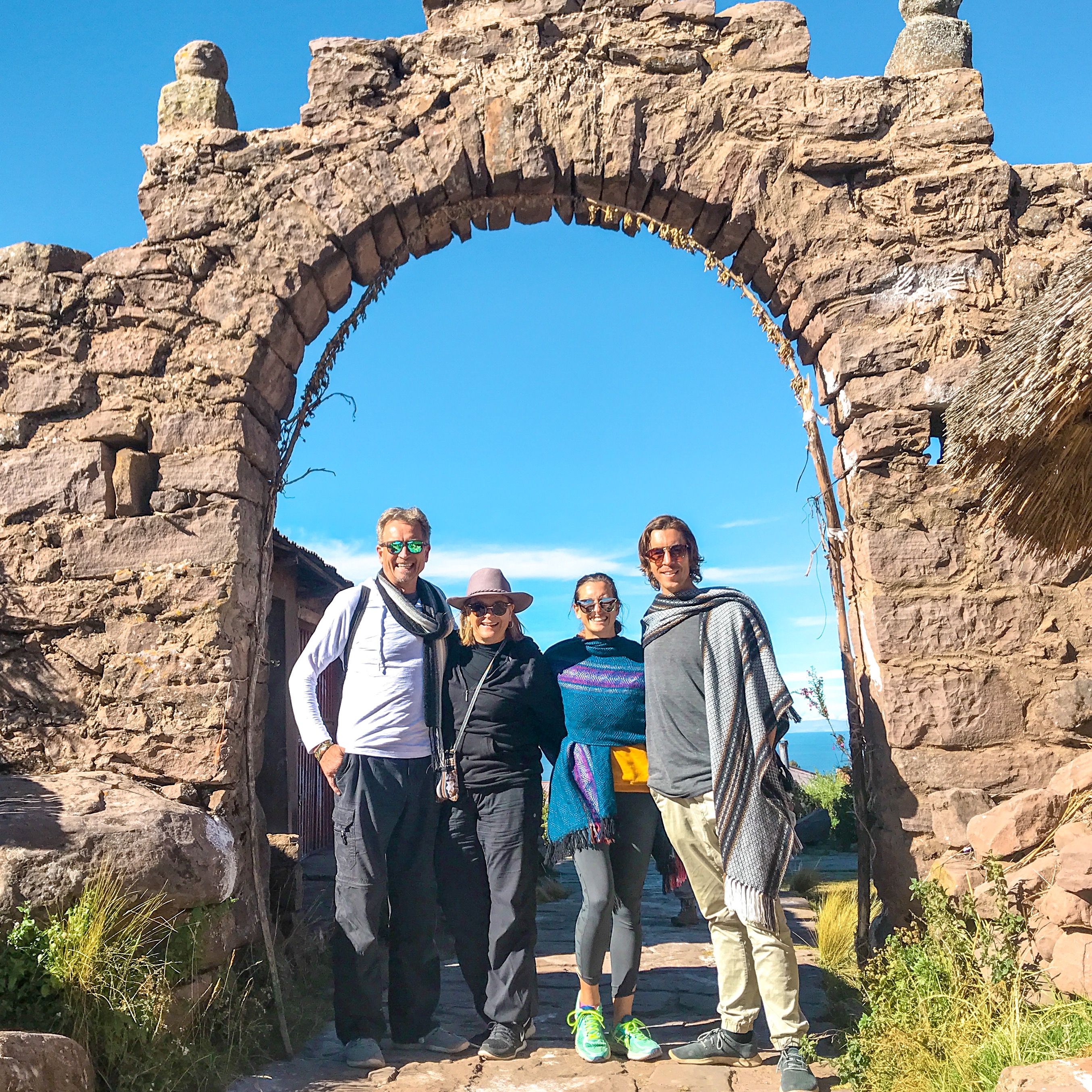
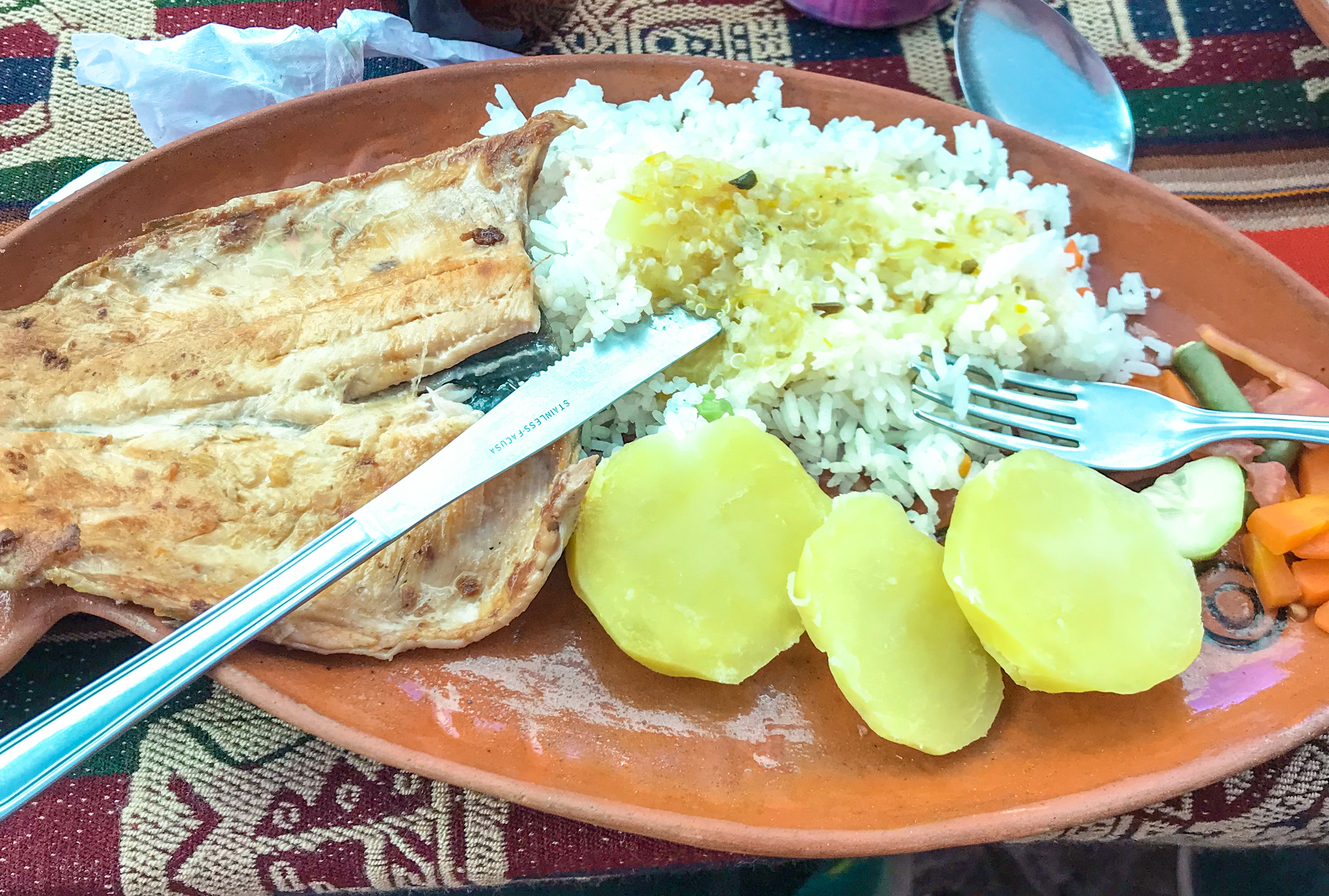
Fresh trout and amazing Peruvian potatoes 
Qantuta, Peru’s national flower
Things to Know Before Your Tour
- We had a few people on our tour who were extremely concerned about the walk up the hill, so they had the option of staying on the boat and having lunch brought to them. In the end, the whole tour decided to make the trek (at our own paces), and we are pleased to say that everyone made it up with a smile!
- Many homes are vacant because a lot of the families have moved to the mainland and come back just for holidays.
- There is a medical centre in the town square (at the top of the island), should you feel any effects of altitude sickness or anything else.
- Money from your tour does not go directly to the people of the island. Anyone selling trinkets or food at the tiendas here legitimately could use the business, but they are not pushy at all.
- Public toilets on the island cost $1 Sole to use and are not well maintained. You can use the toilet on your boat before disembarking if you’re particular about toilet use.
- Lunch can range between $10-20 Soles, plan for $20. You do have the option of opting out, but we recommend eating the beautifully preparedness meal. It was at a house, not a restaurant and during lunch is where they teach you all the interesting facts.
- Tipping your guide and boat captain is not mandatory, but it is a nice thing to do if you’ve had a great day.
Review of Taquile Island
This was the highlight of our day, and our time in Puno. It was informative, authentic, and full of incredibly warm and welcoming people. The walk was a bit tough at times but making it to the top filled us with a sense of pride and wonderment. We were 4050m above sea level, on the highest navigable lake in the world. And the food was great!


The tiny streets just off the main square were homes and tiny businesses. It would’ve been really neat to see some sort of accommodation because spending a night on this island would have been lovely.

The view while we ate lunch 
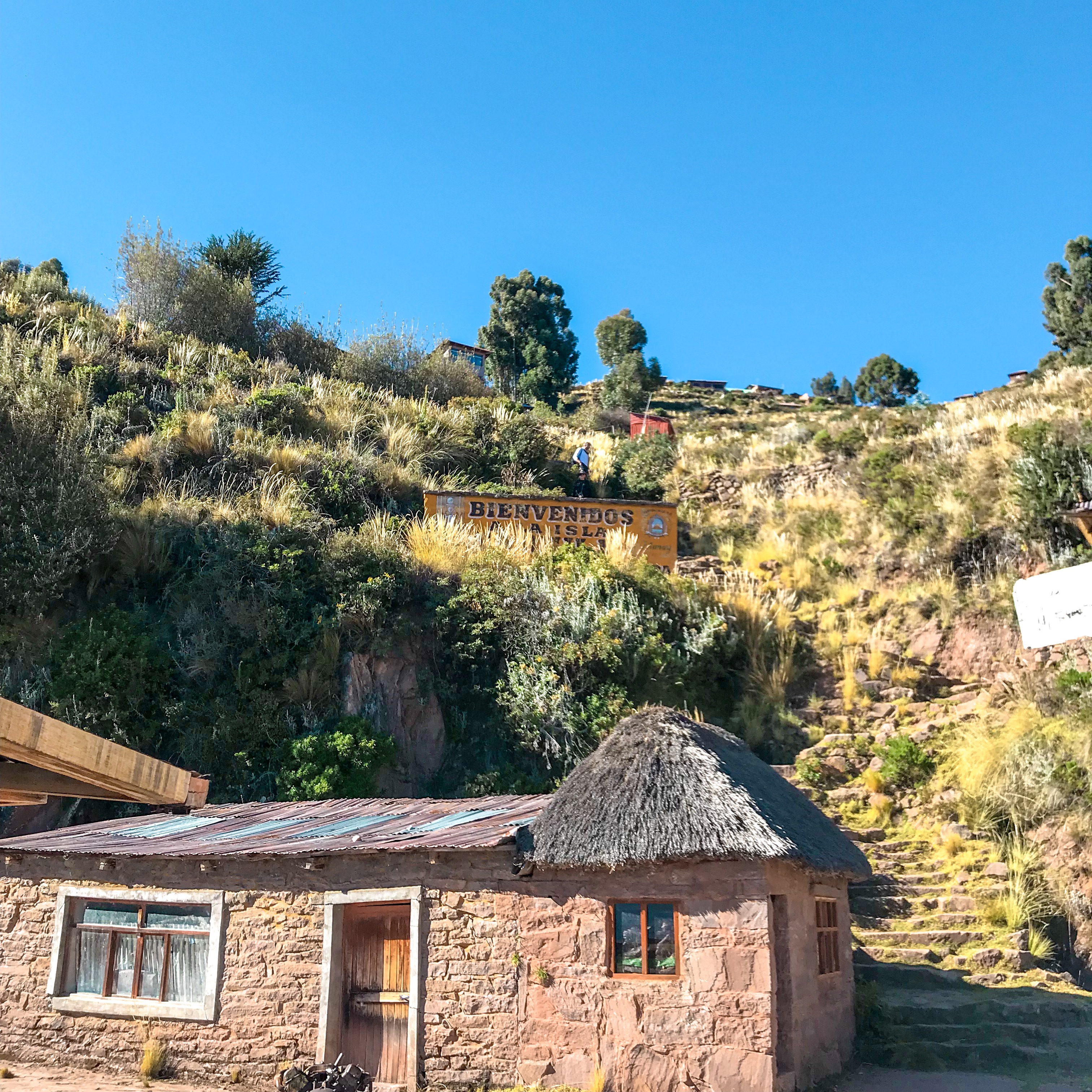
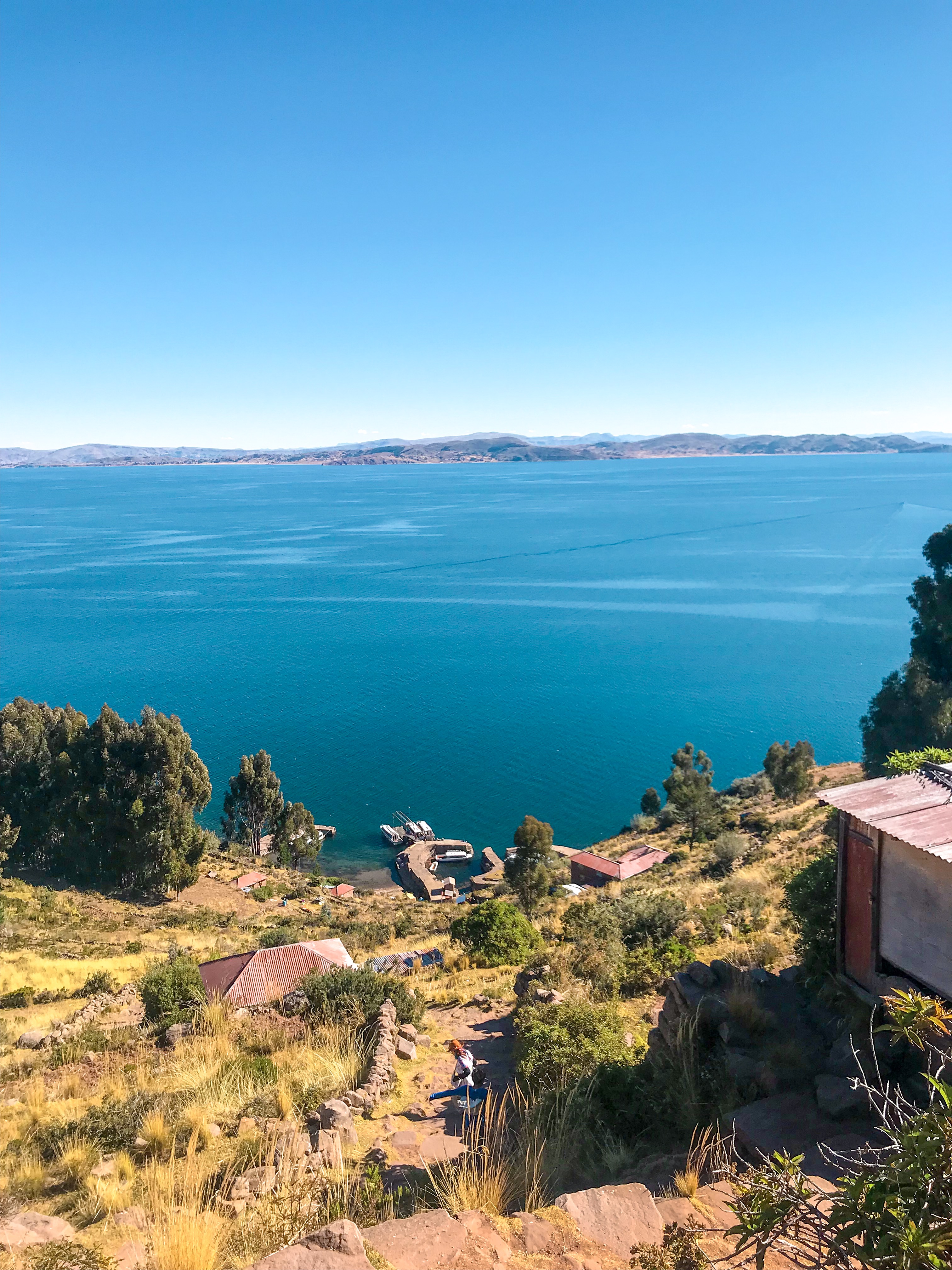
The port on the other side of the island. Tour groups start on either side, walk up to the main square then down the other side.
The boat ride to and from was a bit taxing but there were a lot of wonderful sights, and if you remember where you are, you’ll be in awe the entire time.
Enjoy Your Time in Puno
The city itself needs a bit of work on the tourism front, as they depend so heavily on the floating islands for tourism, but there are still a number of great restaurants and museums to check out. That being said, our number one recommendation after a long day on the water is the Inca Sauna.
We were lucky enough to have the place to ourselves from 630-930pm, but we’d recommend booking it privately if you have a decent sized group. You need to book in advance either way so they can make sure to have the temperatures right. They have a hot tub, dry sauna, wet sauna, cold immersion showers and hot showers. But the best part is their menu. Traditional French crepes (the owner and manager are legitimately from a dance), toasted sandwiches, and the best Pisco Sour we found in all of Peru.

Learning about traditions, and witnessing the cultural preservation of the Peruvians and people of Lake Titicaca was absolutely amazing. But I’d be lying if I said the heat of a modern spa pool and the French cultural culinary experience weren’t the icing on the cake.
Ecuador Tourist Visa Extension Application Information 2019
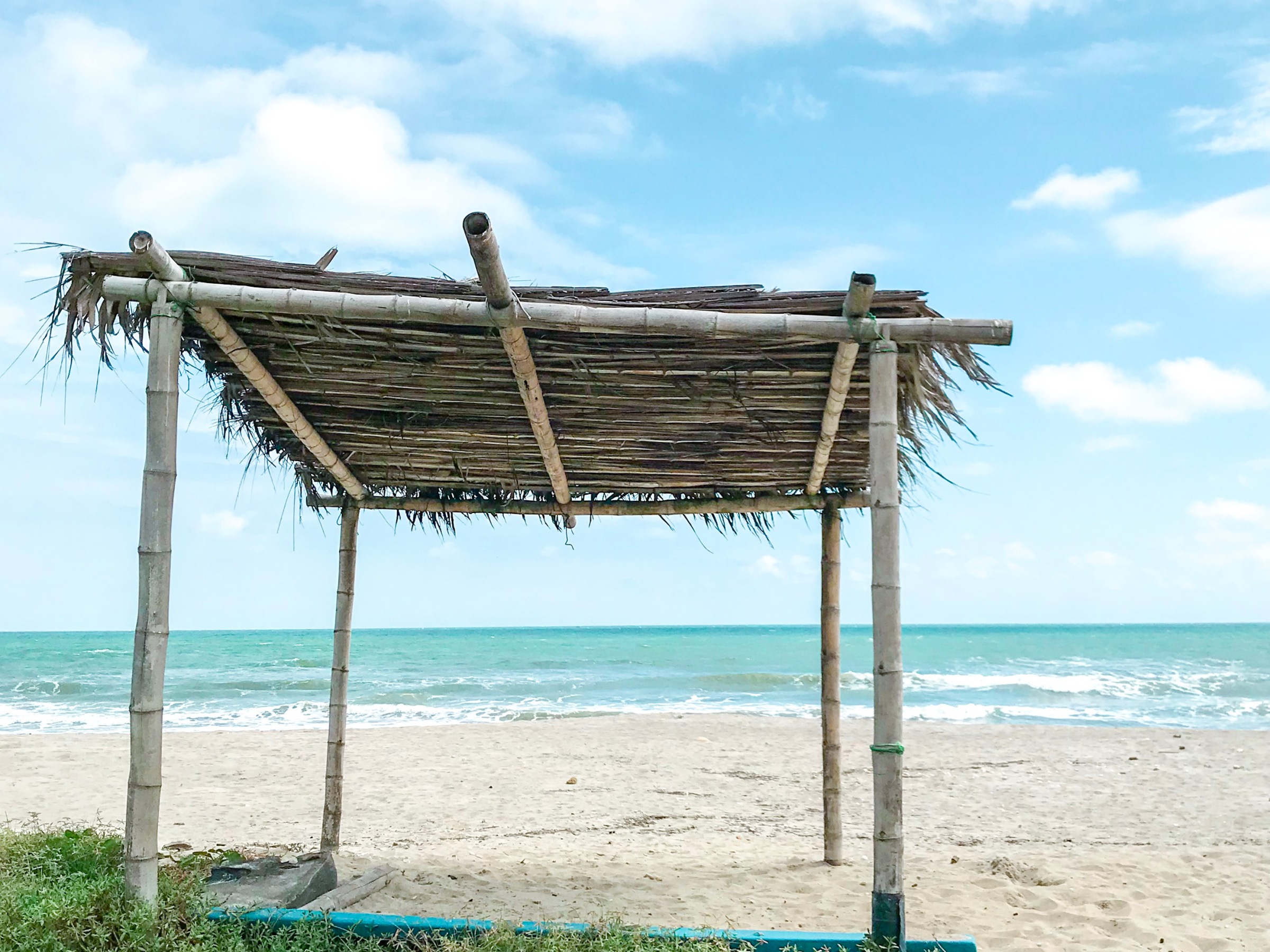
The Ecuador Tourist Visa Extension Application, or Prórroga, is for any of you tourists out there who have made it to Ecuador, fallen in love with the country, and you want to stay longer than your free 90 day tourist visa.
There are a few options, but the “easiest” one is the Tourist Visa Extension, which gives you an additional 90 days in the beautiful land.
There are a couple of blog posts out there that describe the Ecuadorian Tourist Visa Extension process, but there is a decent amount of conflicting information, which can cause many problems.
Another major problem is that the government website offers very little information about the visa extensions, and has not been properly updated since the changes to the policy were made back in 2017. Visitors are left at the hands of bloggers, or needing to go into a Migración office just to find out, what should be simple, information.

We know that not everyone has the time to head to an office, especially if you’re traveling rurally. And some of you may not speak enough Spanish to get the information even if you do make it in to ask. We want to help you as best as we can!
As of posting, this is the most recent and updated information on Google, and we have been living the experience for the past 3 weeks. Needless to say, you can trust this information to be tried and true.
Below you will find some basic information, the step by step guide, an overview of some of the misinformation out there, and some important links. We’ve done our research and lived this all.
If you have any questions, please contact us! We are here to help you stay legally in our favorite country in the world.
Keep in mind that this is general information for the full country, but specific to the Quito office. We have spoken first hand to multiple Migración agents at the Quito office, other tourists and residents, and can confirm the information here has worked for us.
Basic Information on the Ecuador Tourist Visa Extension
If you are from the following countries, this information does not apply to you, and you have a 180 day tourist visa for free, as you are a part of UNASUR: Argentina, Bolivia, Brasil, Chile, Colombia, Guyana, Paraguay, Perú, Suriname, Uruguay, y Venezuela.
If you are from the following countries, this information does not apply to you as you need a special visa to enter the country initially: Afghanistan, Bangladesh, Cuba, Eritrea, Ethiopia, Kenya, Nepal, Pakistan, Republic of Korea, Senegal and Somalia.
All other countries, the information below applies to you.
Within 12 months from your first entry into Ecuador, you have a 90 Day tourist visa. This visa can be used for multiple entries, so long as you’re not overstaying the 90 days.
The visa extension we describe here is for an additional 90 days, but they are in succession. This is different to your first visa which is 90 days within 12 months. You can leave and enter again on your Prórroga extension, so long as you are gone by the exit date listed, and cannot return for 12 months from that date.
Step by Step Guide to Getting your Ecuador Tourist Visa Extension
- Print out the Extension Application Form and fill it out.
- Go to the Migración office nearest you, on your 90th day in the country, to confirm you have all of the correct information and that they will accept your application. (To count your days, start count on the calendar from the day after you arrived. Example: we arrived on 10 March, so we counted 11 March as day 1). You will have to come back the next day, because they cannot approve your application until day 91, but it is still in your best interest to see them a day or early to confirm (possibly 2 days if you’re a worry wart like me).
- On Day 91, find your nearest Banco de Pacifico and head to the teller to make a deposit. Fill out the deposit slip with:
- Passport number, name, code 4.6 and value $131.33 USD
- The bank teller will take your deposit slip, passport and application form, and fill out all the information on the computer to print you out a new deposit receipt. There is a $0.57 USD deposit fee.
- Take the deposit slip receipt, your filled out application form, and your smiling self, back to the Migración office. Your Migración officer will send you to the cashier office, where they will enter your deposit information and provide you with an invoice to take back to your officer.
- Give all the paperwork to your officer, and they will print you out a paper copy of your new 90 day visa extension, which shows you your new date of exit.
- Celebrate!

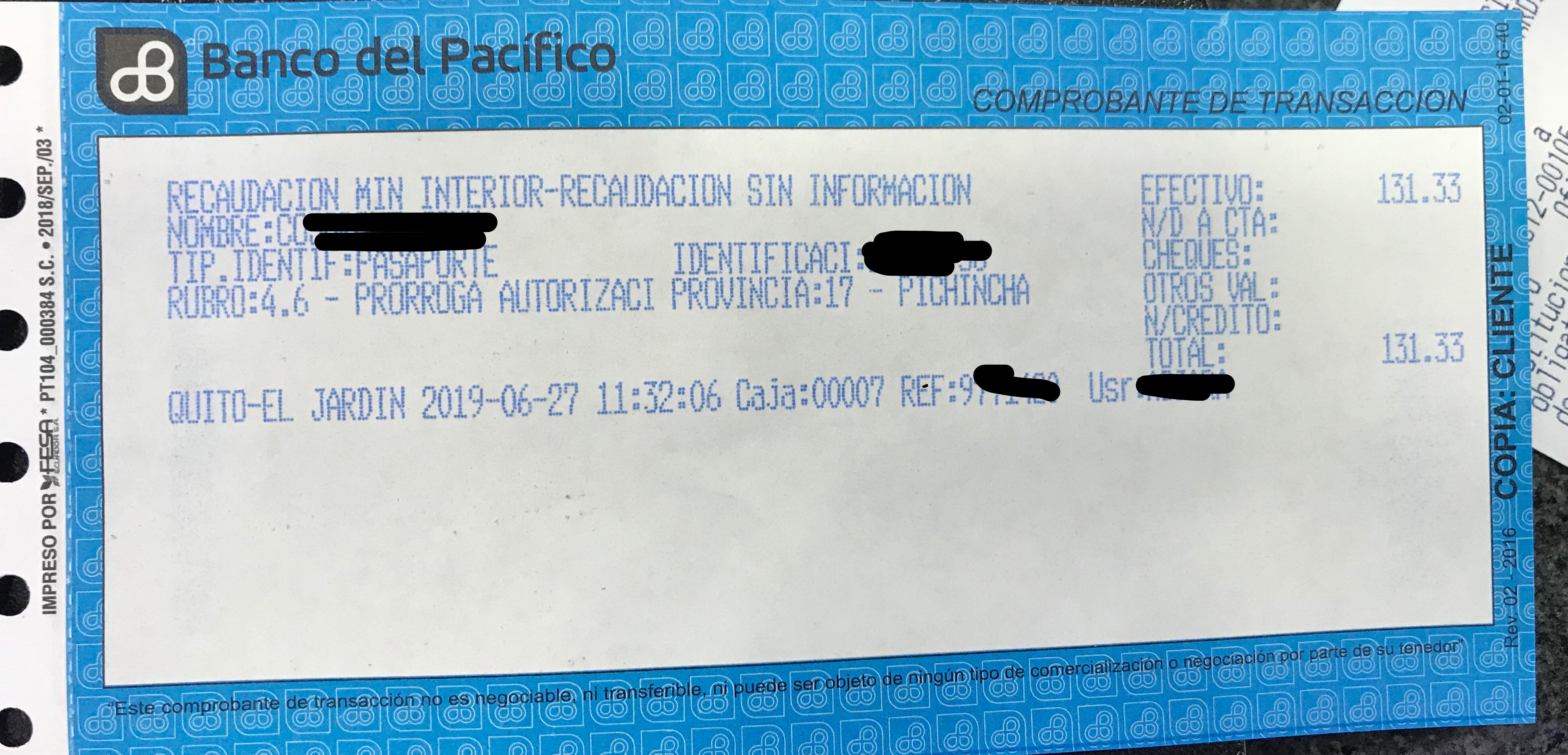
Misinformation on the Ecuador Visa Extension Application
- The most misguided information we received was: the visa extends directly from the day you apply for it, so to not apply too early as you will miss out on days.
We found out the hard way that this was not in fact true. You may only have 1 visa at a time, and your first visa must expire before you can be awarded a new one. Different to many countries, but this is their newest system here.
We turned up on the 88th day, hoping to push it close, because we had a flight out to Peru on our 90th day, thinking our extended visa would be ticking while we toured Peru.
The immigration officer told us that he ABSOLUTELY COULD NOT process our visa until day 91, because of a new system, but as we were flying out on day 90, we would not be allowed back into the country. Our only option was to leave on day 89, so we had 1 day left to enter.
That was one hell of a day, as we panicked to change our flights, the LATAM online and over the phone payment services were down, so we had to rush around Quito to get to a LATAM office, by then the prices had gone up, but finally we advanced our flights and left with 1 day to spare.
Most tourists would be staying in the country during the overlap period, so we were a bit of a special case, but we had orchestrated it that way due to the misinformation we received online.
Upon returning into the country, the Migración officer at the airport urged us to apply for the visa that day, day 90. We had been told day 91, but we went into the office just to make sure. It is on Day 91 that they will extend your visa. We have read on other blogs that say there is a 20 day leeway period, but I would not trust that. Go into the office on day 90 to have your paperwork checked, and complete the process on day 91.
- The most updated Migración news page on the government website offers very little information, and states that the fee is $125USD. As of 27 June, 2019, the fee is $131.33USD per person applying for extension. This correct fee is listed on the application form. There is a $0.57 deposit fee per applicant from Banco del Pacifico.
- We did not need copies of our passport or entrance stamp. Many blog posts state you do need this, but we did not. If you go to the Quito Migración office, there are 3 Internet cafe’s with printing available, within a stones throw, so you do not need to fret.
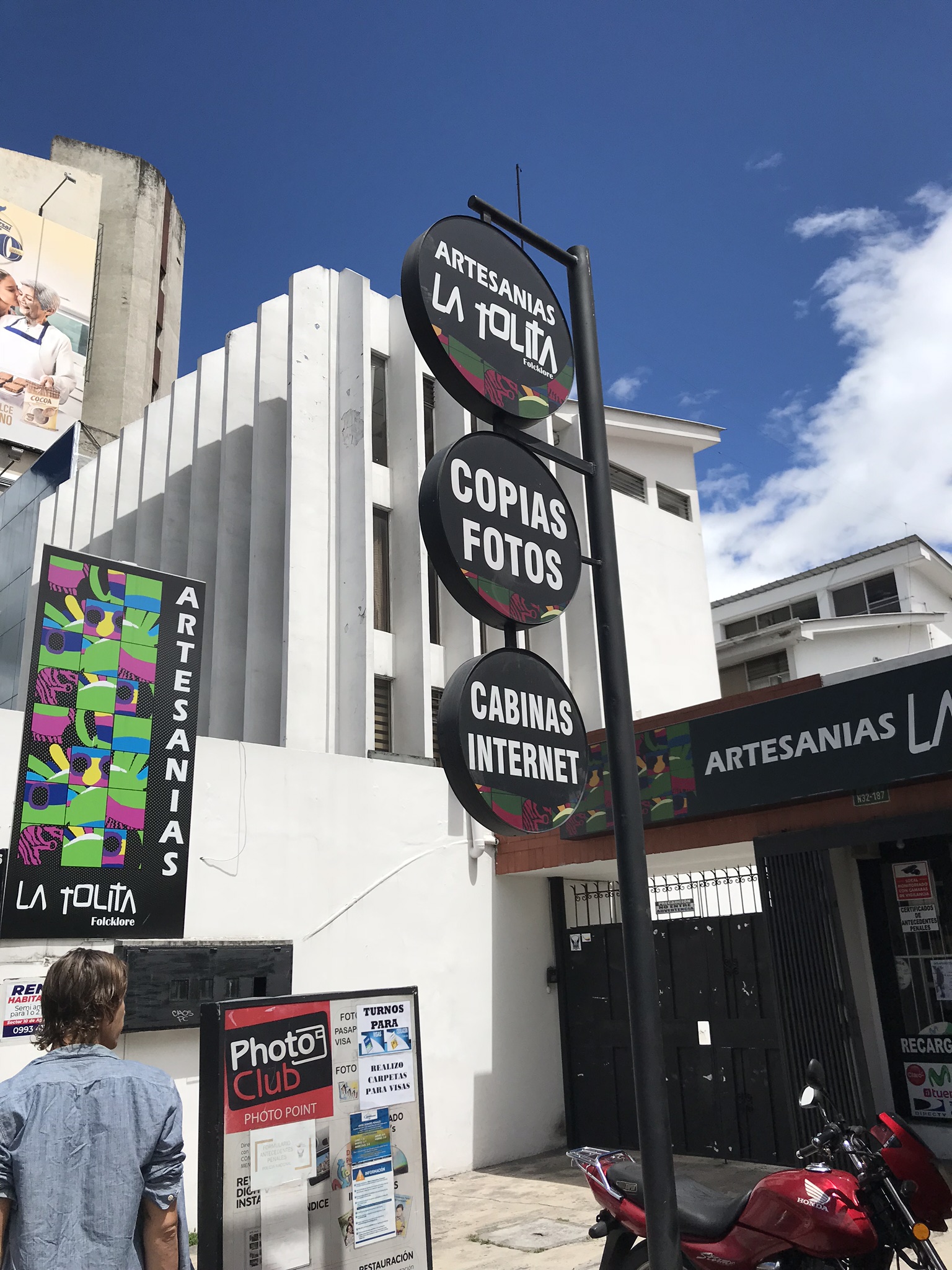
Important Links for Ecuador Immigration
Official visa extension application form/Formulario de Solicitud de Prórroga: https://www.ministeriointerior.gob.ec/formulario-de-prorrroga-para-el-permiso-de-permanencia-autorizada-en-ecuador/ or https://www.ministeriointerior.gob.ec/wp-content/uploads/2017/11/nuevo-formulario.pdf
List of Migración offices in Ecuador: https://www.ministeriointerior.gob.ec/directorio-de-servicios-de-apoyo-migratorio/
Official website of Ecuador’s Ministry of Interior and Immigration: https://www.ministeriointerior.gob.ec/
Place to celebrate with cheap beer and food and great atmosphere nearby in Quito, La Pradera Food Garden: https://m.facebook.com/praderamega/
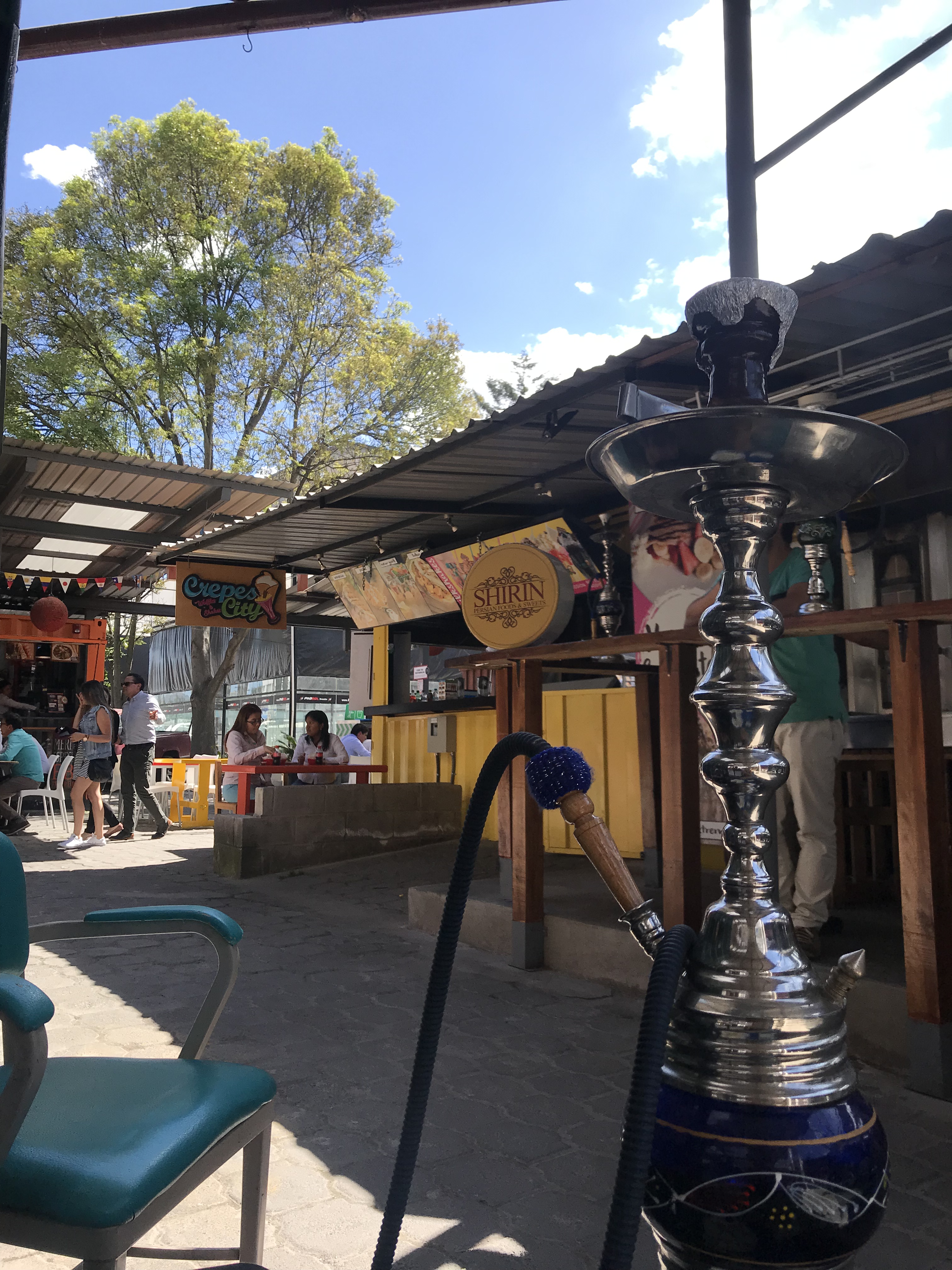
Congratulations on getting your extension! We would love to hear your experience with all of this, and within Ecuador! Drop us a line below or send us a message on Instagram or email. Buen Viajes and Happy Ecuador-ing!
A Taste of Mérida

A brief review of our short but amazing time in Mérida, Yucatan, with things to do, places to see and experiences to be had.
When people think of visiting Mexico, they often think of the resort town, tourist destinations of Cancun, Mayan Riviera, Mazatlan, and Cabo San Lucas. It’s a shame, because there is far more rich culture, landscapes and history to be explored outside of these towns.
Close to Cancun is the city of Mérida, only about 3.5 hours in the car. Many tour companies will take you west for the day and bring you back to Cancun at night, but we recommend getting out of your resort comfort and spending a few nights in the energetic and culture rich city of Mérida. It’s filled with Mayan and colonial heritage, and it is situated inside the Chicxulub crater (where the asteroid that wiped out the dinosaurs hit)!
Our First Night
We stayed at Casa XunanKab, for our 3 nights in town. It was in a great location near the historical centre, but not too close that we heard any ruckus. And the hosts were absolutely wonderful! (Photos borrowed from Booking.com)
We asked what time we should be home to keep ourselves safe, and if it was best to take a taxi. Our host laughed and said it was a safe area at all times of the day and we could walk home at any time! We still came home by 11, but it was crazy, because I wouldn’t walk down the streets of central Auckland or Edmonton at all hours. Travel continues to remind us not to label an entire country based on negative events that take place there, but to still keep your wits about you, no matter how ‘safe’ a place is. Anything can happen anywhere, but when you leave your comfort zone, that’s when amazing things happen.
We quickly found out that Merida was celebrating it’s 477th birthday (during the whole month of January), and we arrived just near the end of the festivities. There were night markets all through the main streets, multiple stages set up, and a number of different musical acts, even one with a flamenco dancer! And what surprised us the most…all of the entertainment was free! Mexico really knows how to party.

Perfect spot for beers, tea and live music 
Singing with the Mariachi 
Flamenco 

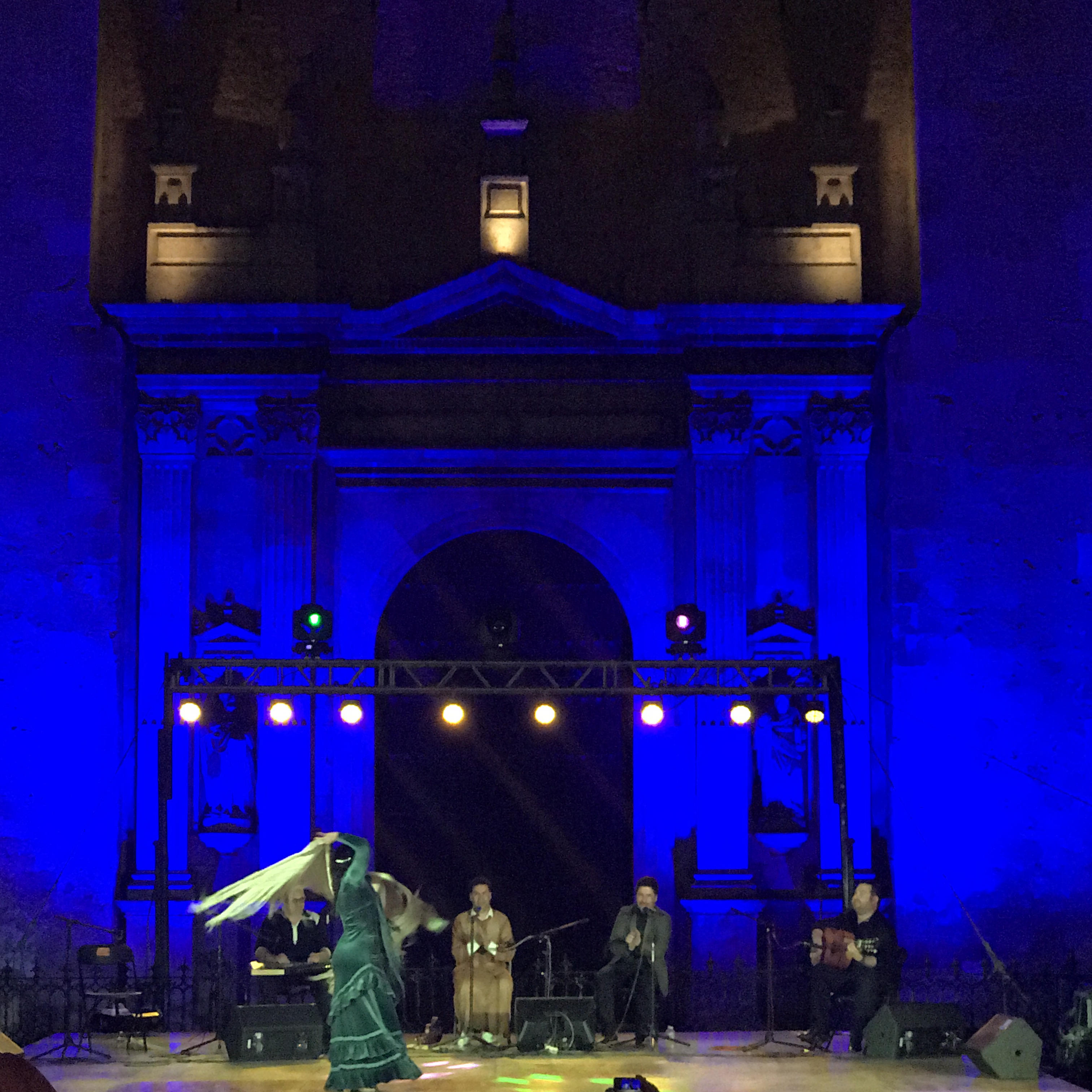
A Lot to Taste
We had 3 nights and 4 days in Merida, which was enough to get a taste, but definitely not enough for the whole meal. The city on its own has enough culture, museums, music, workshops and restaurants to keep you busy for months. The surrounding areas include many Mayan ruins, multiple geographical features and ecosystems, beaches, and the town that is at the epicenter of the Chicxulub crater (dinosaur/archaeology museum to open late 2019).
TripAdvisor and Google are full of tourist suggestions, so have a read through and pick what piques your interest. I don’t think you’ll be able to choose wrong.
How We Spent Our Days
In the city, the food experiences were at the top of our list. We had street tamales with mole (basically a chocolate sauce, but not too sweet, so it’s -a meal not a dessert), found the best macchiato John has ever tasted, and endulged in tacos and ceviche, as one must while in Mexico.
There was a Oaxaqueña Market near the Parque Santa Ana, I’m not sure if it’s up all year round or not, but it’s worth checking out, especially if you can’t make it all the way to the state of Oaxaca. Oaxacan food is incredible! Stay tuned to our blog for posts about our 2 months in Oaxaca.

Making tlayudas 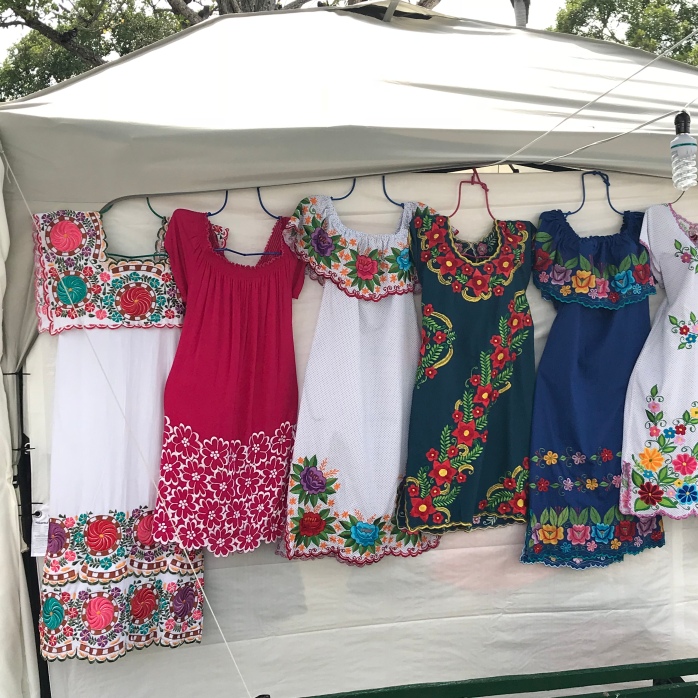
Beautifully embroidered “ropa típica de Oaxaca” 

We spent a couple hours at the Museum of Anthropology and History, which was close to where we stayed. It was $50 pesos per person, and it was all in Spanish, but it was still pretty interesting with our mild to medium Spanish language abilities. It had lots of amazing artifacts and art works, and an interactive library upstairs. And to top it off, the building itself was a work of art.
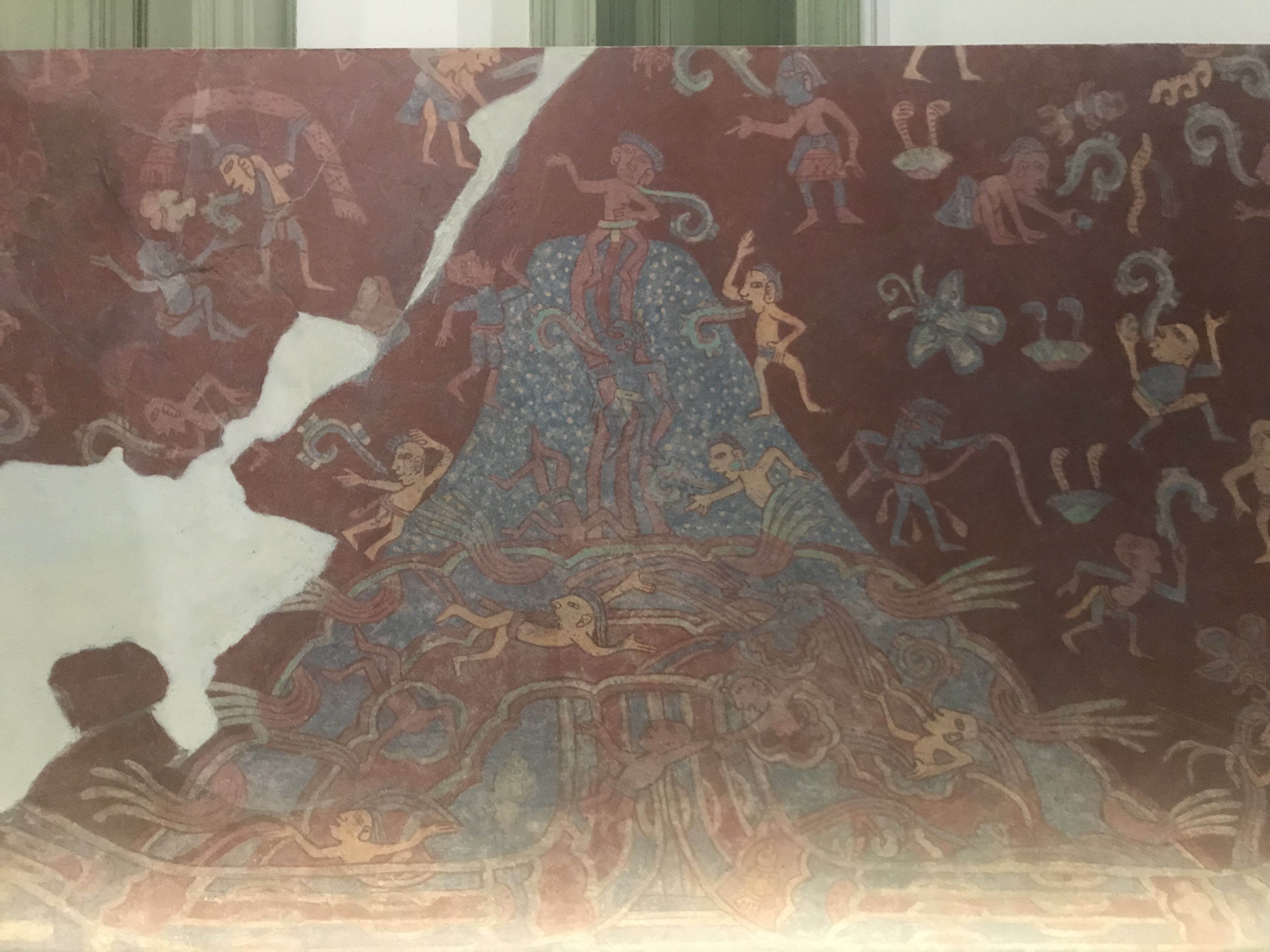



Indiana Cosgrove 

We had heard about cenotes from some friends and thought we’d look into them a bit further. Cenotes are limestone pits or sinkholes, often exposing underground river networks! Too cool. There is much evidence that the Mayans used the cenotes for spiritual purposes, as well as just a fun way to get out of the hot sun.
We found a tour company that took us to the Santa Barbara Cenotes, a random cave, and to the ruins of Mayapan. We were able to barter down from $1100 pesos to $800 pesos pp for a tour, but knowing what we know now, it is probably cheaper and easier to rent a car and do the tour on your own for the day. Our blog post on our tour guided day is on its way, so stay tuned.
A Few of Our Favorite Things
- Macchiatos and horchata lattes at Bengala Kaffeehaus
- Cervezas and food at Mercado 60 – lots of different flavors all in one place.
- Seeing the city planning for families – Sunday’s from 9am-12pm they close the main streets in the historical centre for family bike rides!
- The traditional Yucataneca Sopa de Lima – Lime soup that is worth the trip to Yucatan.
- The Mayan ruins of Mayapan – stepping back into history. Our post on our afternoon at Mayapan and our day at the cenotes is coming soon!
- The Santa Barbara cenotes – cycling through the dry desert, climbing down into the earth and swimming in ancient waters with strangers. Our post about our day at the cenotes and Mayapan is coming soon!
- The Palacio de la Música – a free museum about music, Mexican history and culture. Click here for our post on The Palacio de la Música.
- Ceviche and tacos at Tobalá 58
- Simply wandering the streets and taking it all in.

Mercado 60, just after opening, because we were really keen 
Pretty building on one of the main streets 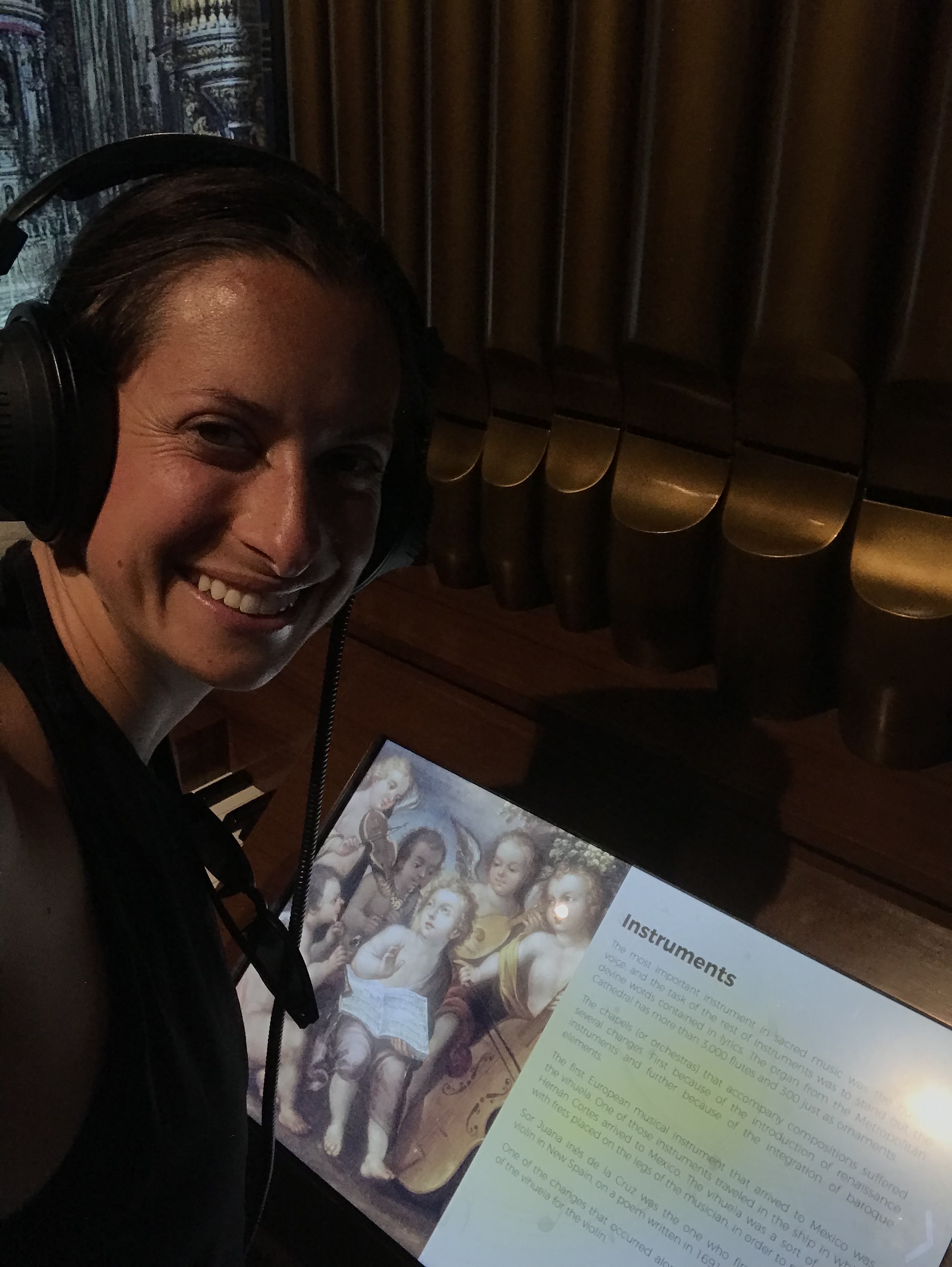
Learning in the Palacio de la Musica 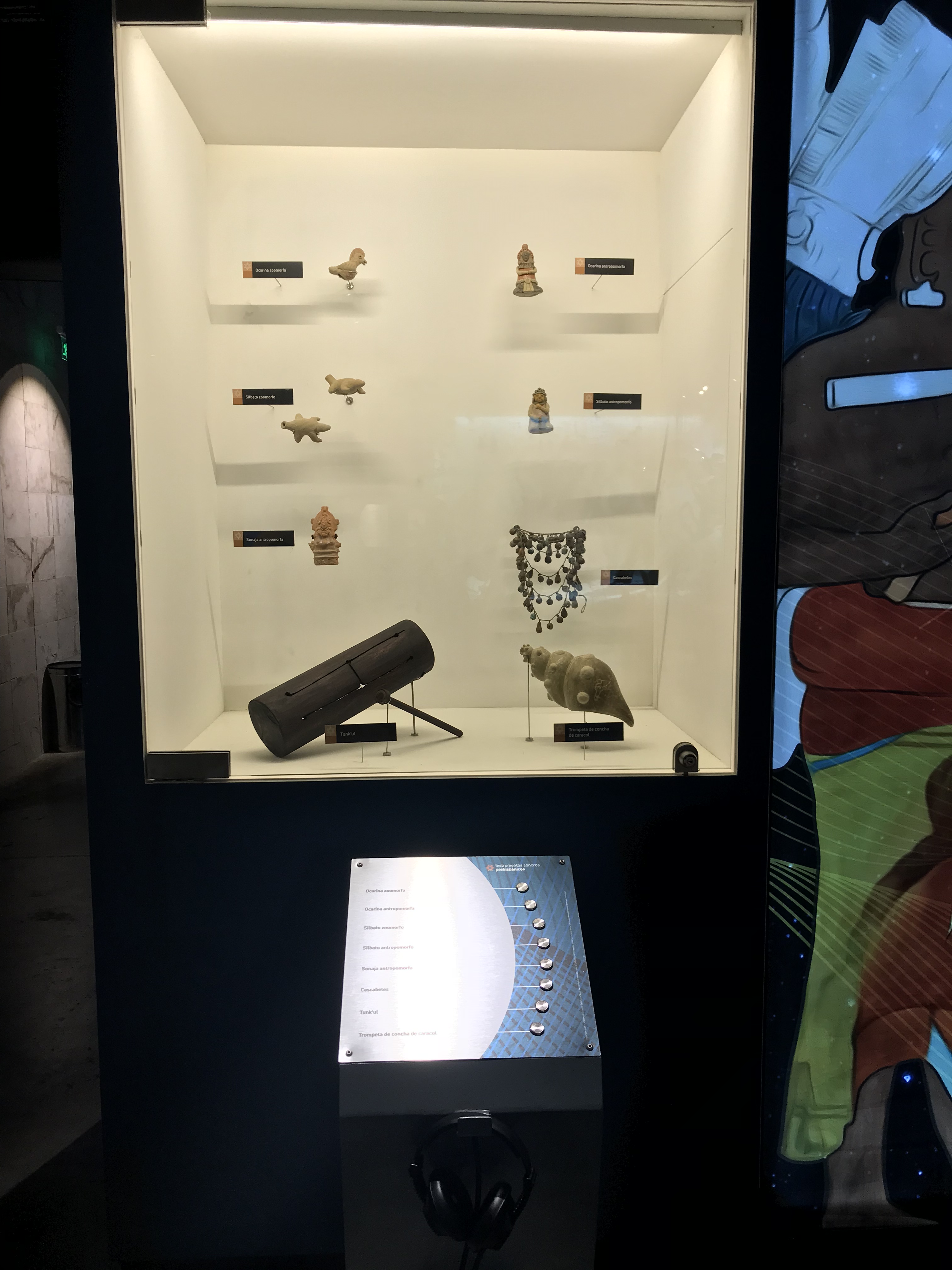
Ancient instruments 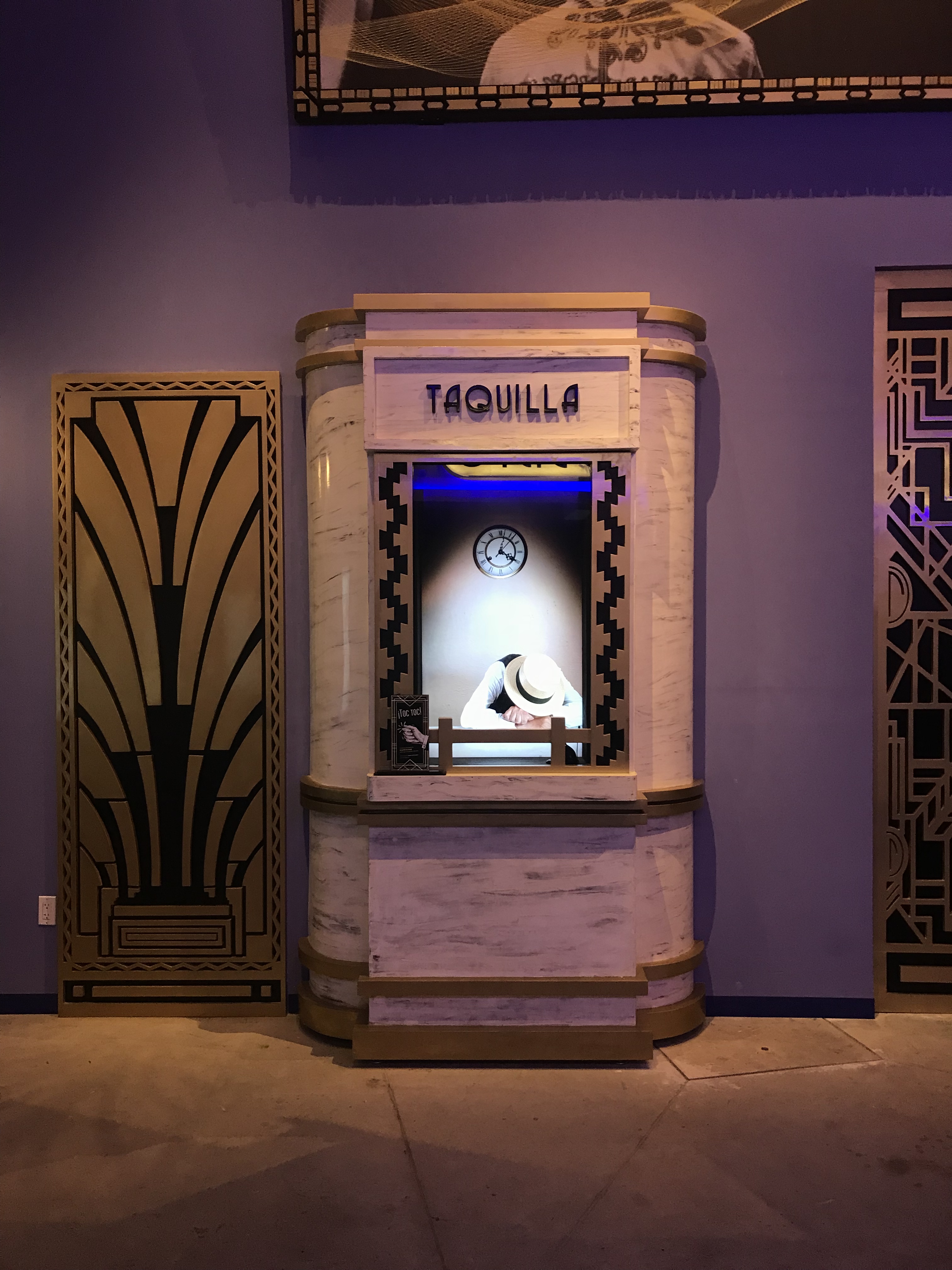
Interactive exhibit at the Palacio de la Música 
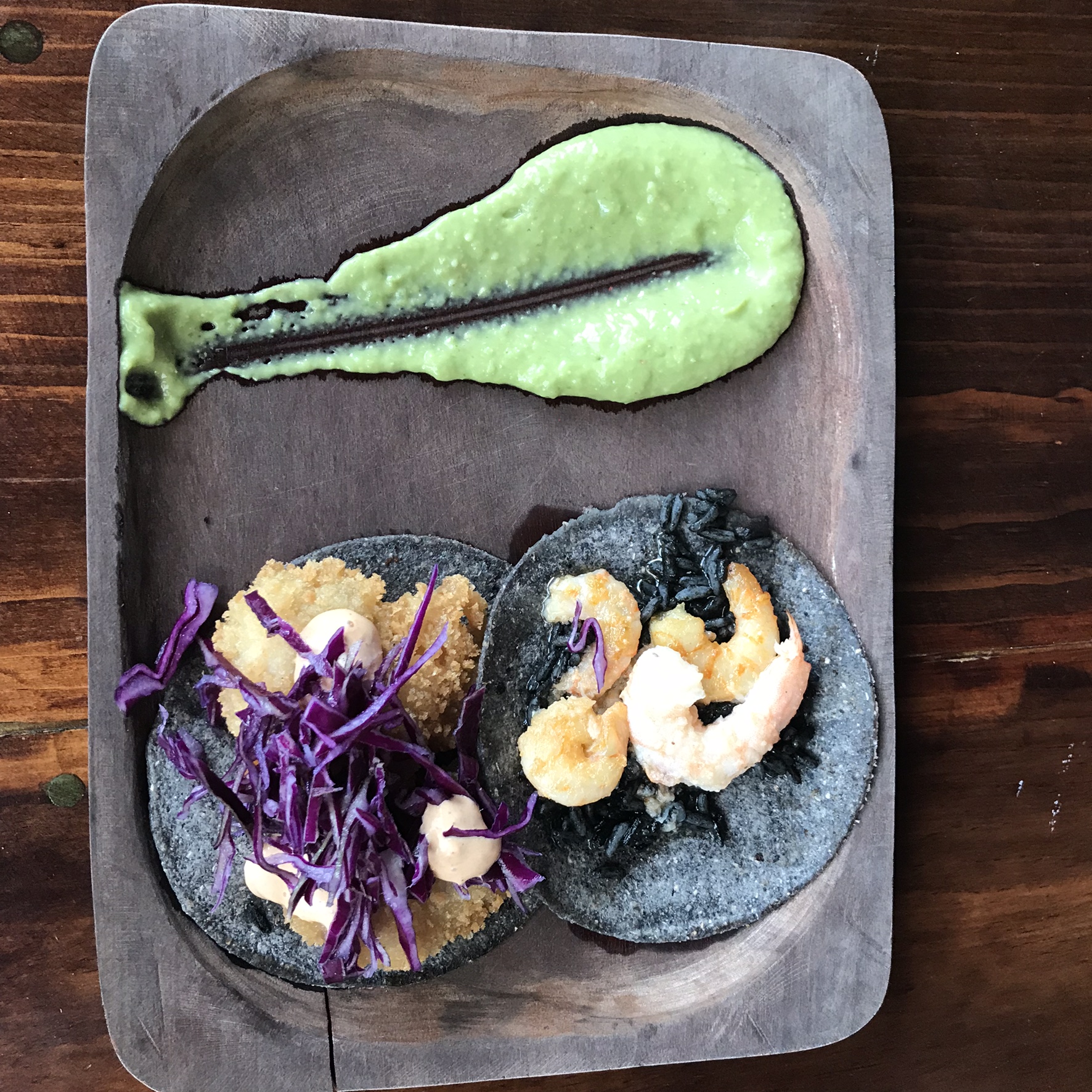
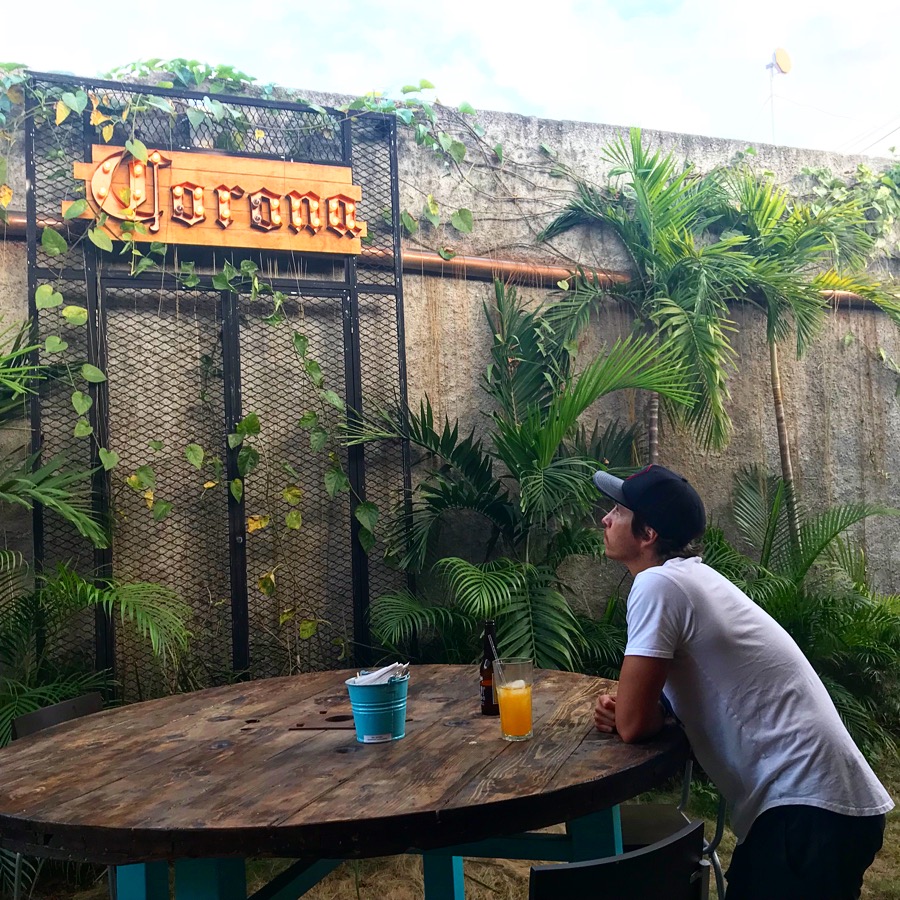
Last beers before our night bus. This photo has a lot of meaning. Blog post on its way!
3 nights and 4 days was great, but like I said before, it sure wasn’t enough. We did have a bit of a rough go on the night bus from Mérida to San Cristobal de las Casas, but that’s a story for another time. So until then, thank you for the great times, Mérida! We will definitely be back.



